Every year a new series of iPhones, every year a new Apple Watch, new iPads about once every year and a half. We like the company's new products, but we are not sure if each new generation deserves an increase in the number. Apple used to do it maybe a little better. But marketing is a powerful weapon for everything.
When we had the iPhone 2G and 3G here, we were waiting to see what name the 3rd generation iPhone would bring. Apple only went for the S designation back then, although we never officially learned what that actually meant (as with the iPhone XR, the 5C was said to be a reference to a wide color palette). In general, it was experienced that the S in the name stands for Speed, i.e. speed, because it was usually the same phone on steroids (even here, however, the S would find application).
Apple labeled its iPhones this way until the iPhone 6S generation, when the 7th and 8th generations followed. We never got to see the iPhone 9, it was replaced by the iPhone 10 with the X designation, which a year later was the last of Apple's phones to receive the S designation. Apple also used the nickname Max here for the first time. From iPhone 11 onwards, we have the classic numerical designation, which increases every year. But we know how much news actually comes with them.
Consider that we would have an iPhone 13 here, from which the iPhone 13S would be based. It would make sense, because the iPhone 14 brought so little news that it is really difficult to consider it a new generation. This year, however, a full-fledged generation could come in the form of the iPhone 14, when the iPhone 15 is generally praised for the innovations it has brought compared to recent years.
But what would this mean for Apple itself? If this became the rule, one would expect that eSko's models would receive less attention, since they would still be much the same and only slightly improved. Many would wait for the "full-fledged" generation, which would come only a year later. The company would also not be able to go "three years" as it is now, but would have to speed up the development to two years. In addition, each new designation presents itself to the world better than just the same one expanded by one letter. So while it would make sense given the relatively slow development of iPhones, it would add more wrinkles to Apple than benefits.
What about the Apple Watch?
iPads are lucky that Apple no longer churns them out every year. Thanks to their longer distance from the release of the new generation, even the new generation designation does not matter so much, although there are usually few changes. The "speed" designation would therefore be sufficient for the Pro models. But then there's the Apple Watch.
It is Apple's smart watch that has stagnated a lot lately, when the company has no way to improve it. It is true, however, that even here a similar designation could be nicely graduated, when the new generation would be the one with a modified case size, now the one that brought a really new chip (but Apple would have to admit that it is one and the same in three generations just relabelled). But take the Apple Watch Ultra and its second generation, and what news it actually brought.
It could be interest you
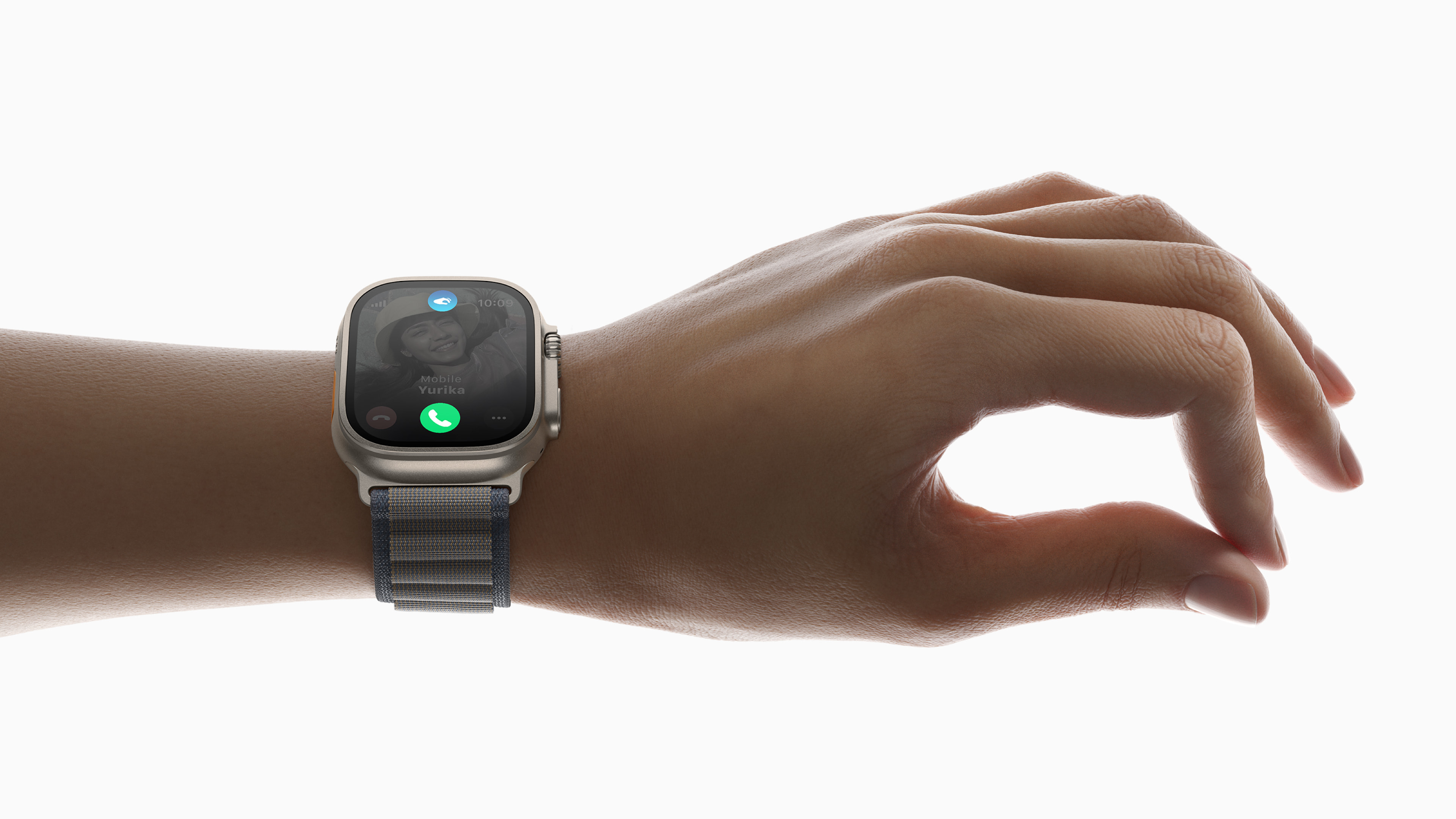
Indeed, in many ways the S designation used to make sense. It would still work today, but it doesn't suit marketing, because Apple naturally has to introduce a completely new generation every year, which is better suited for marketing and attracting customers. It's always better to say: "We have the brand new iPhone 15 here," than just: "We've made iPhone 14 better."
We'll see what comes next year. The iPhone 16 should also receive the nickname Ultra, and we do not know if it will replace the Pro Max version or add a 5th model to the portfolio. The hope that there will only be iPhone 15S, 15S Pro and 16 Ultra is still there, regardless of when Apple enters the market with a foldable iPhone.
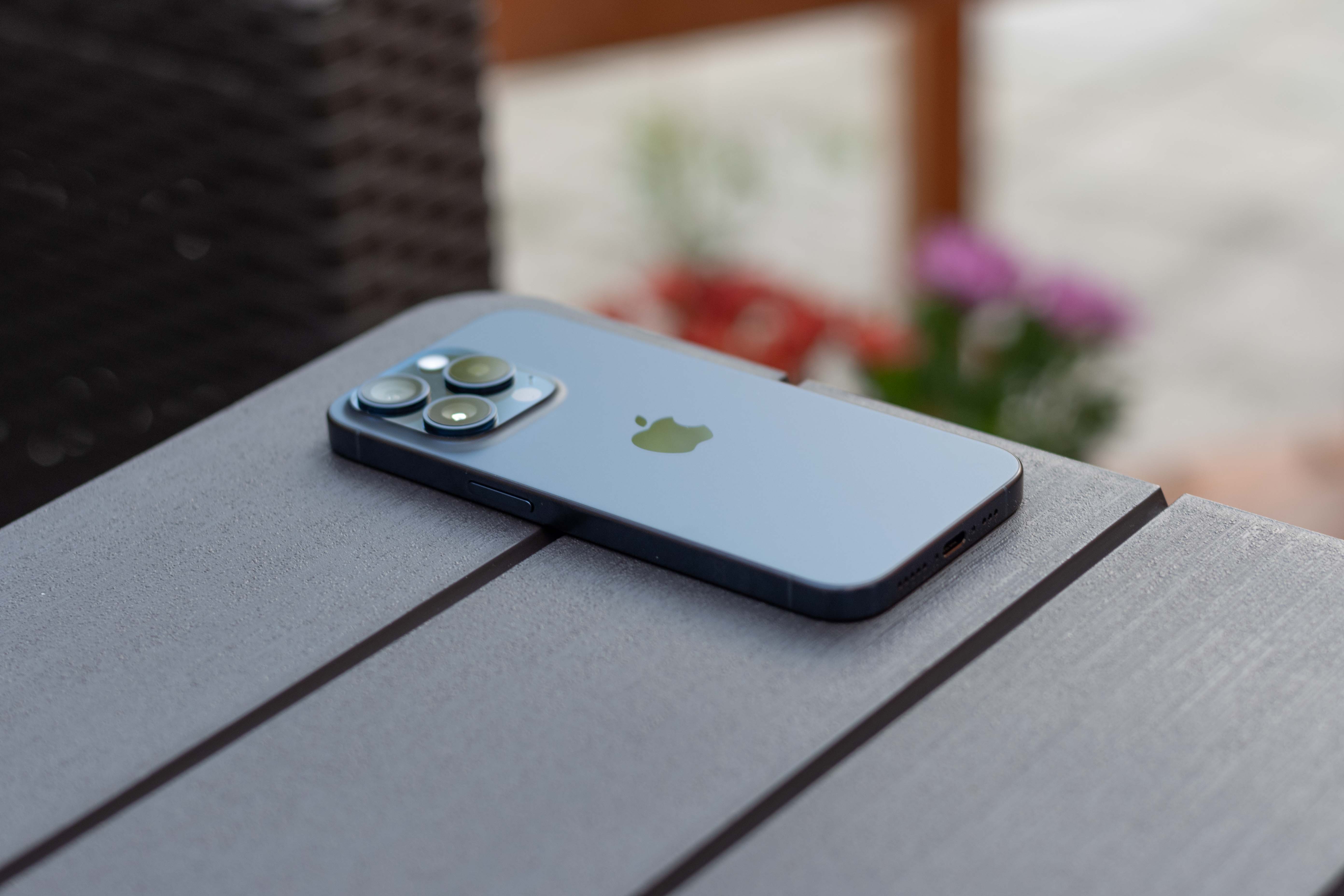
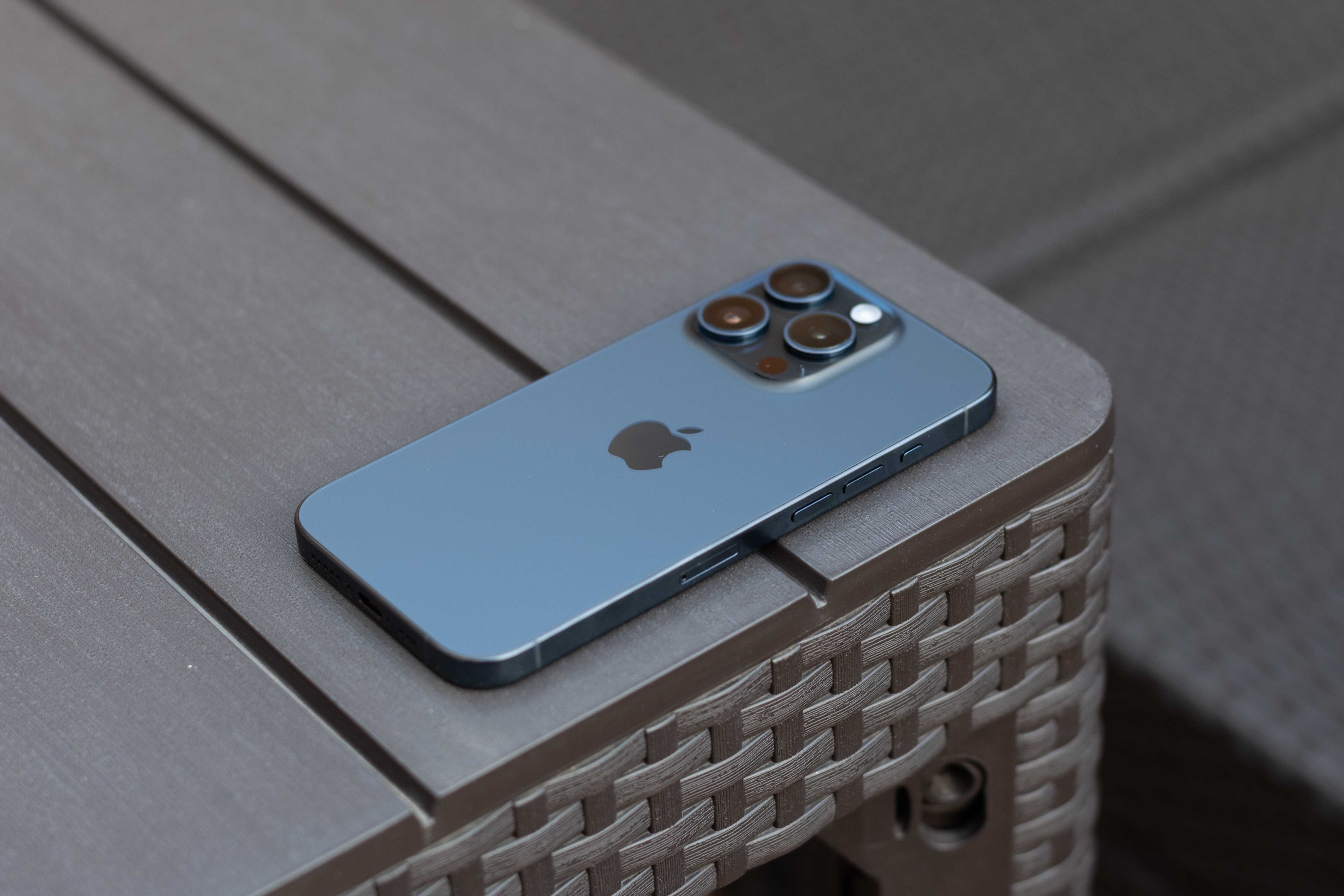
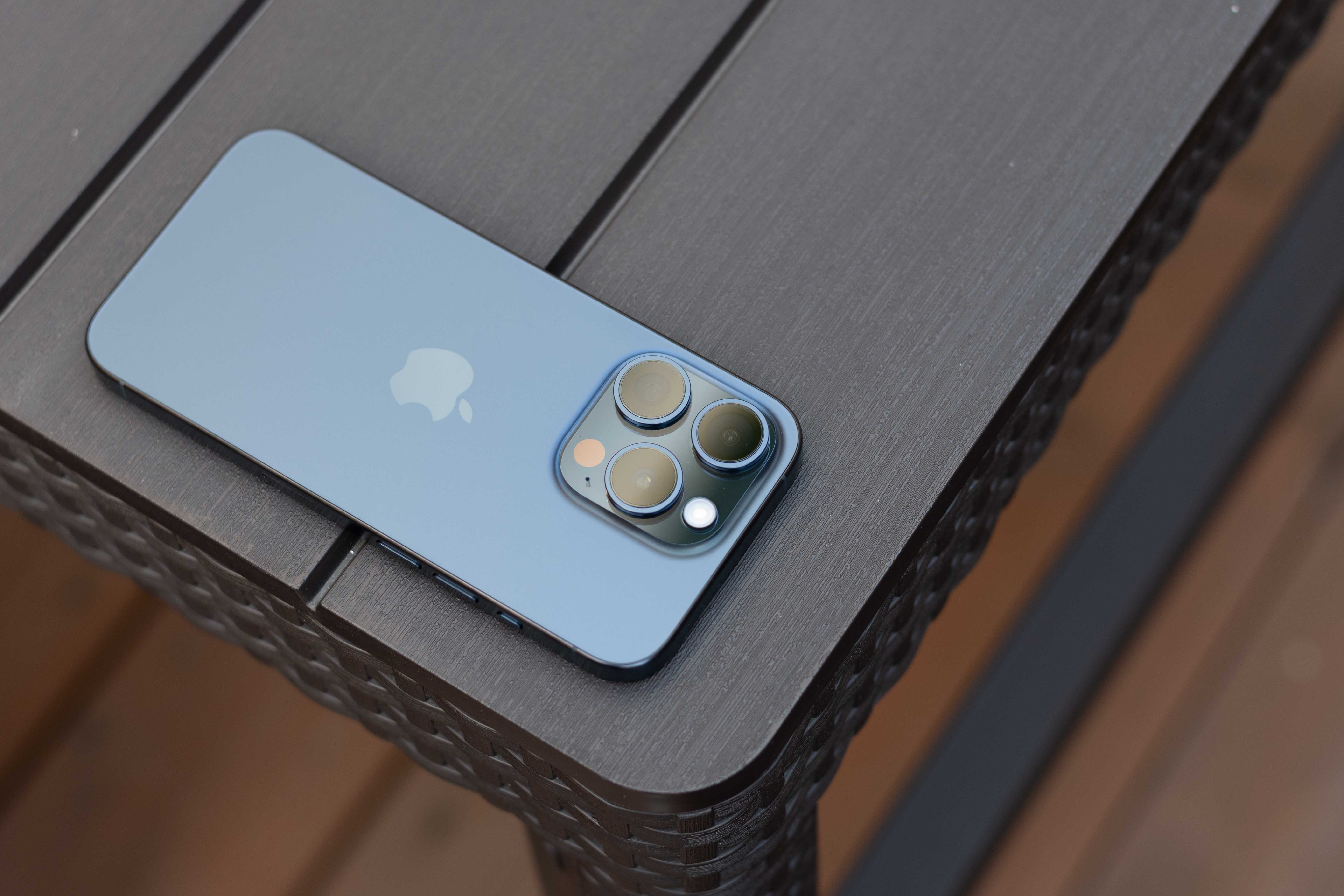

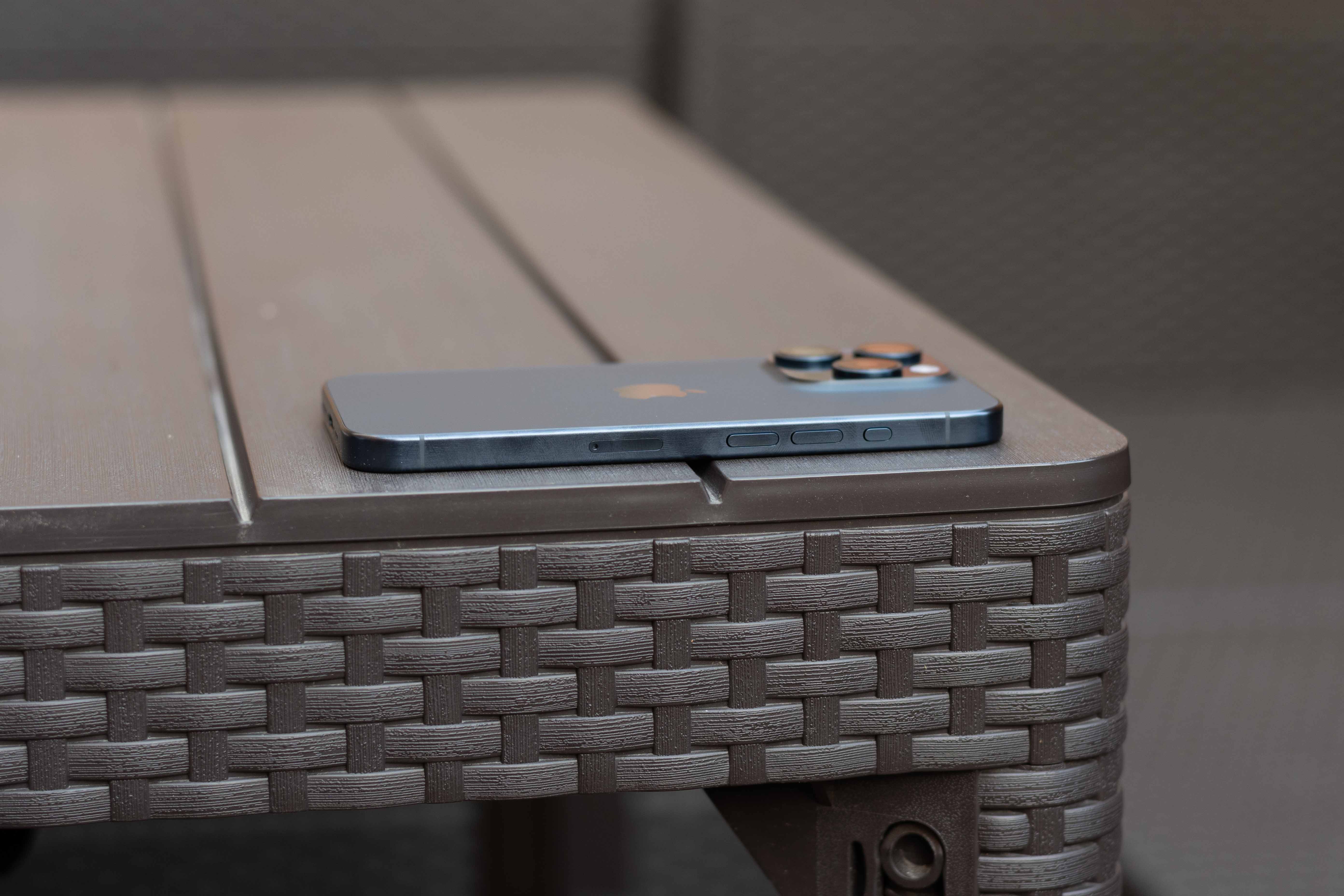
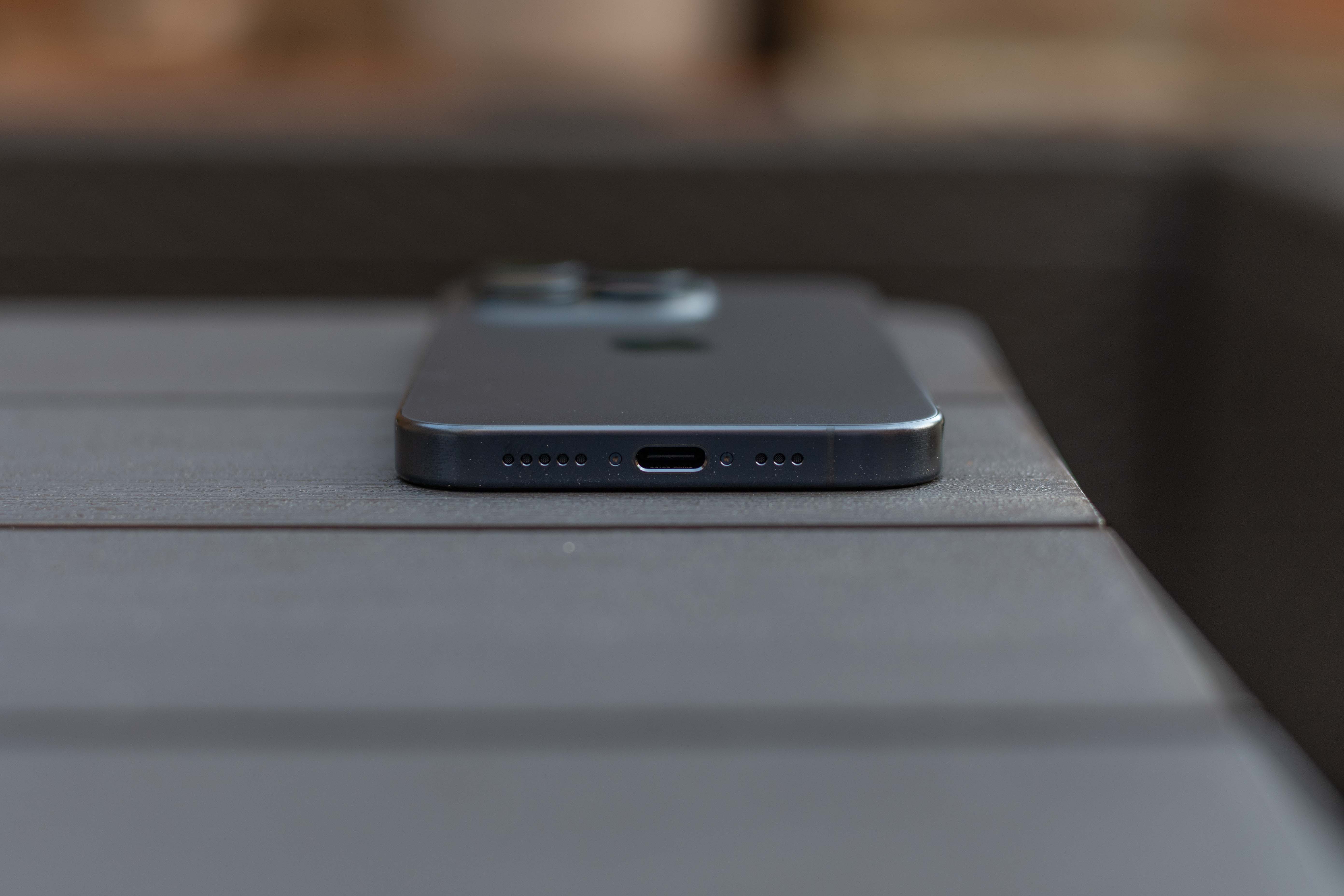
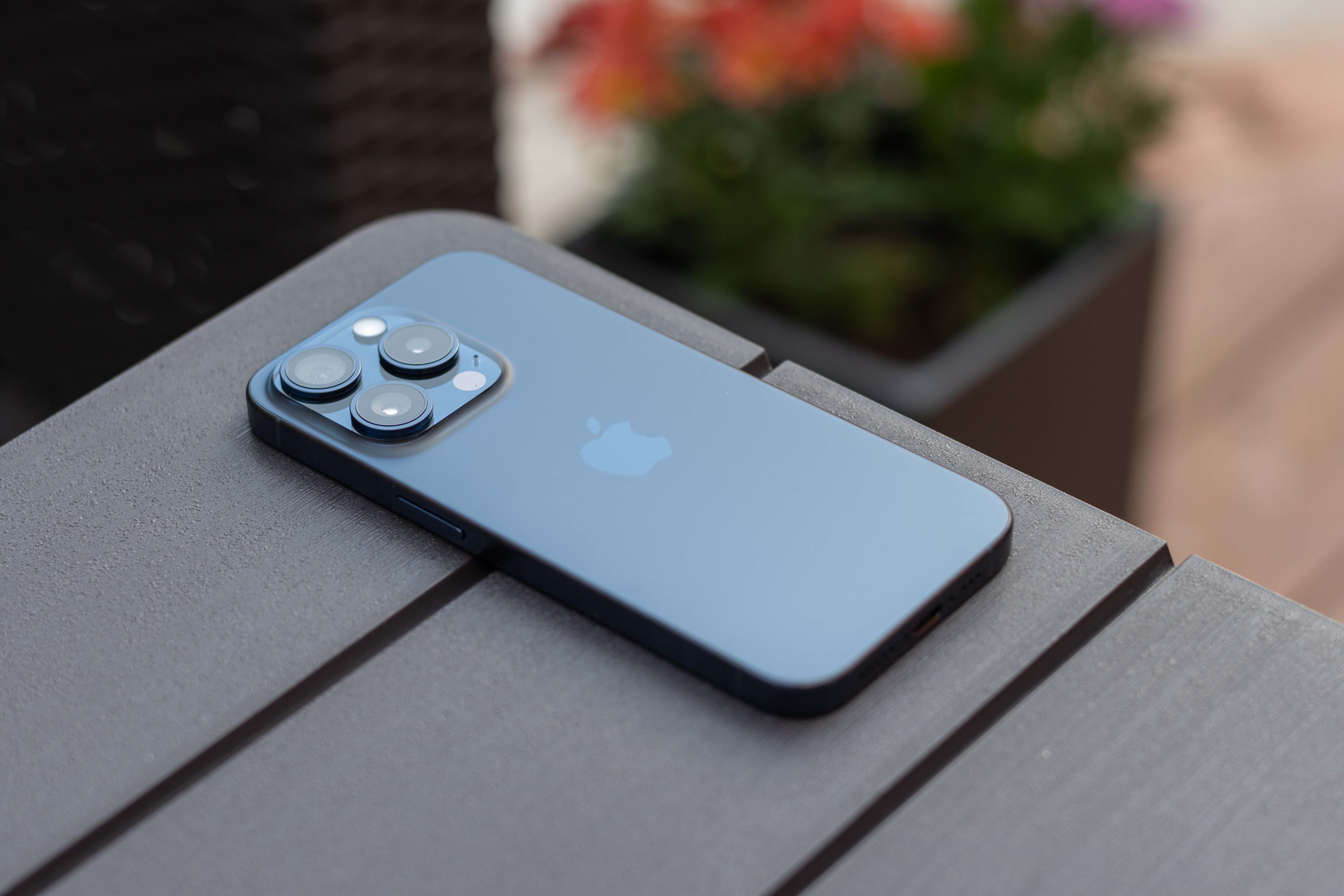
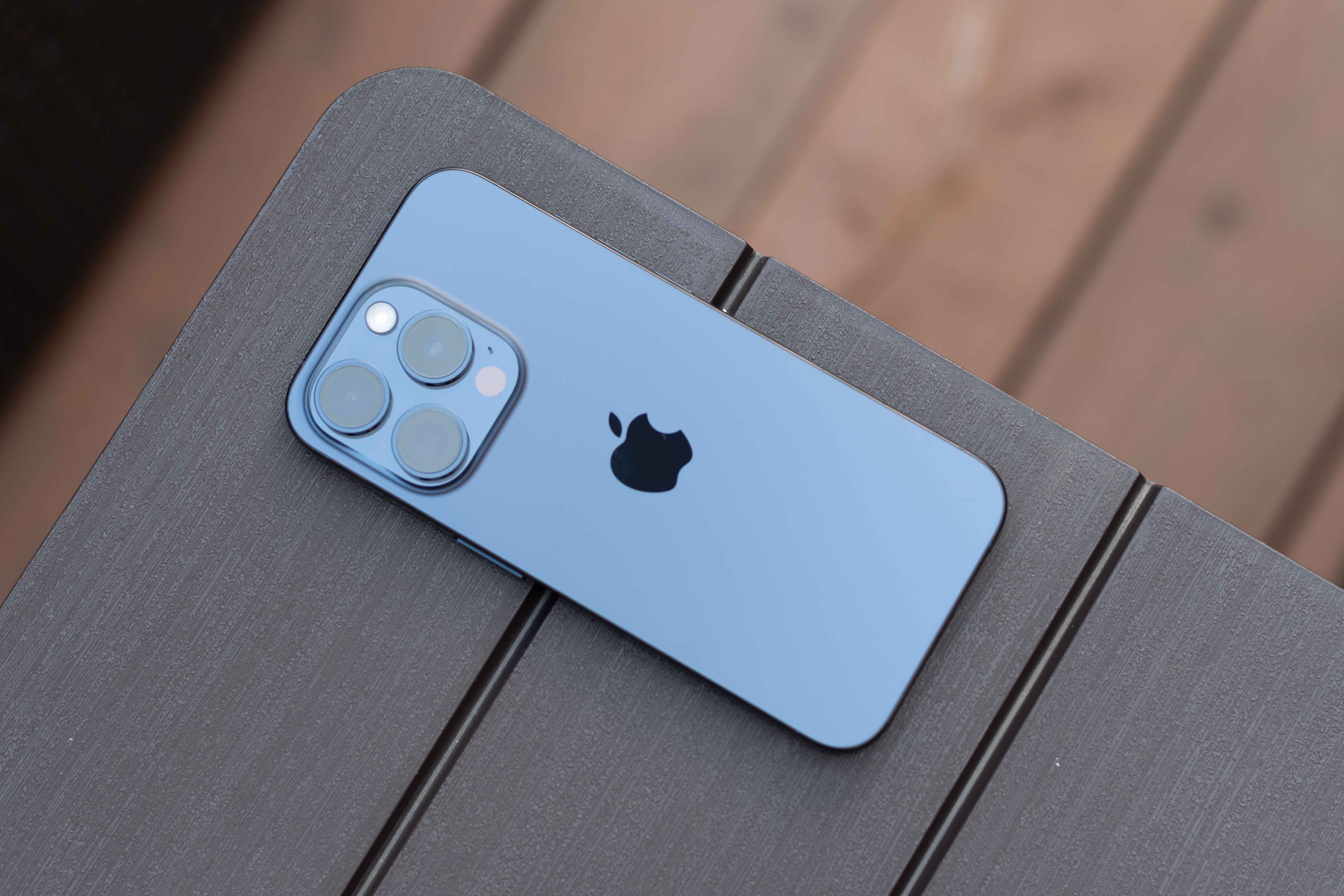
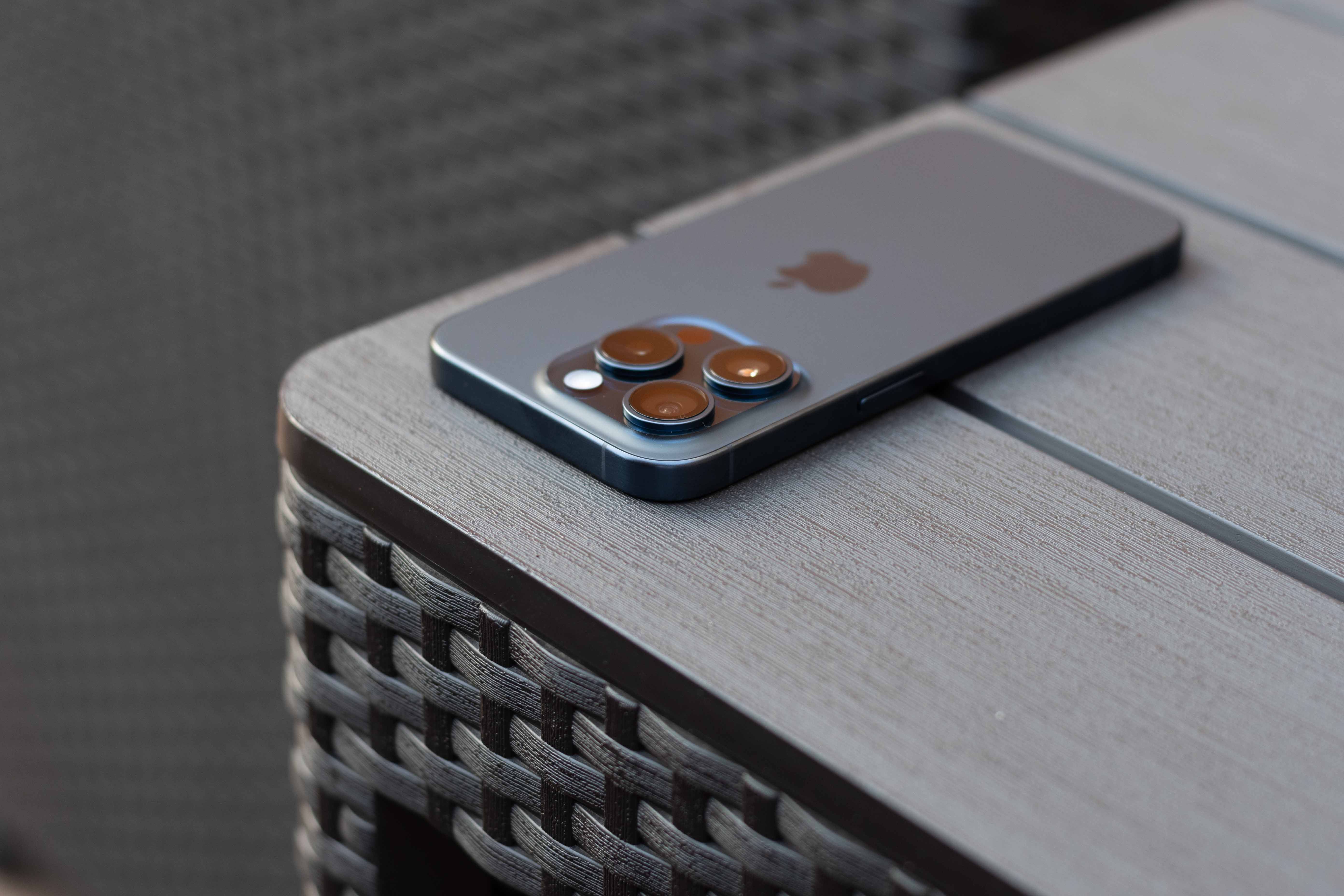
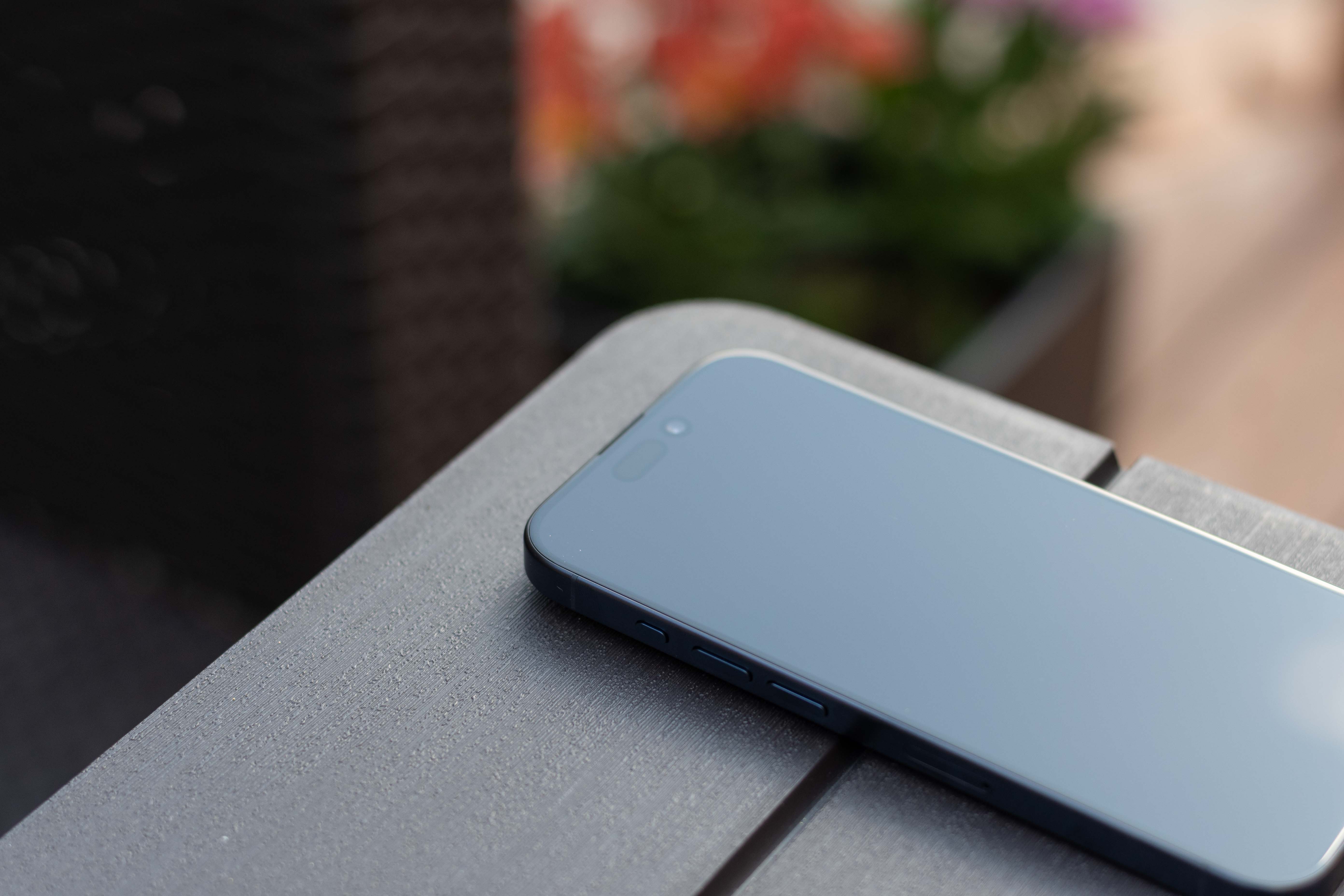
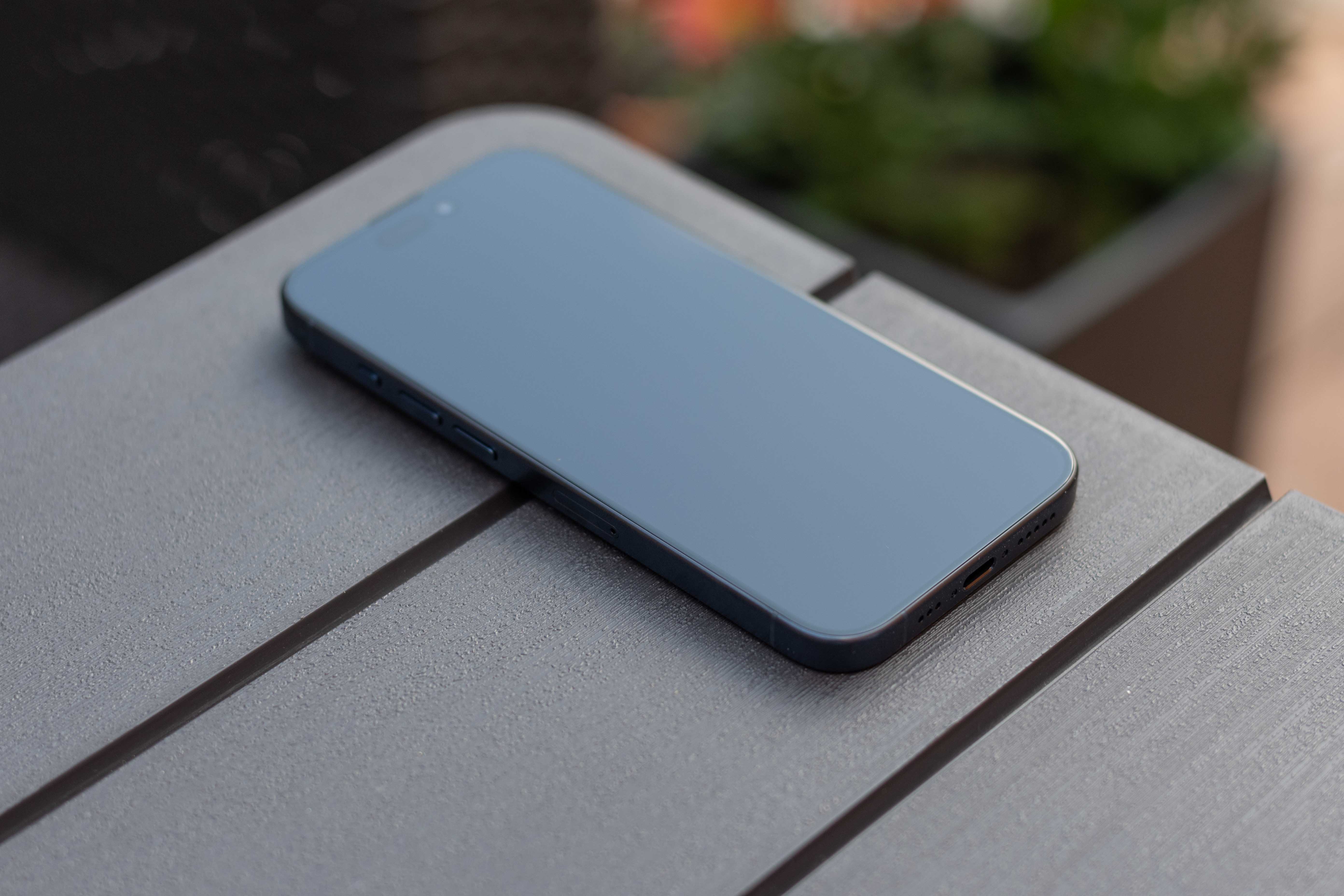
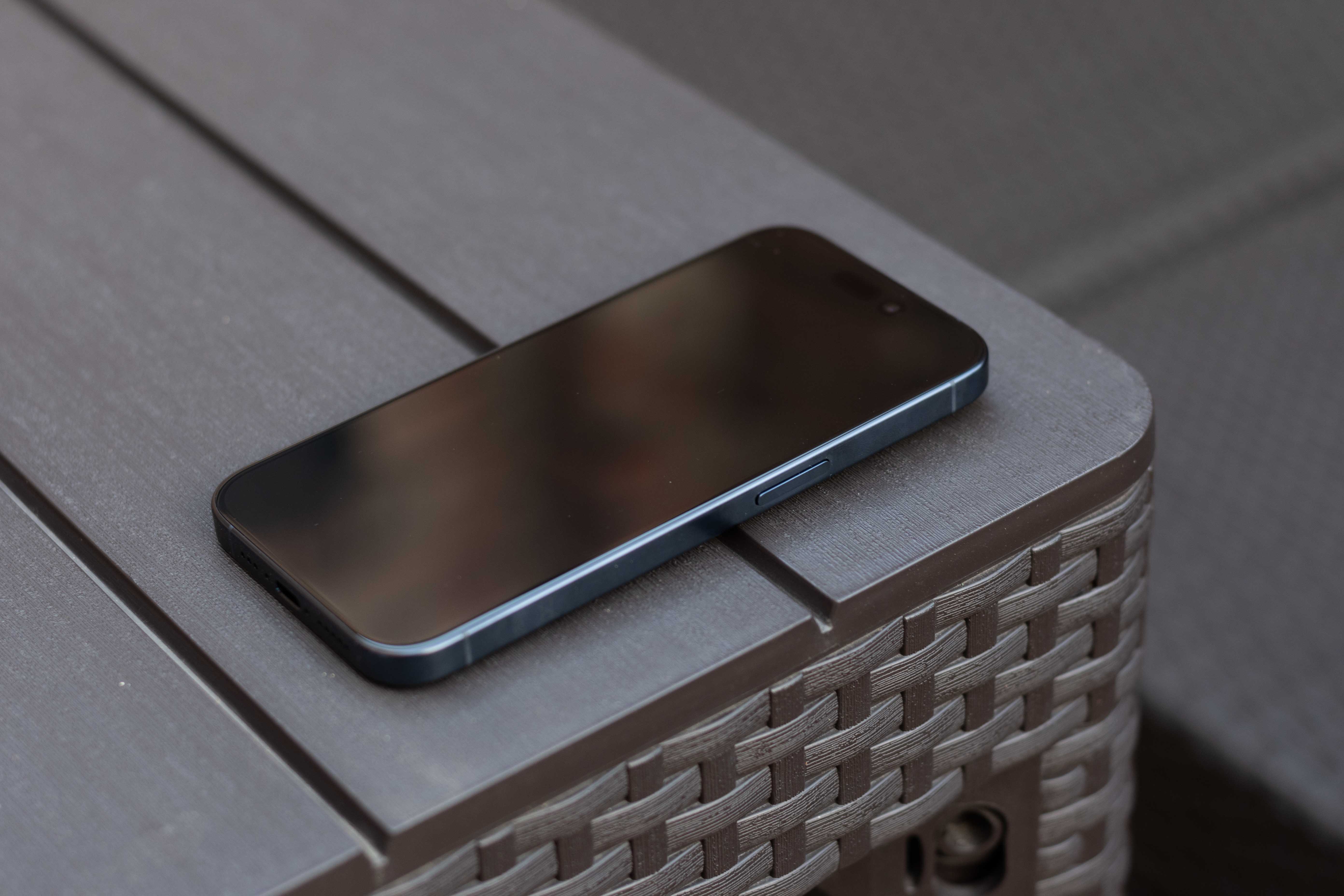
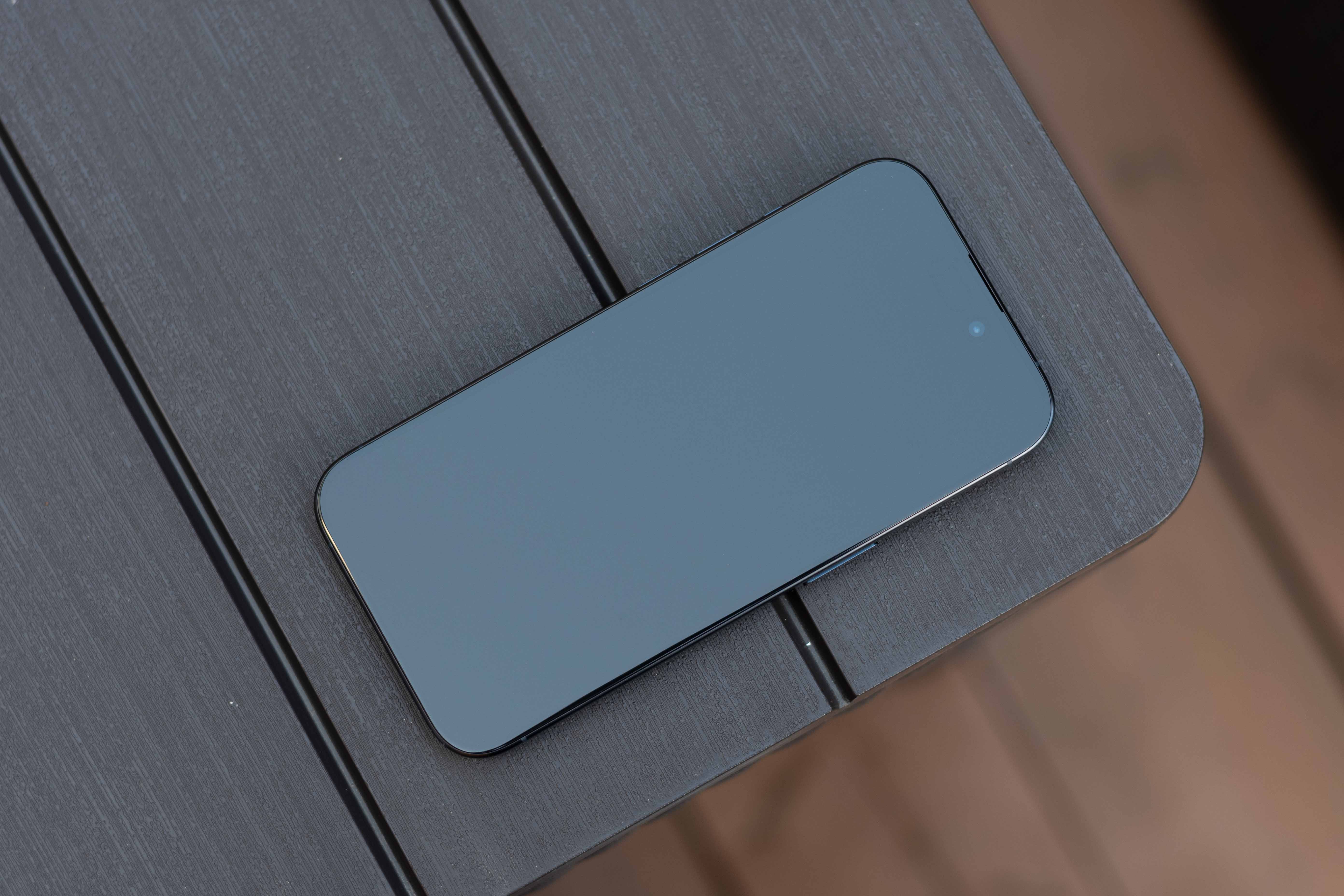
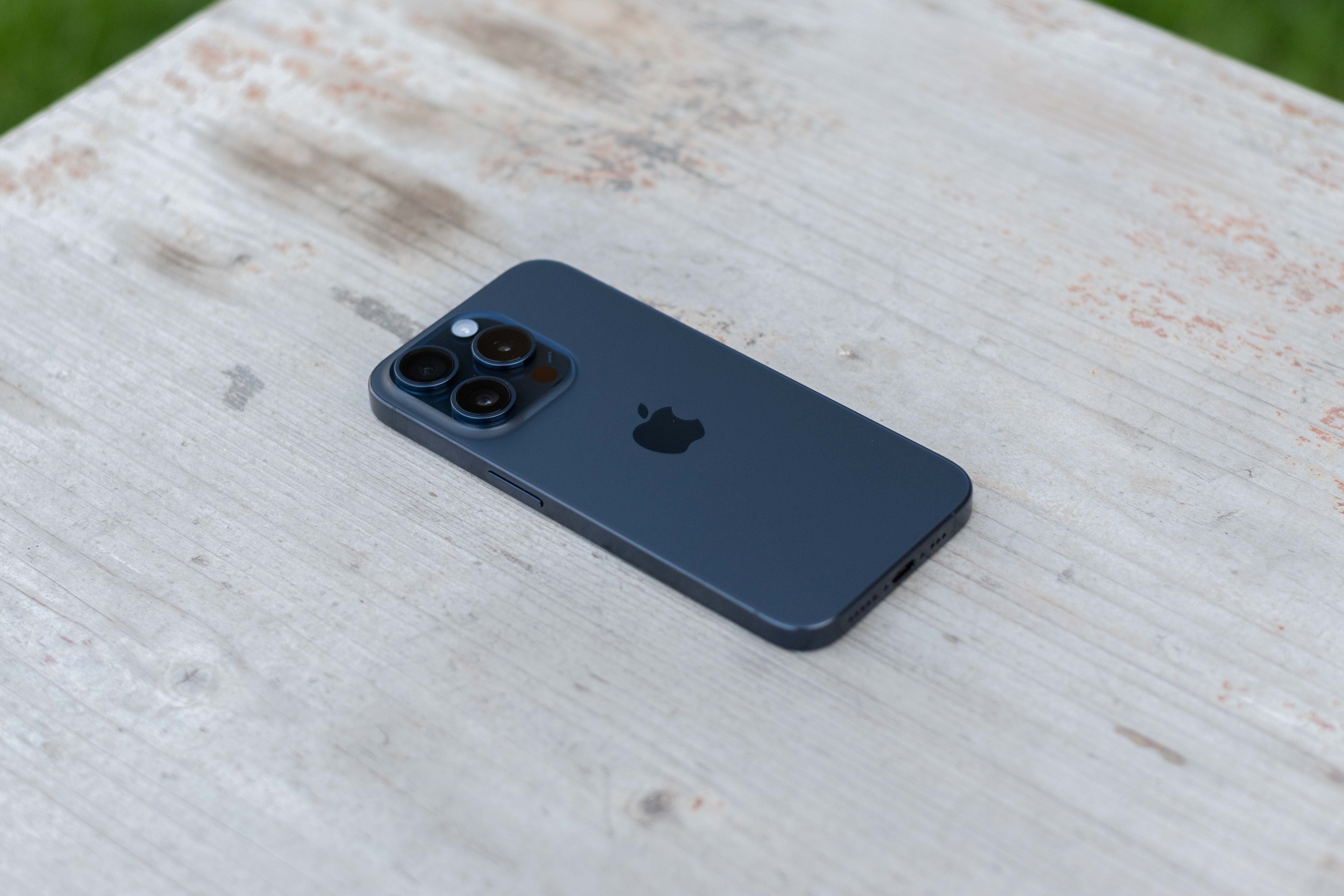


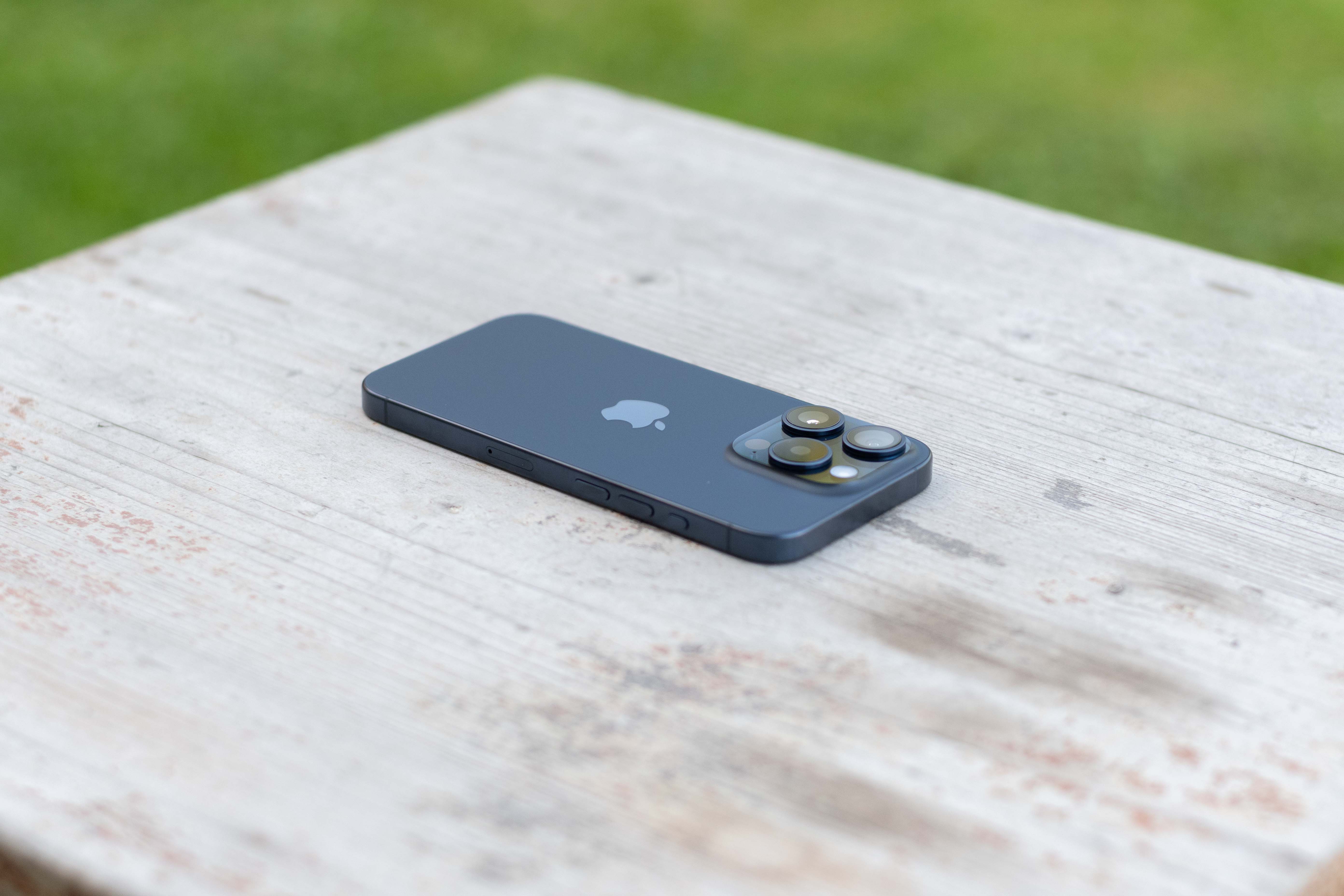
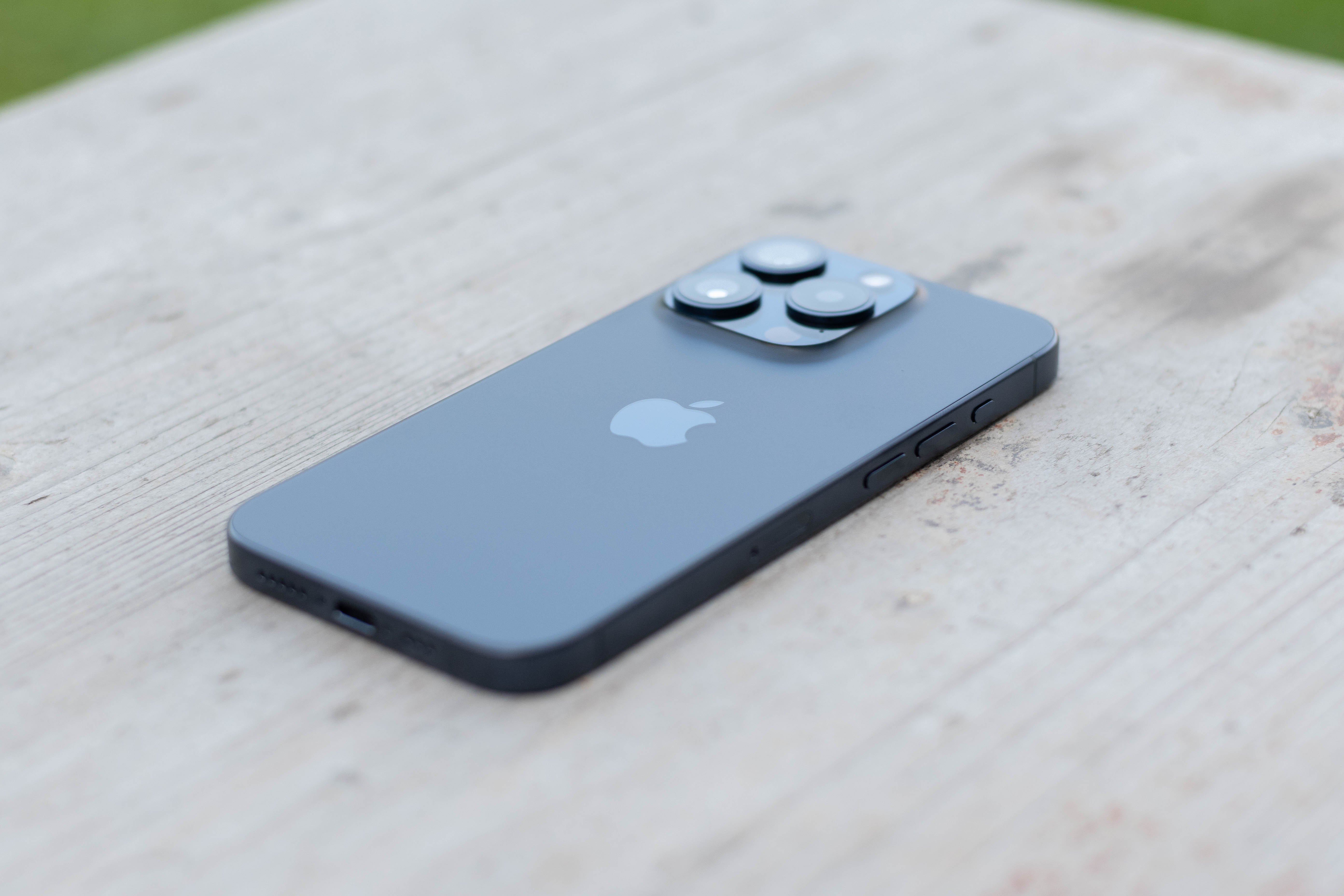
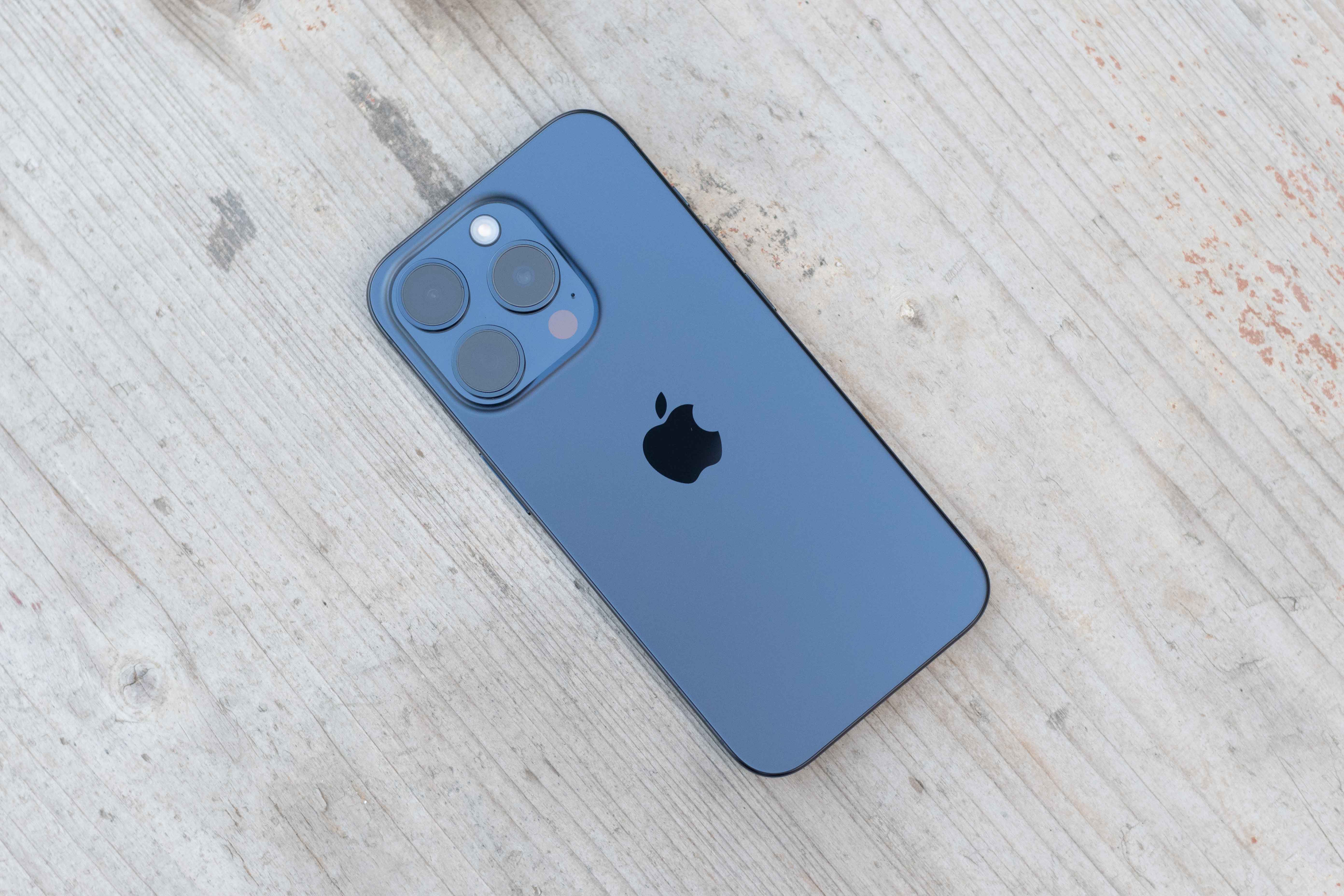
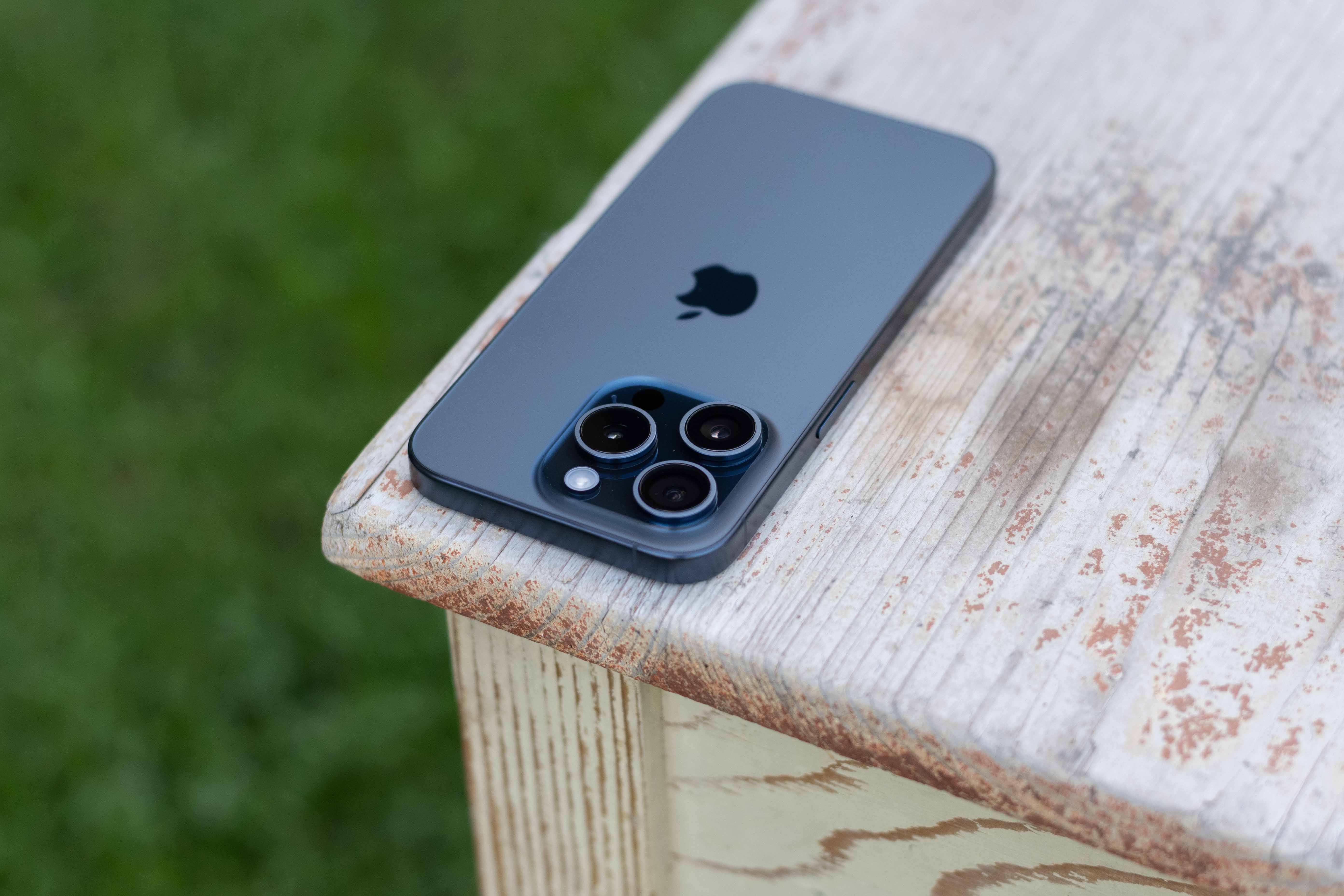
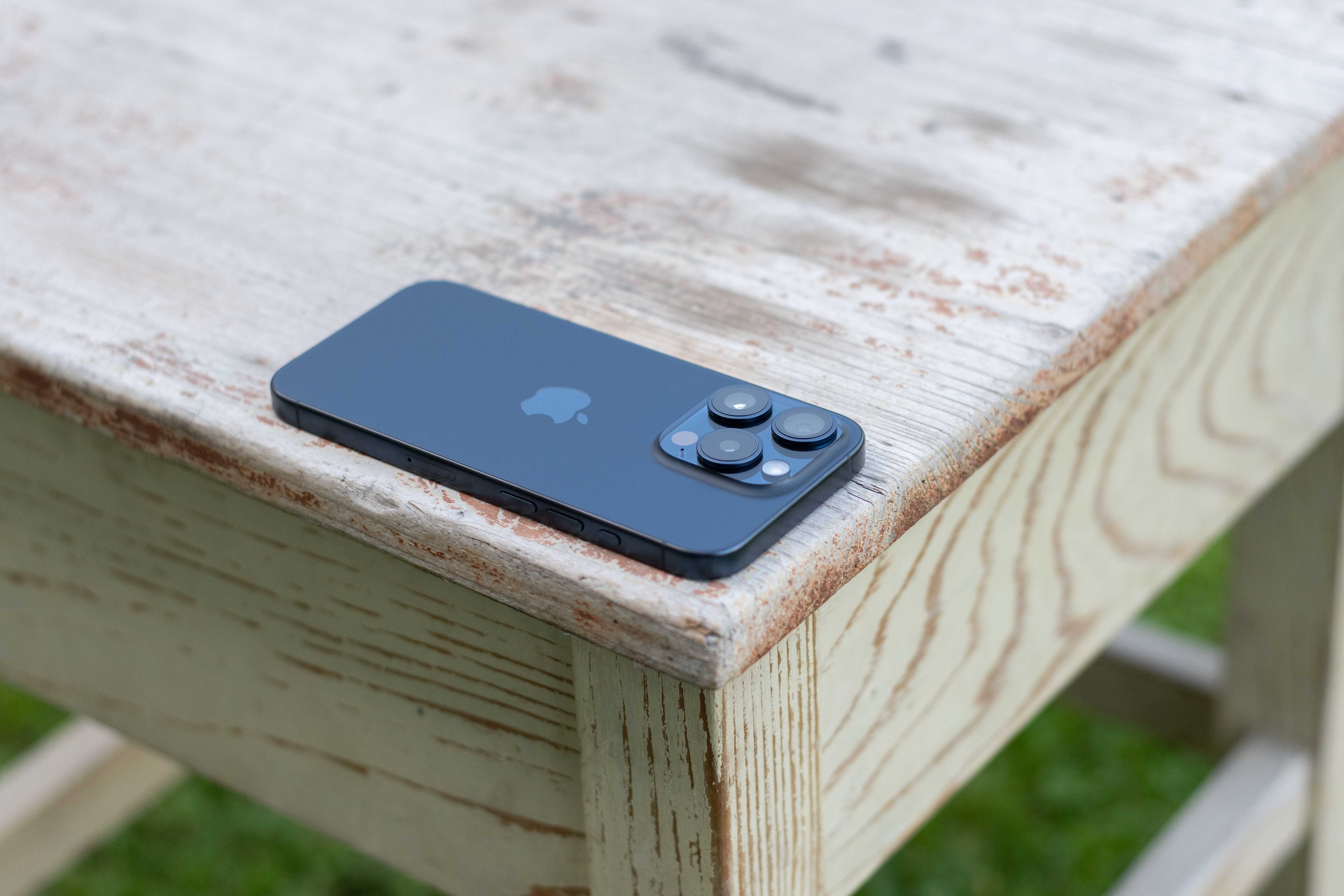

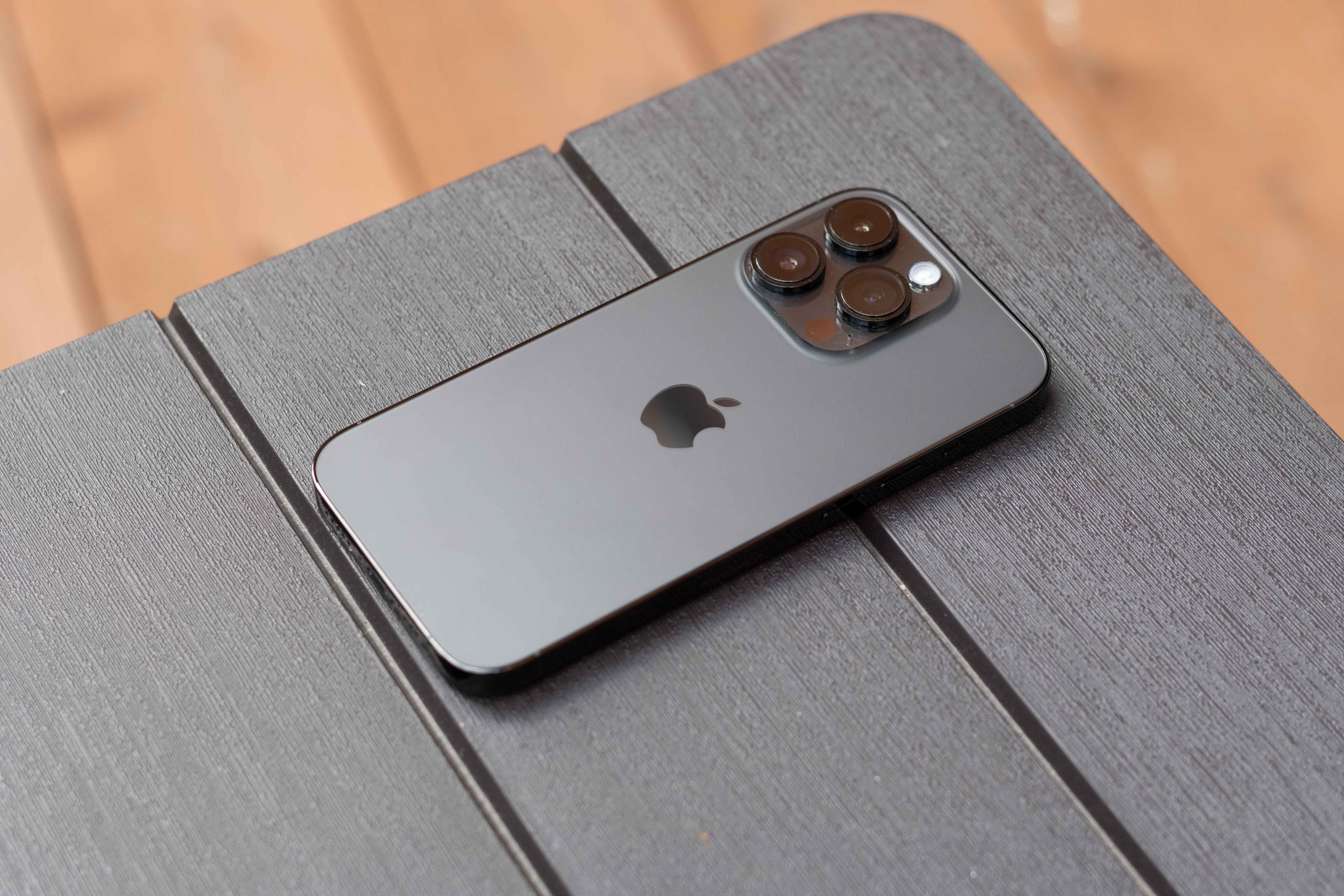
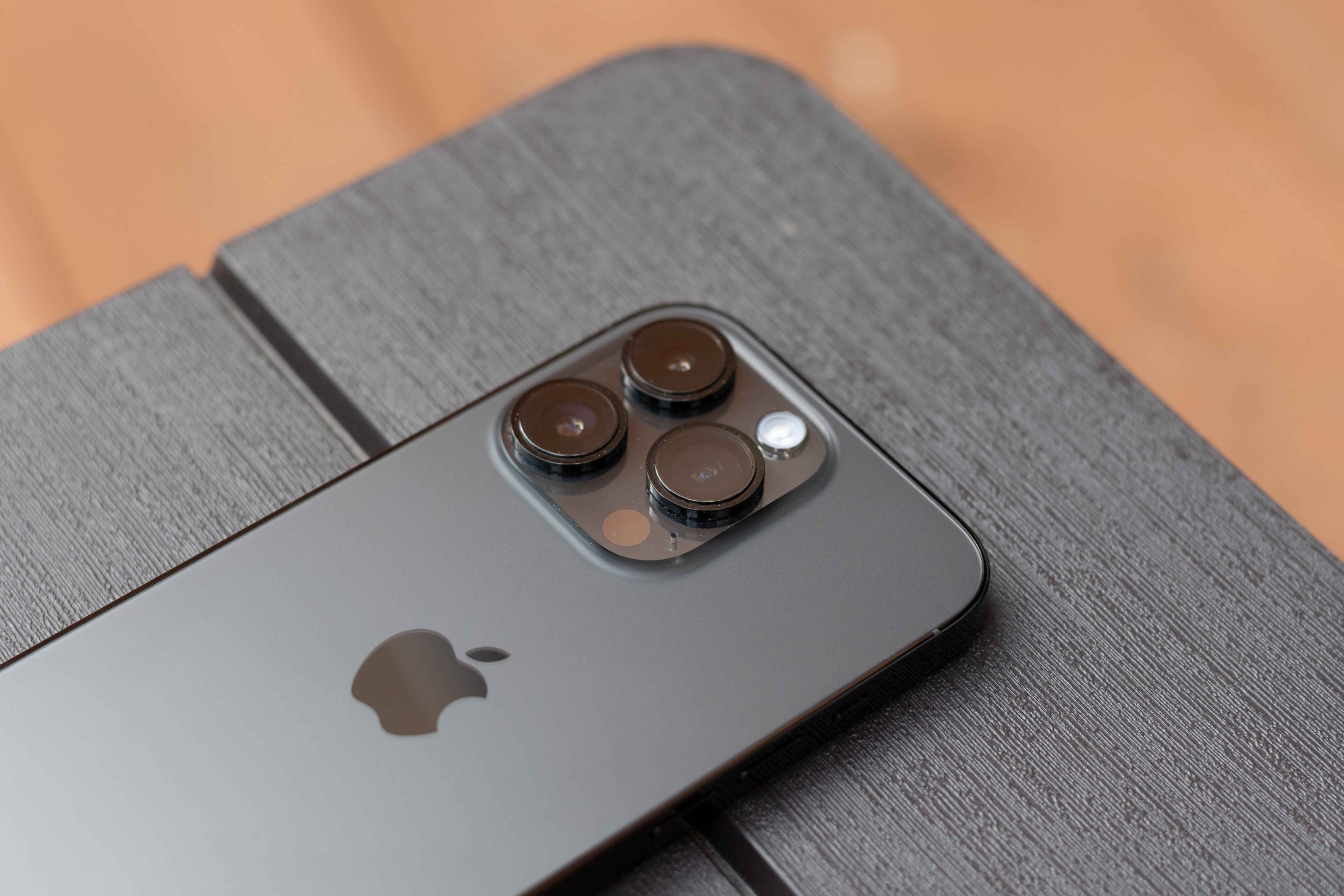
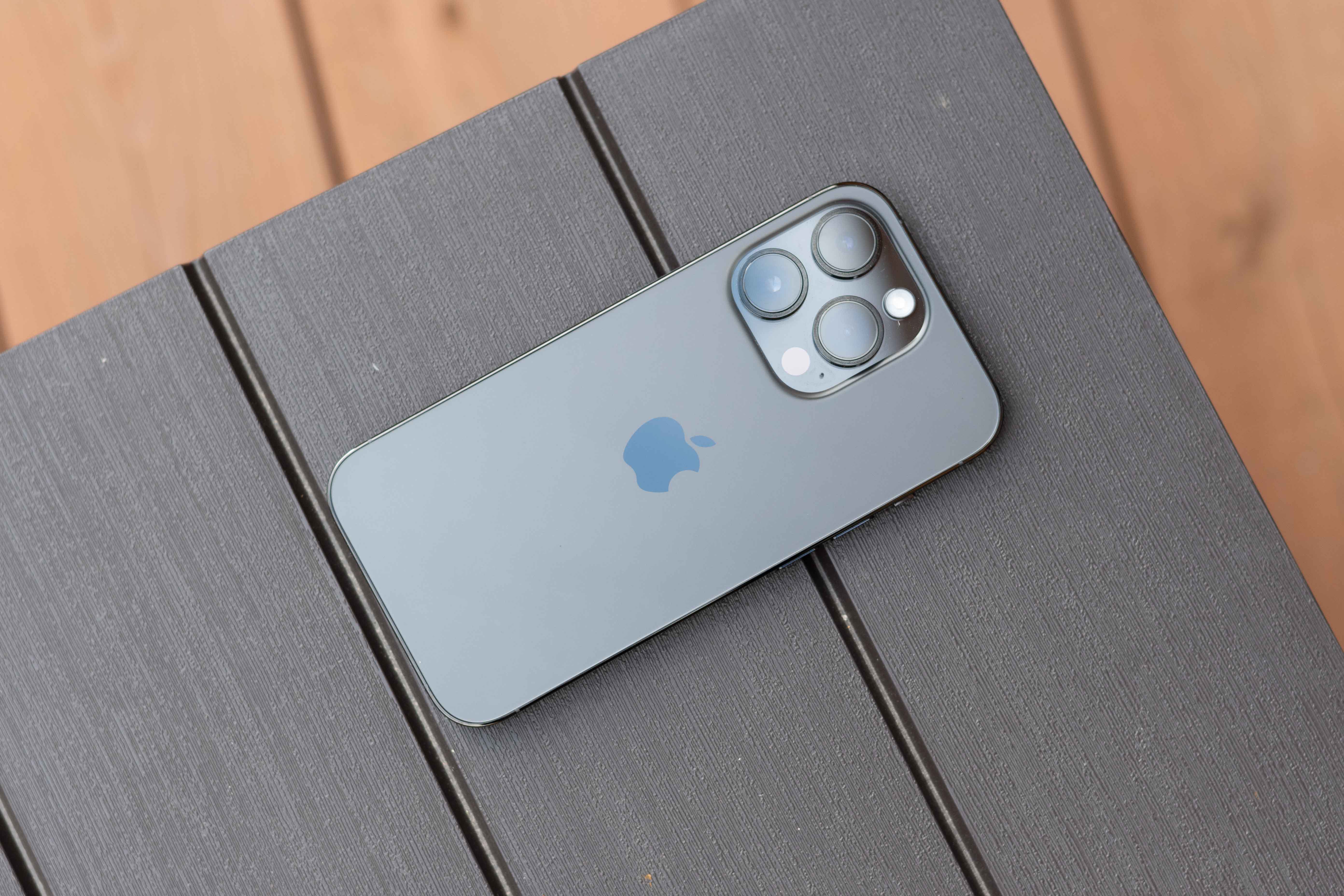
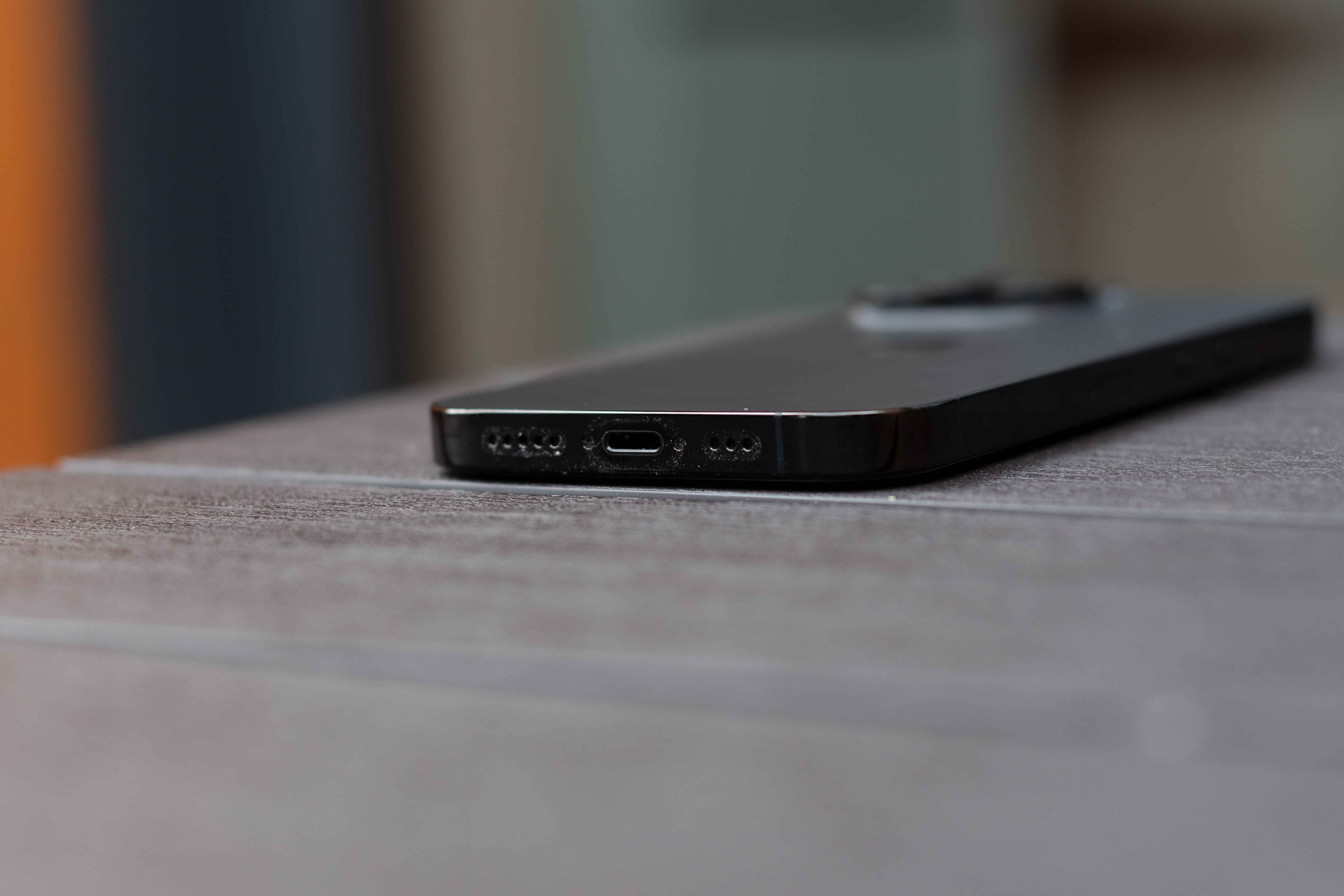
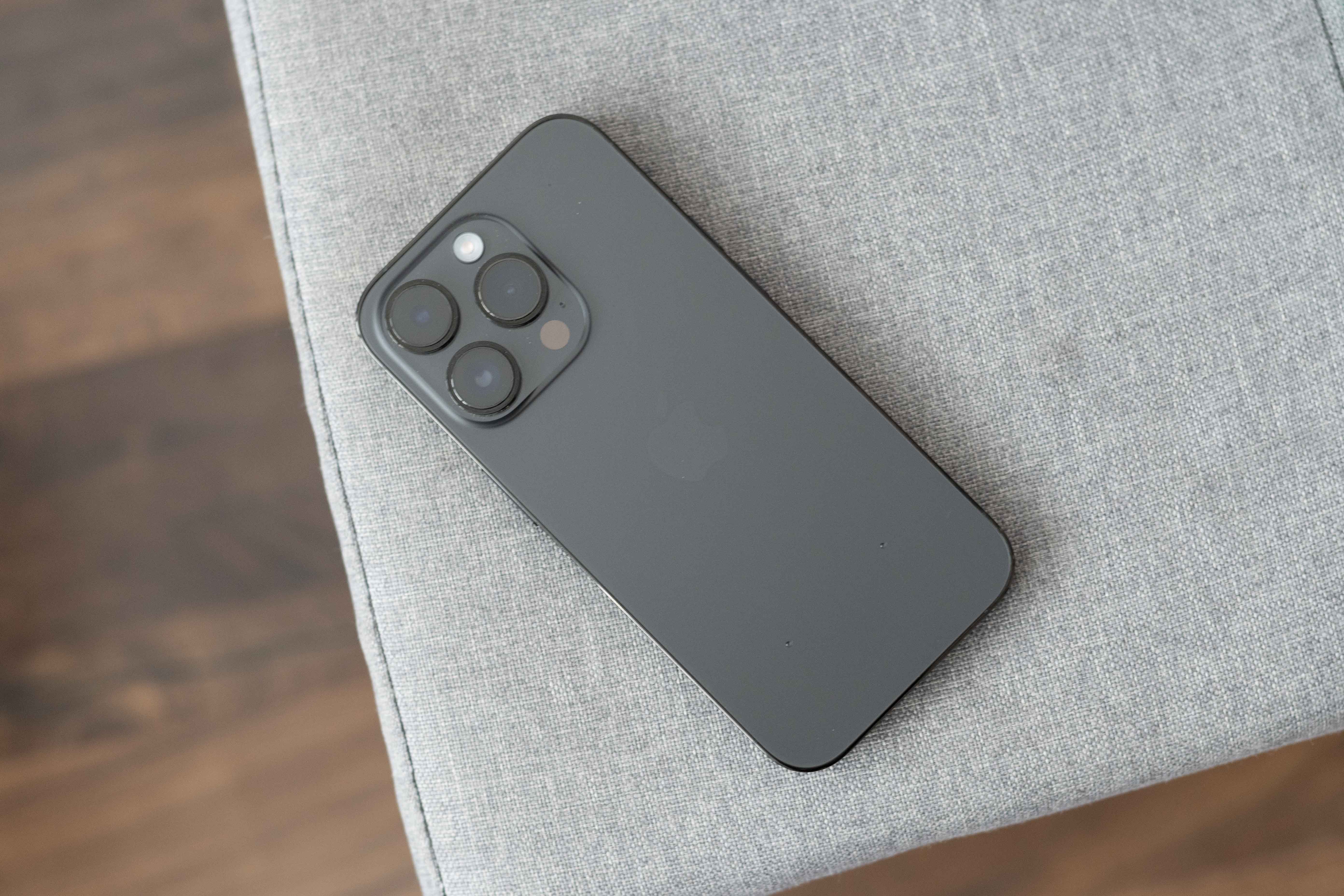
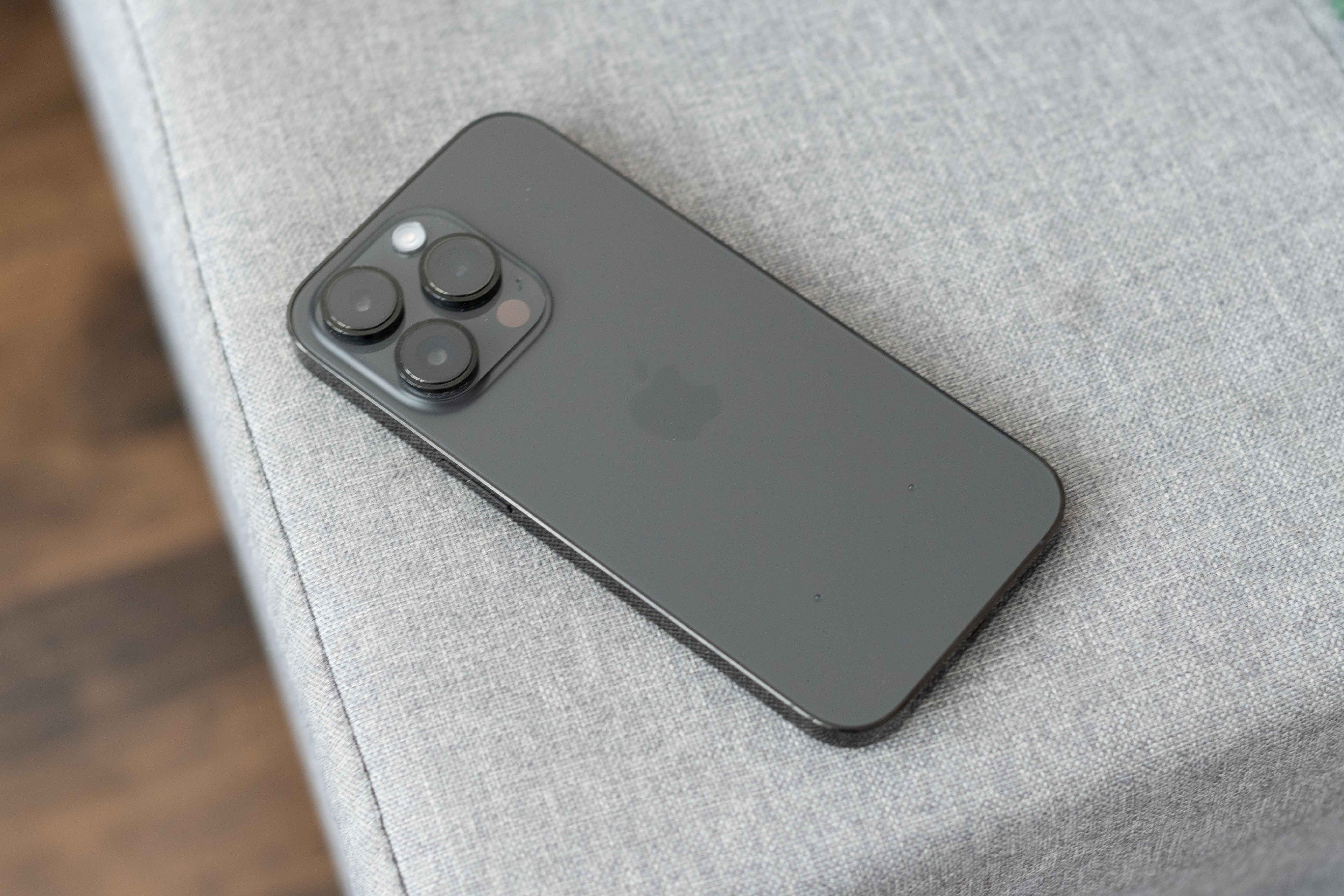
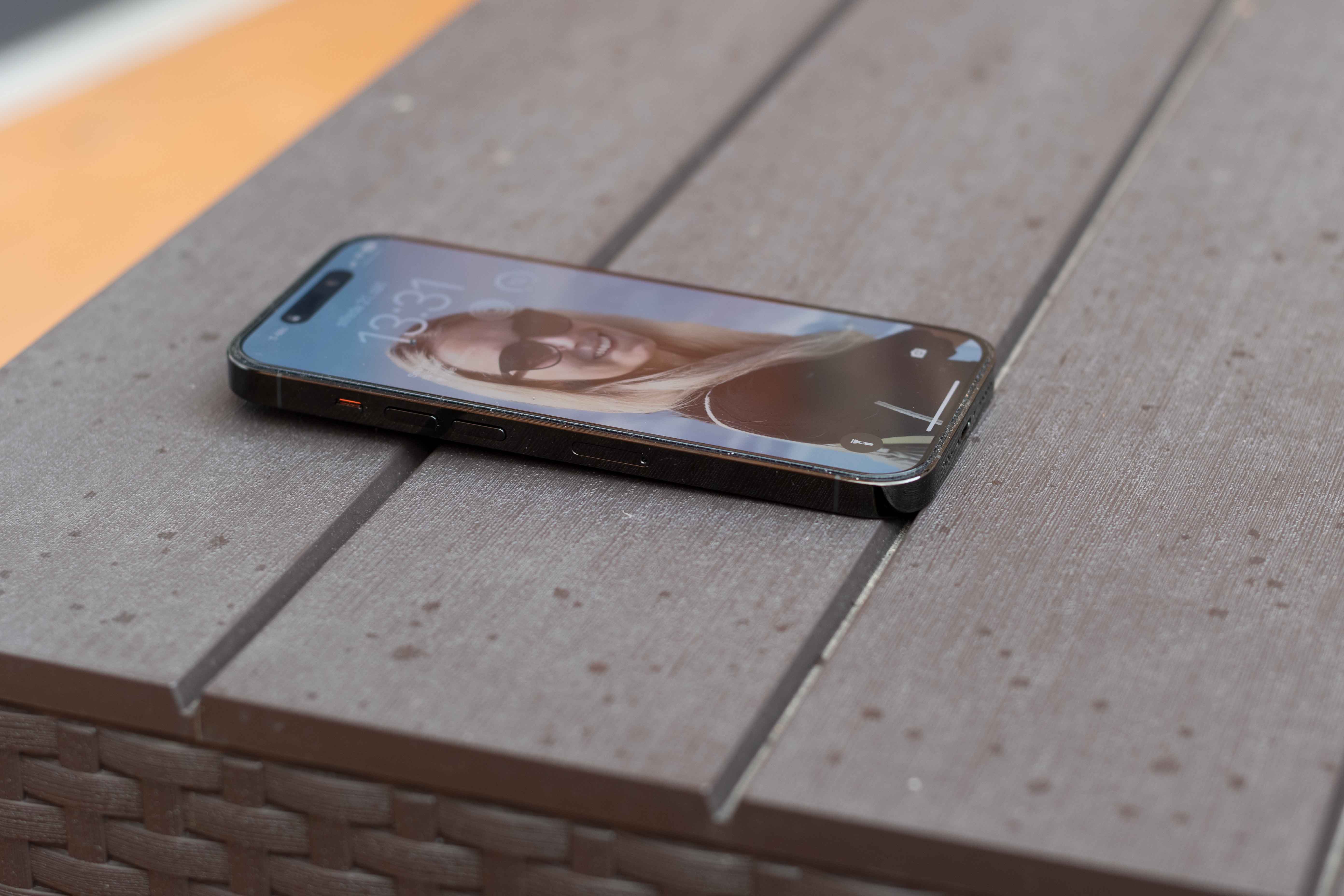
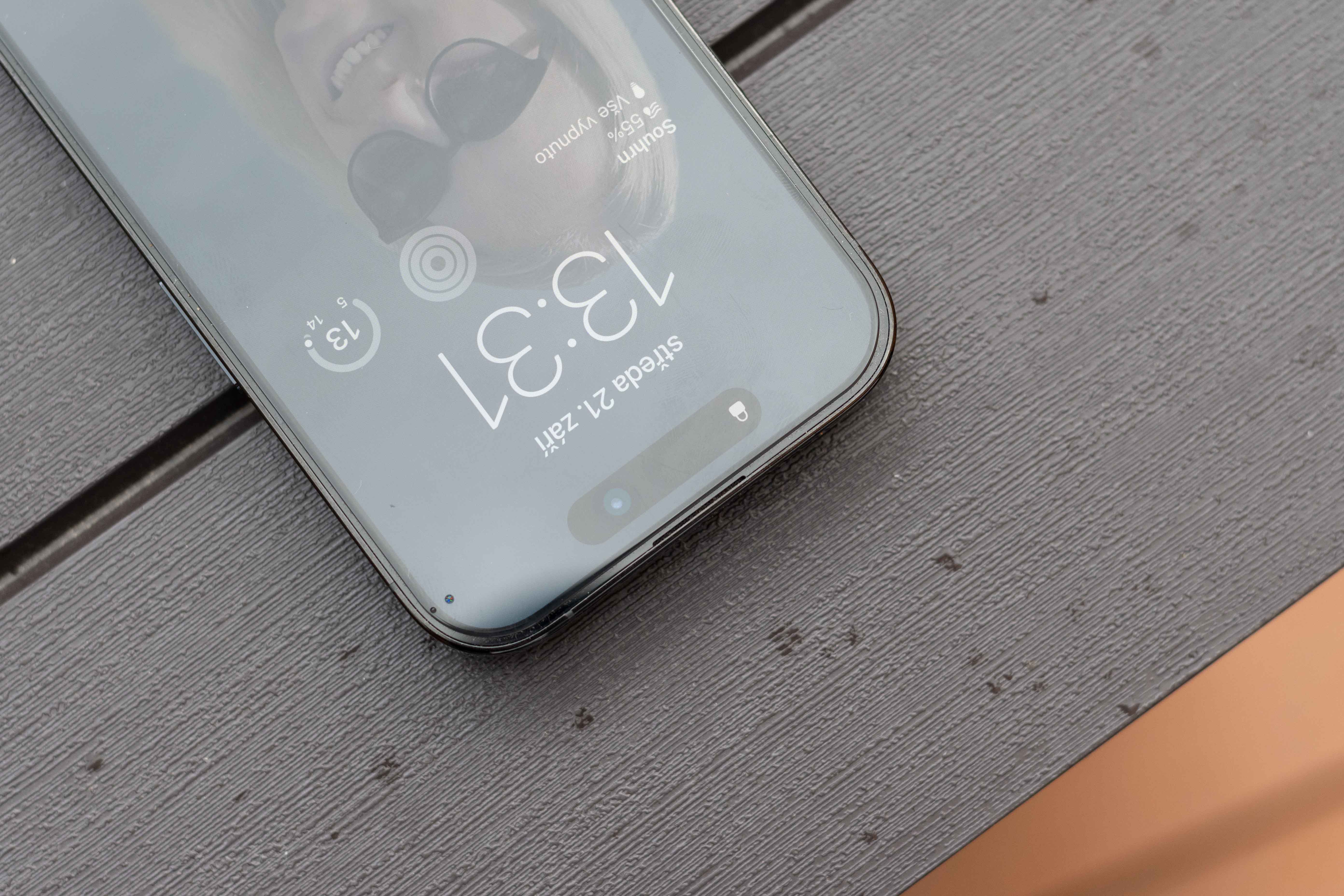
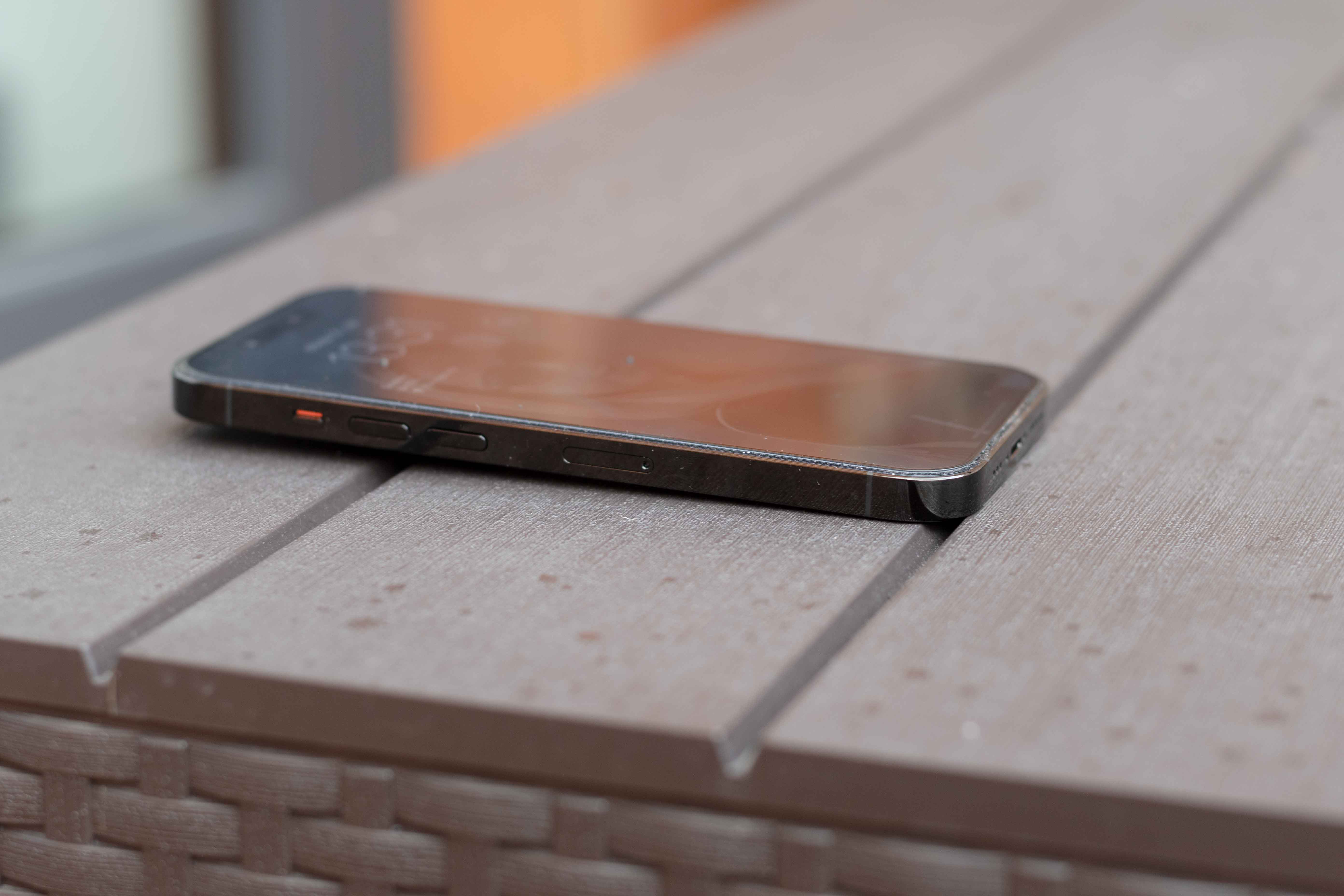
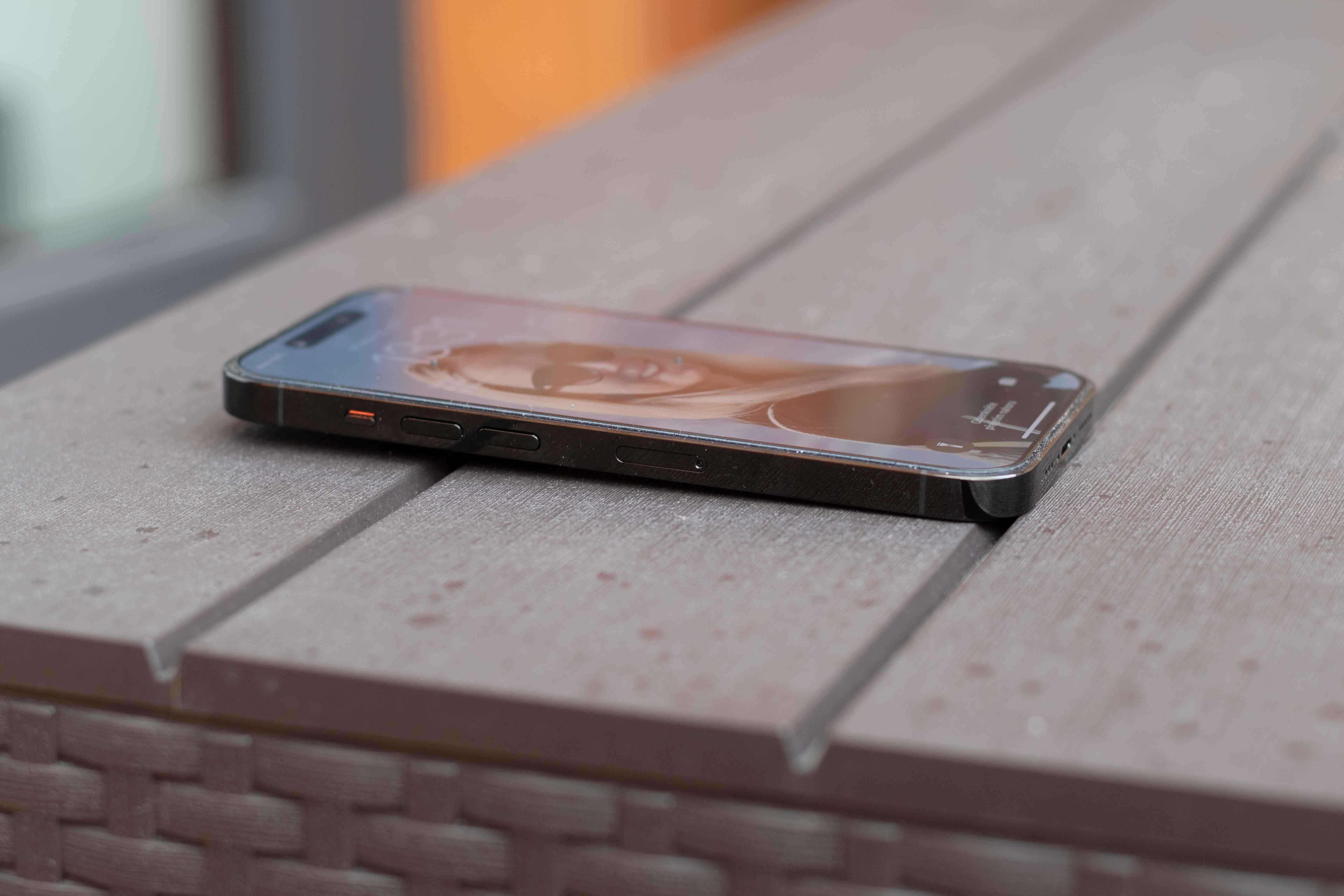

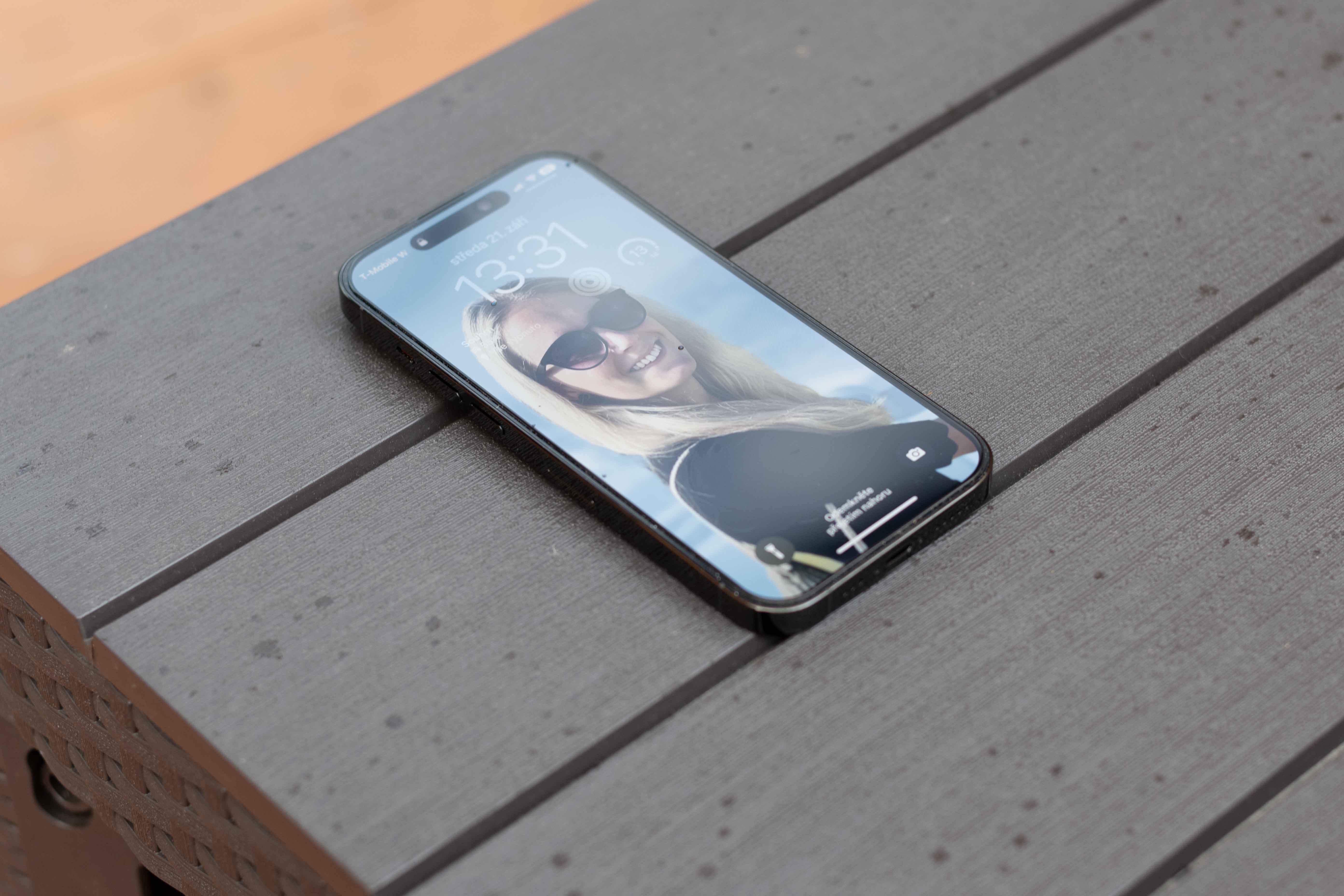
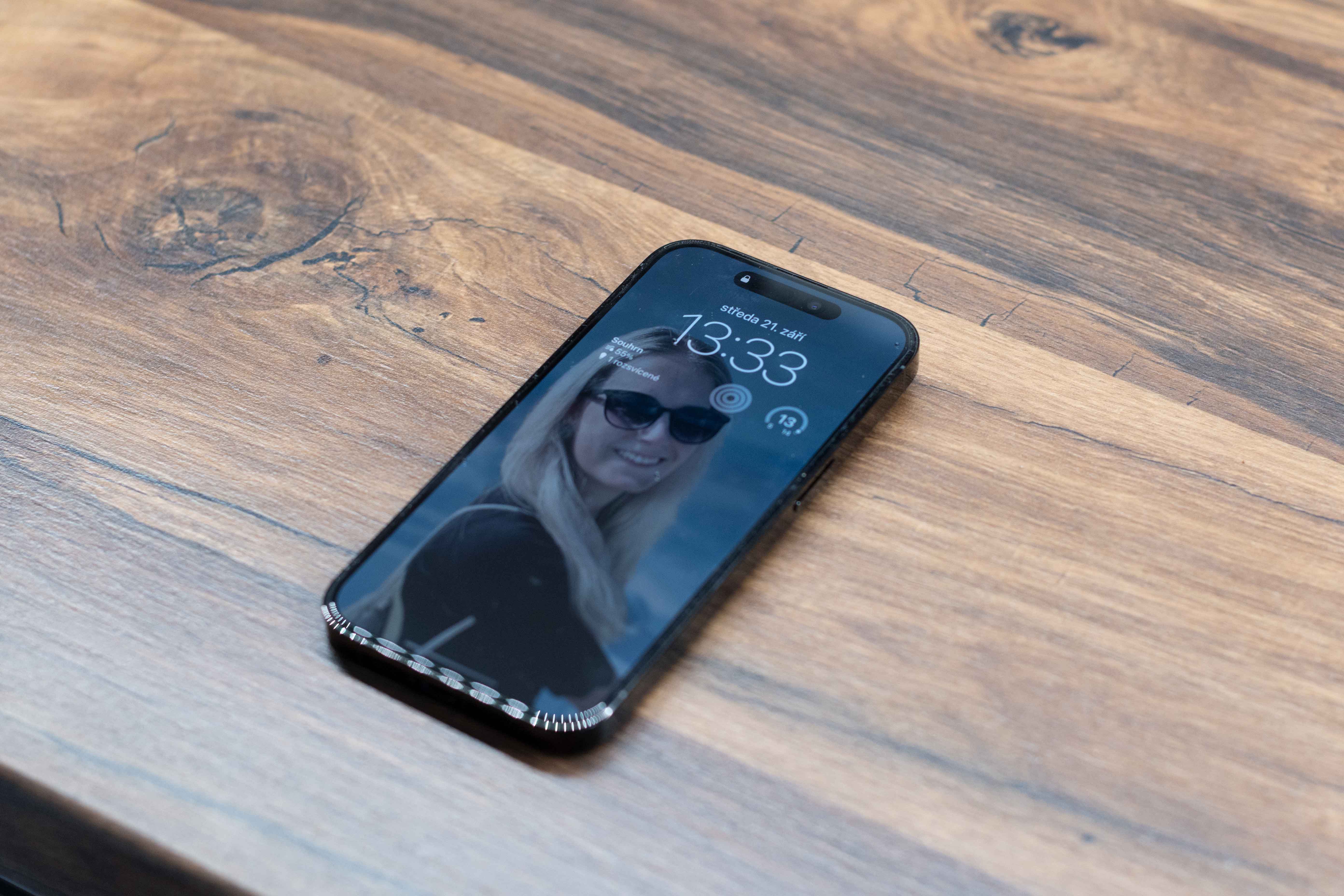
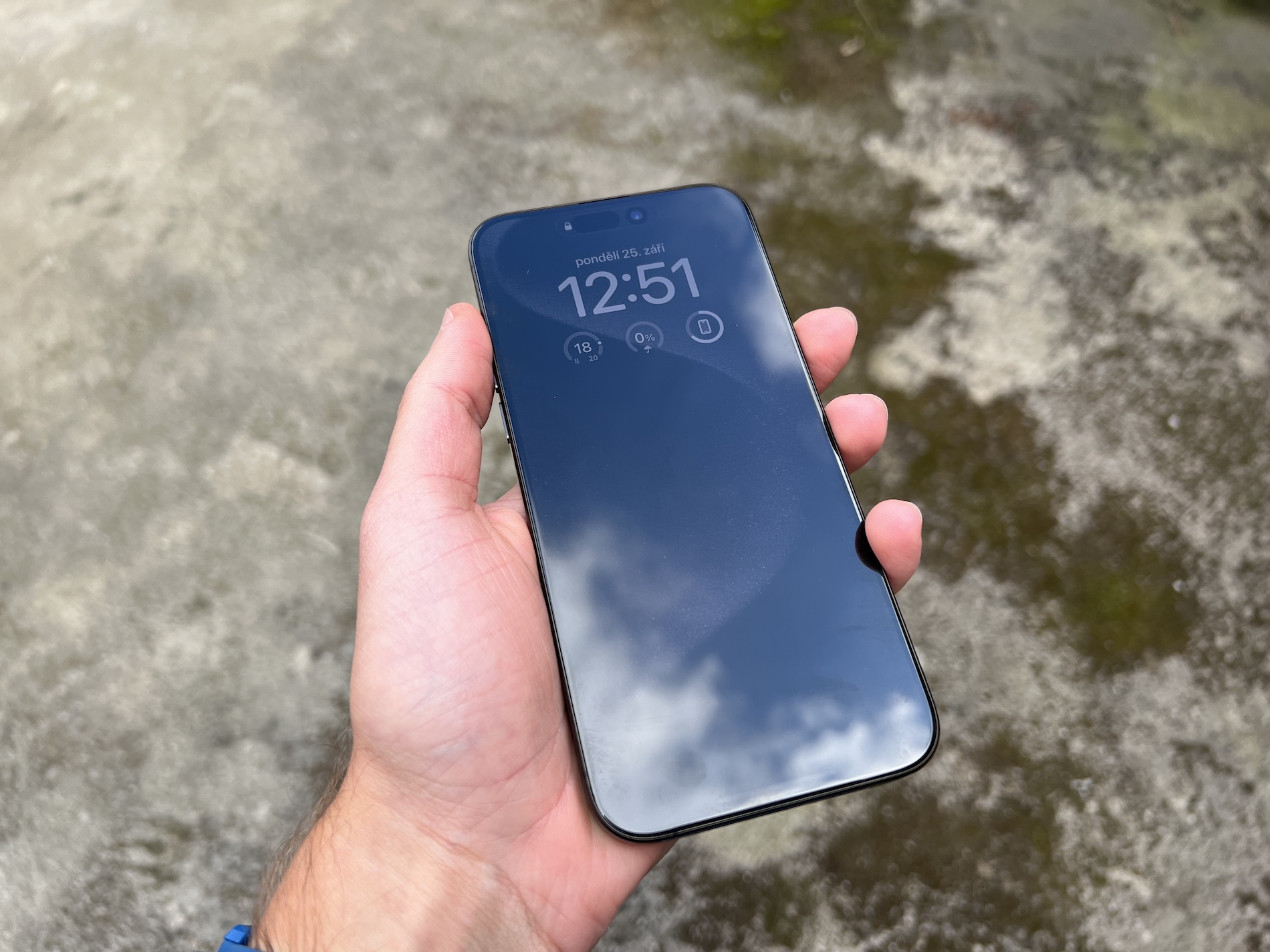
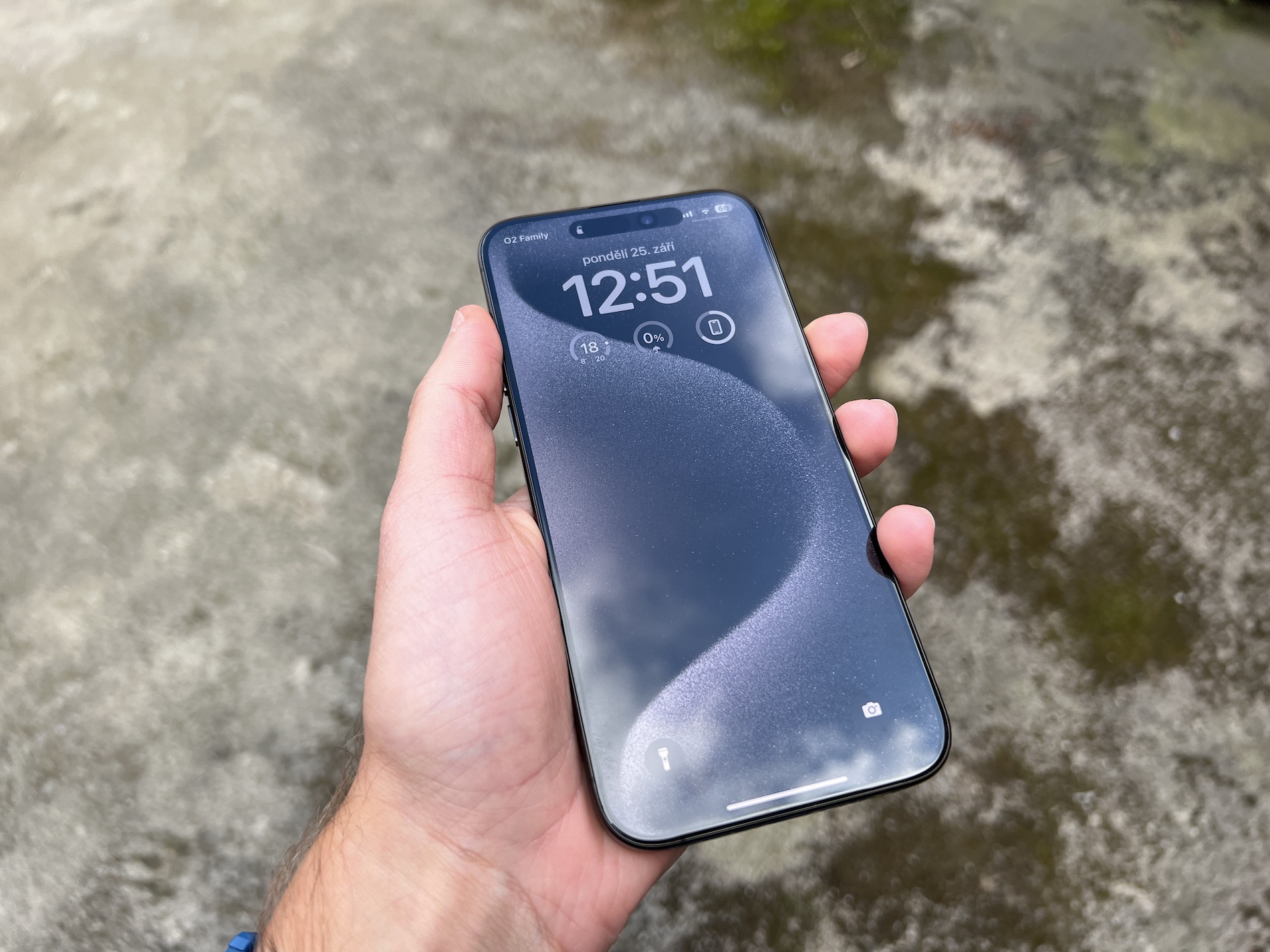
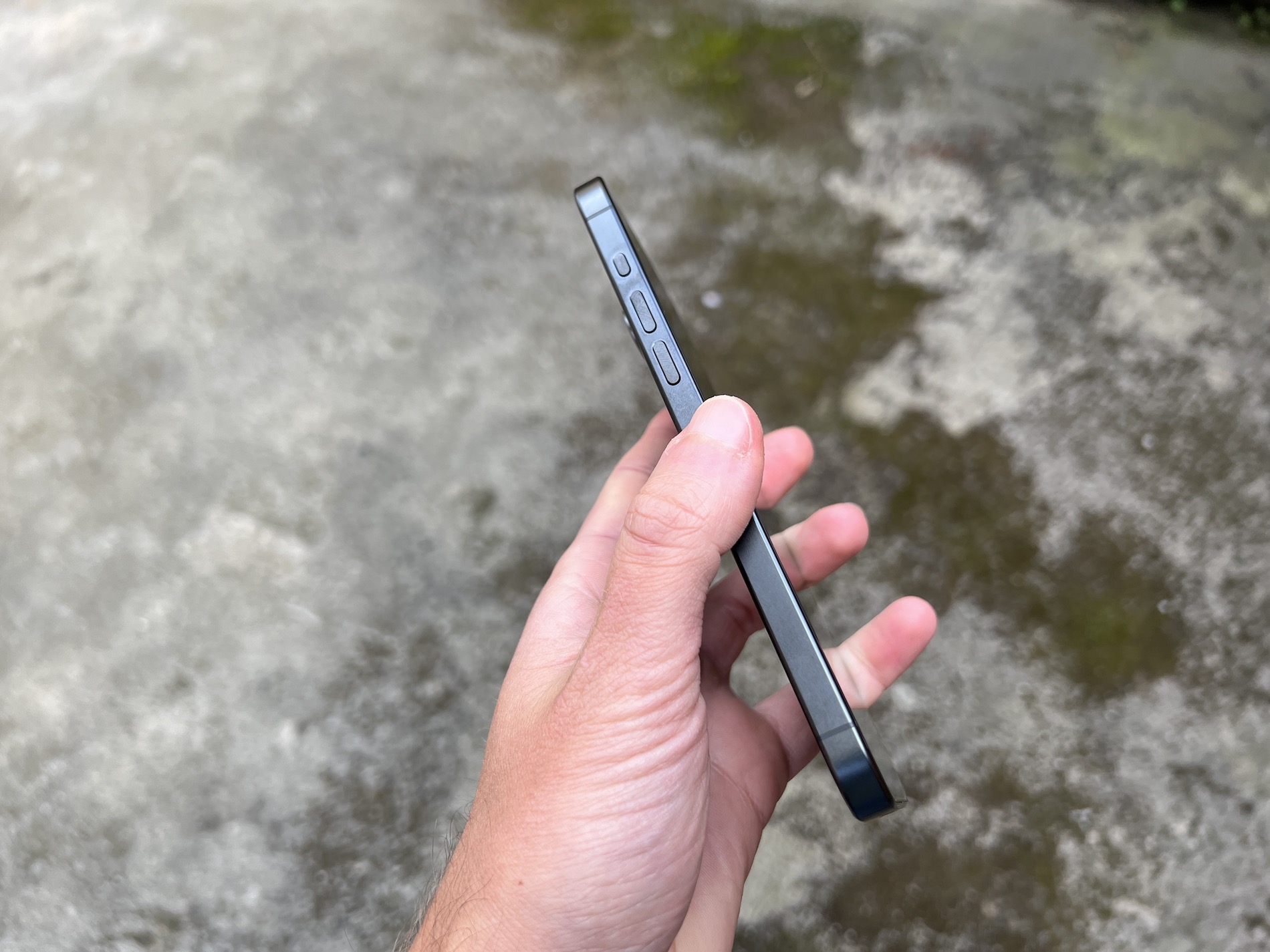
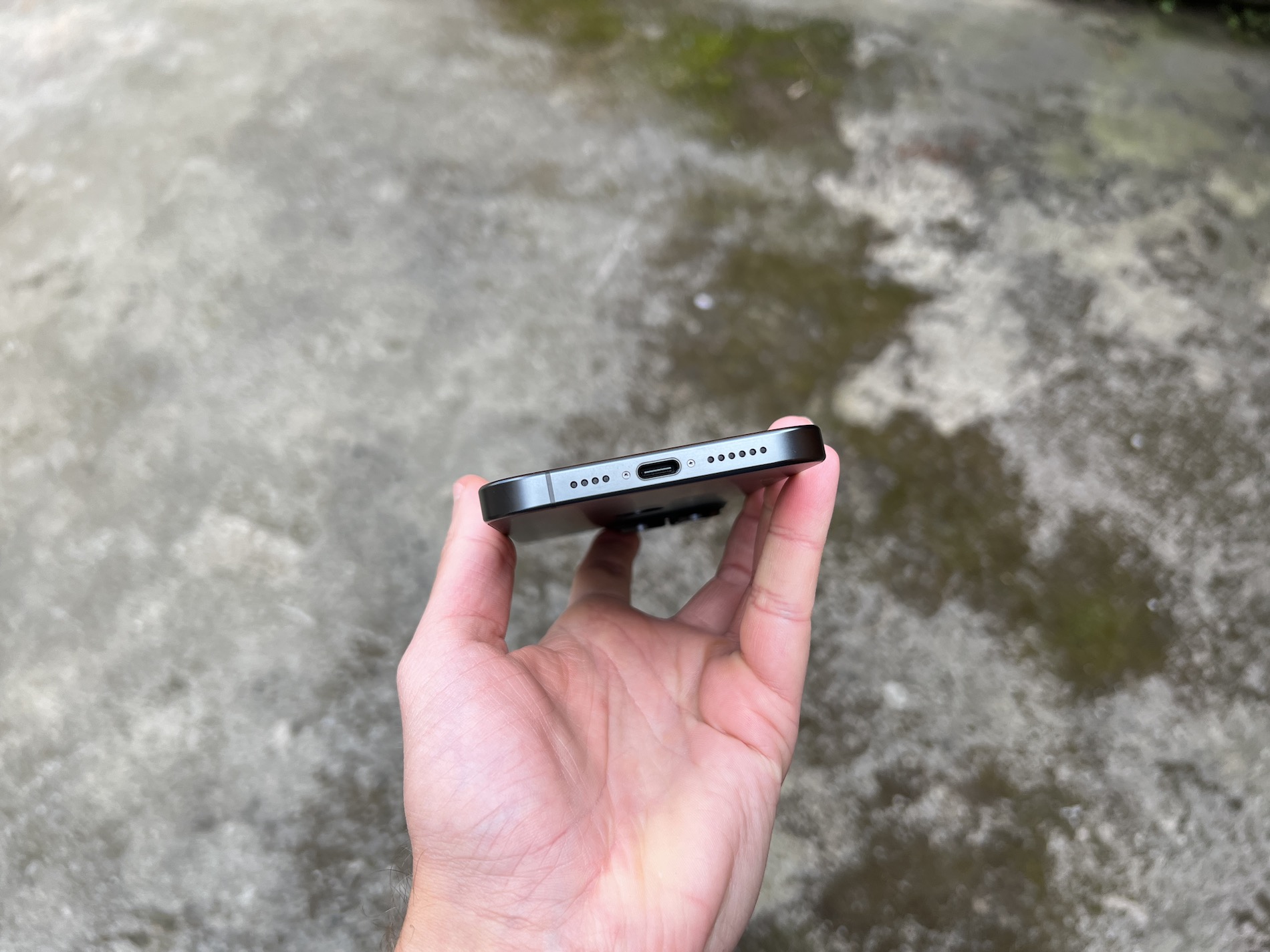

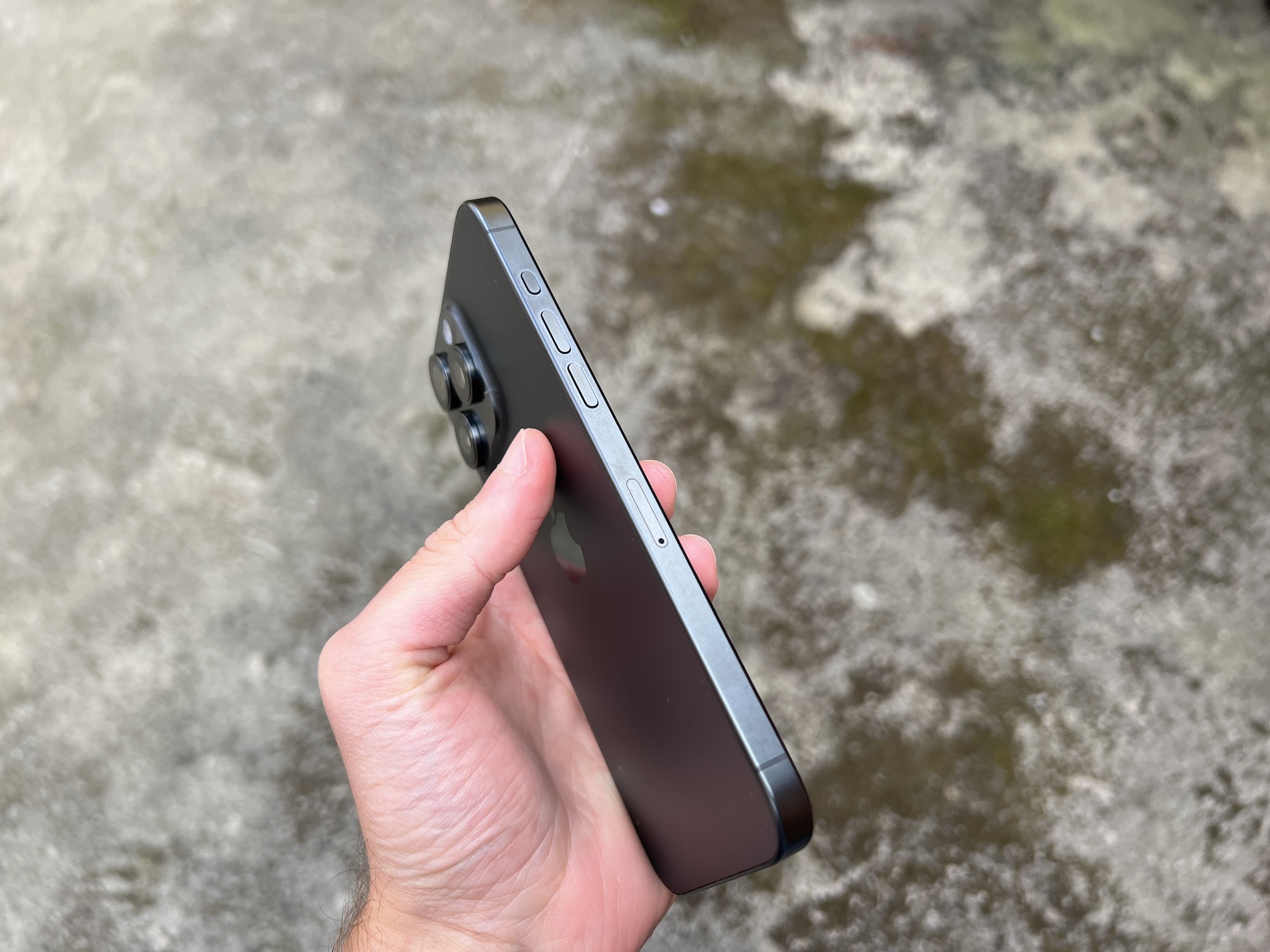
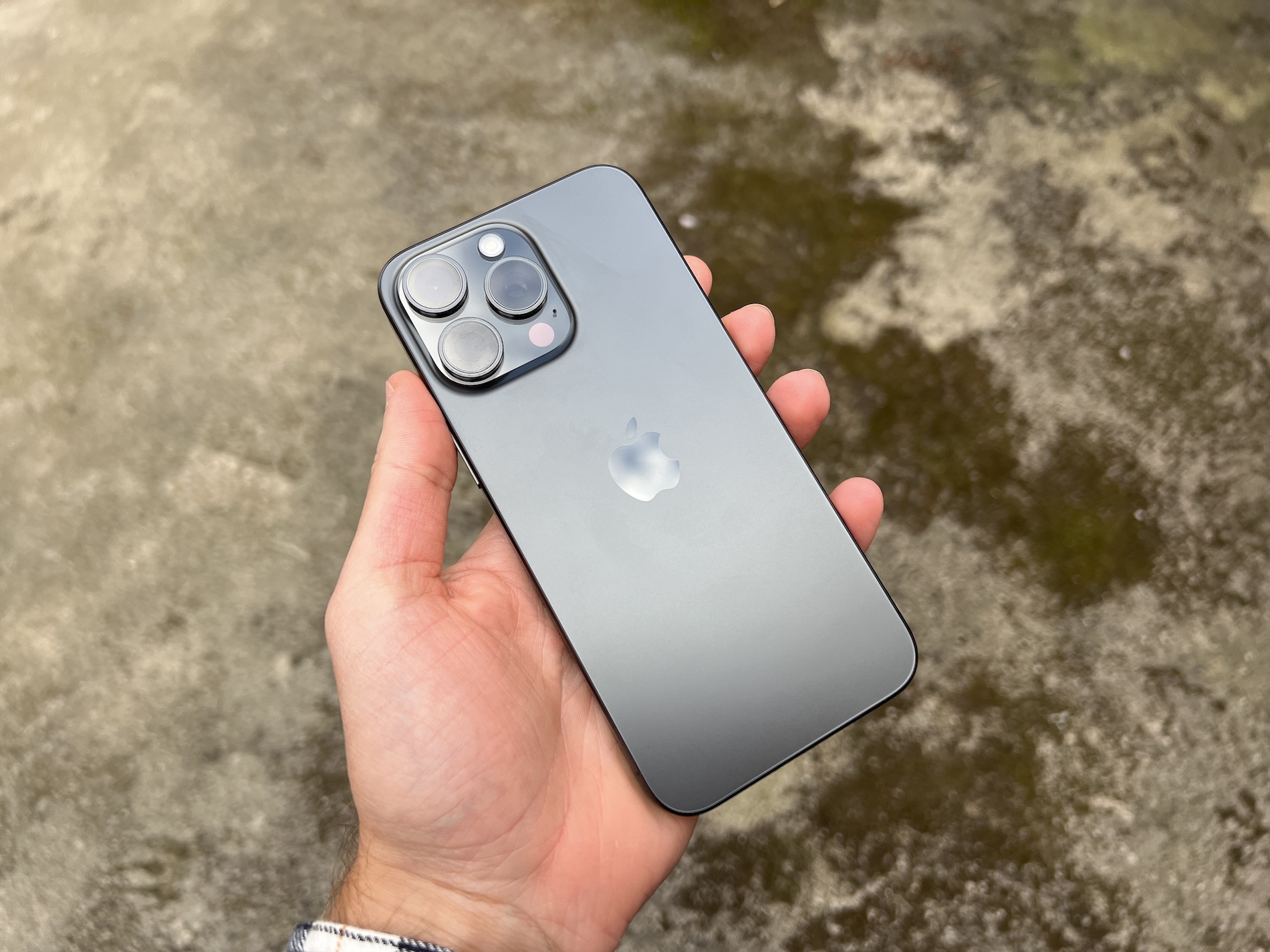
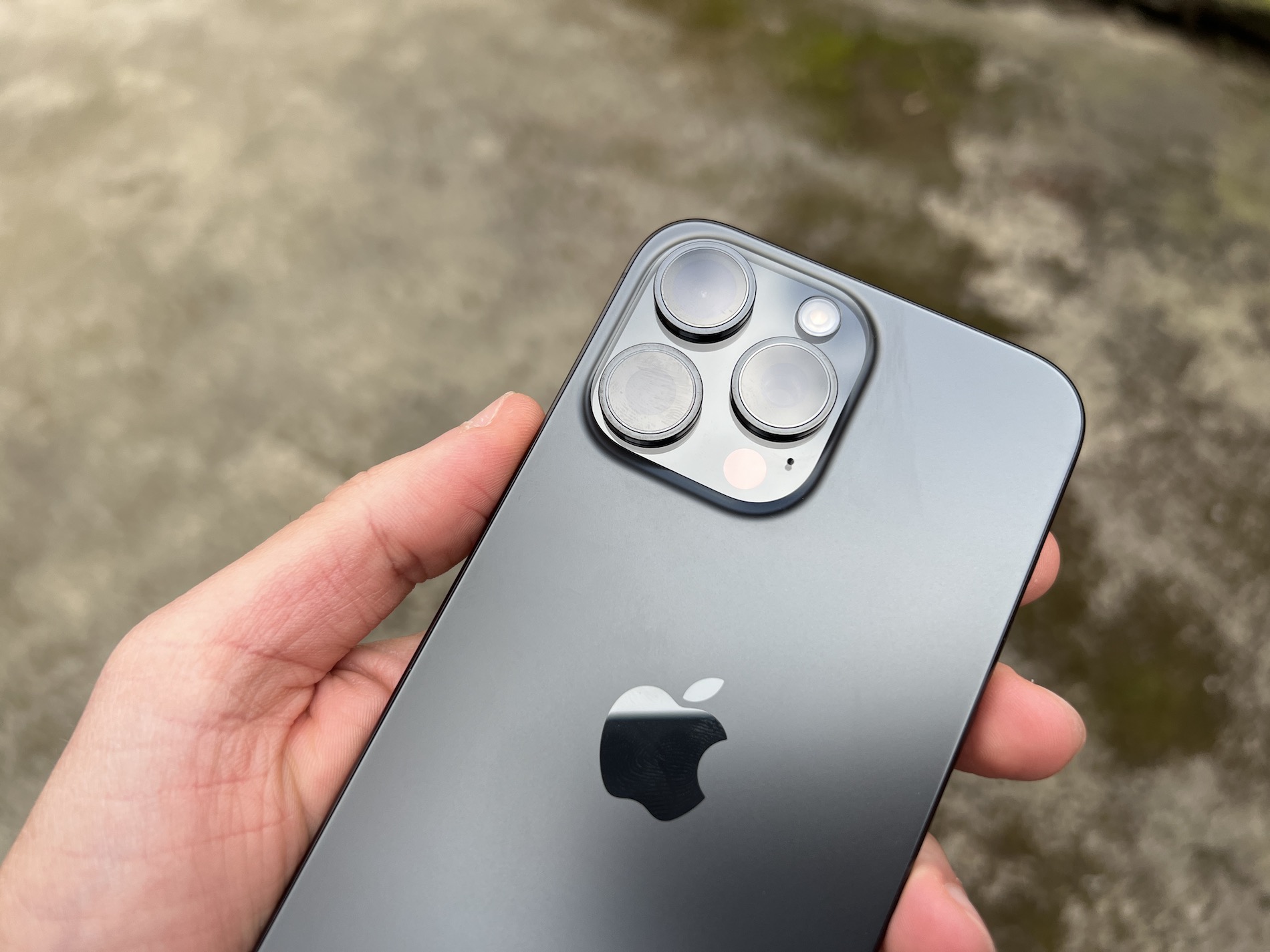
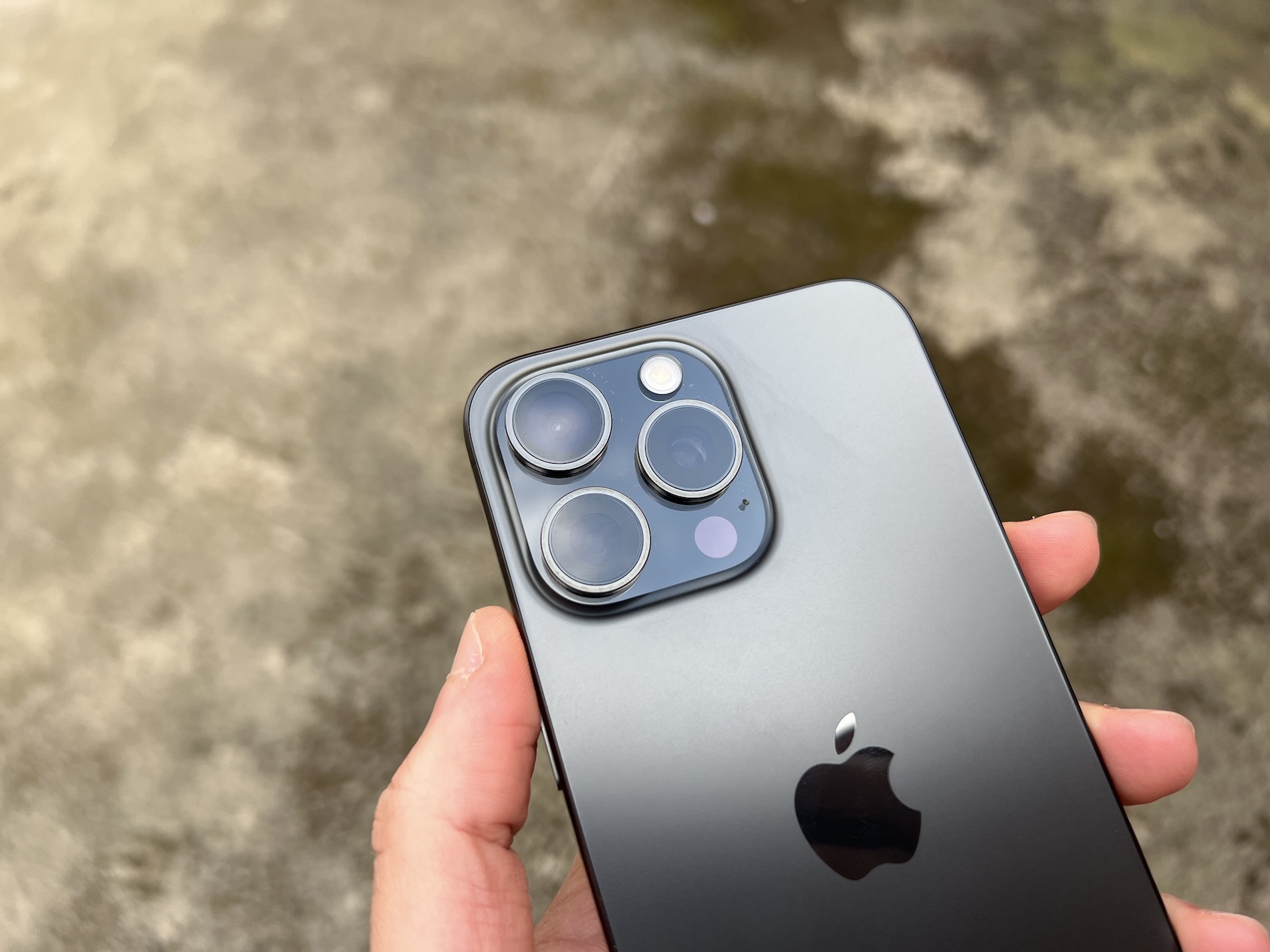
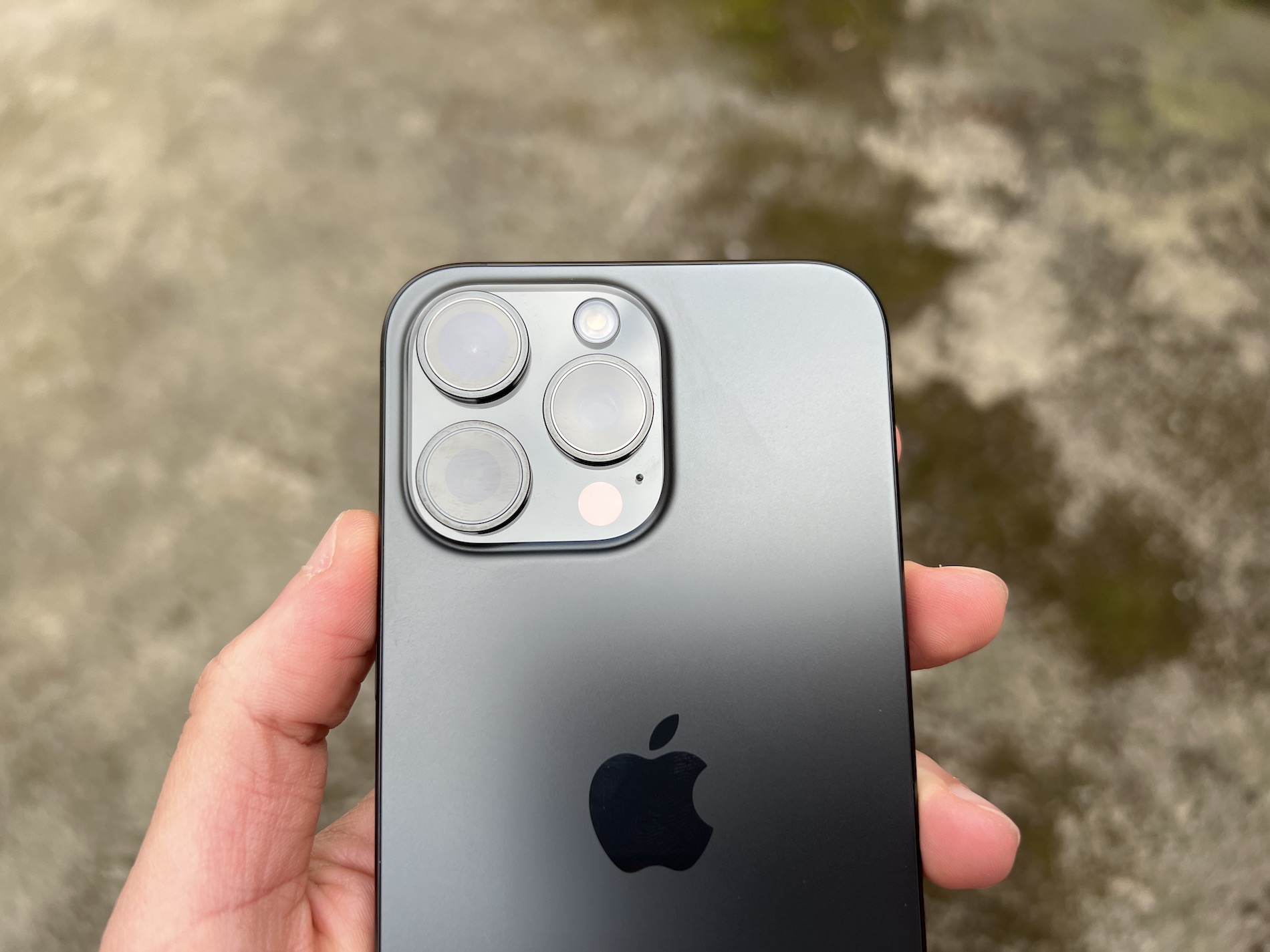

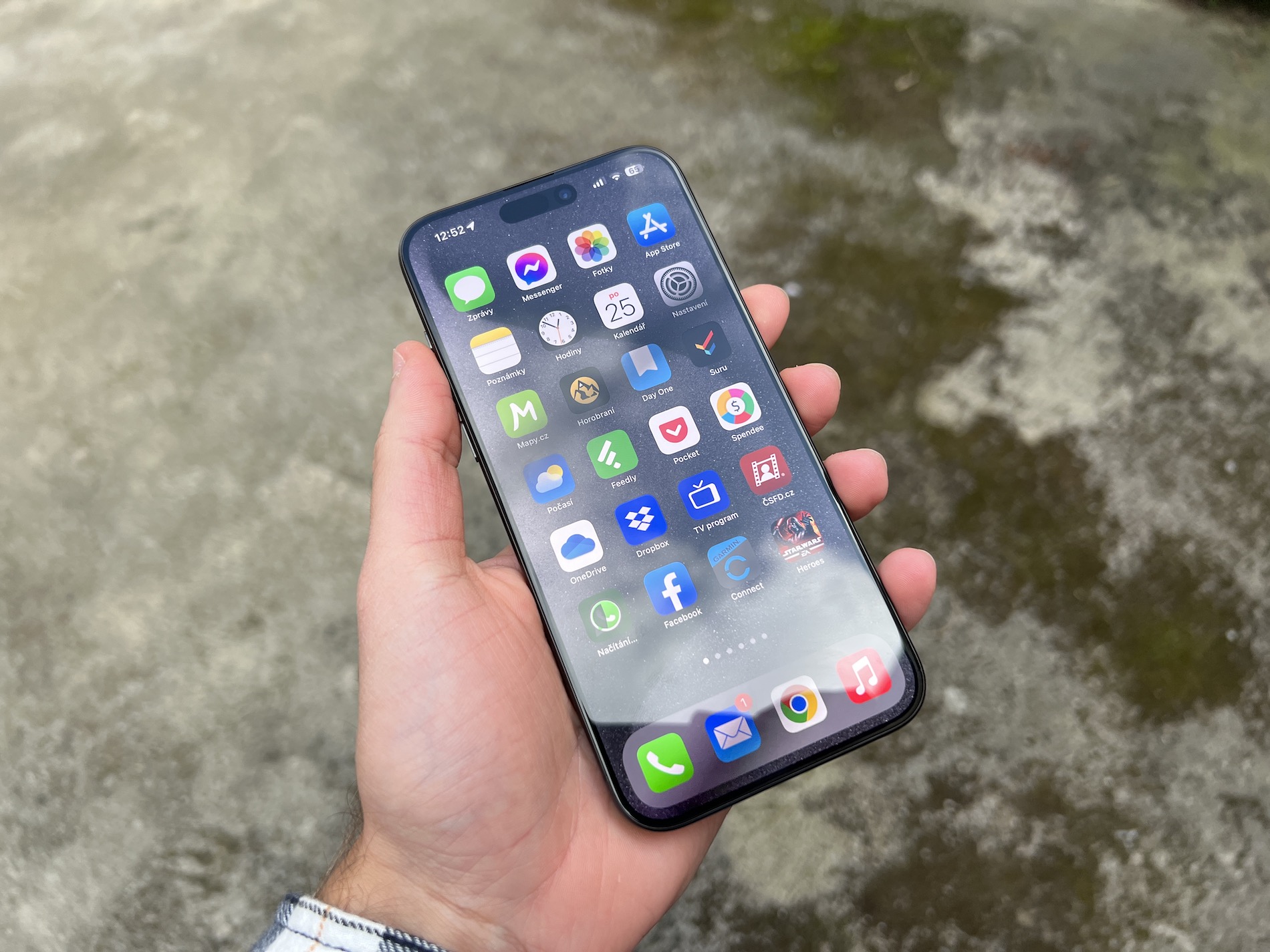
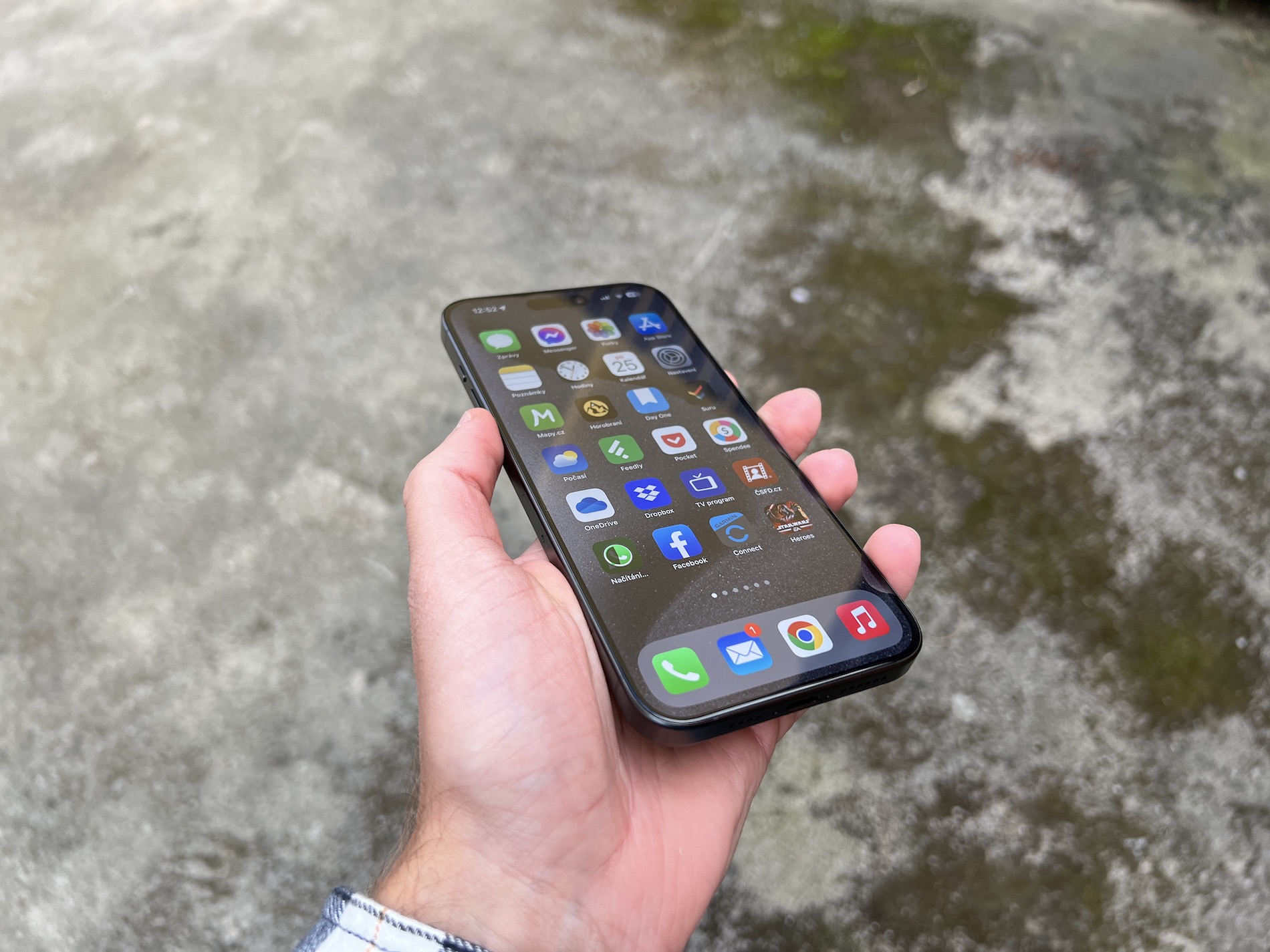
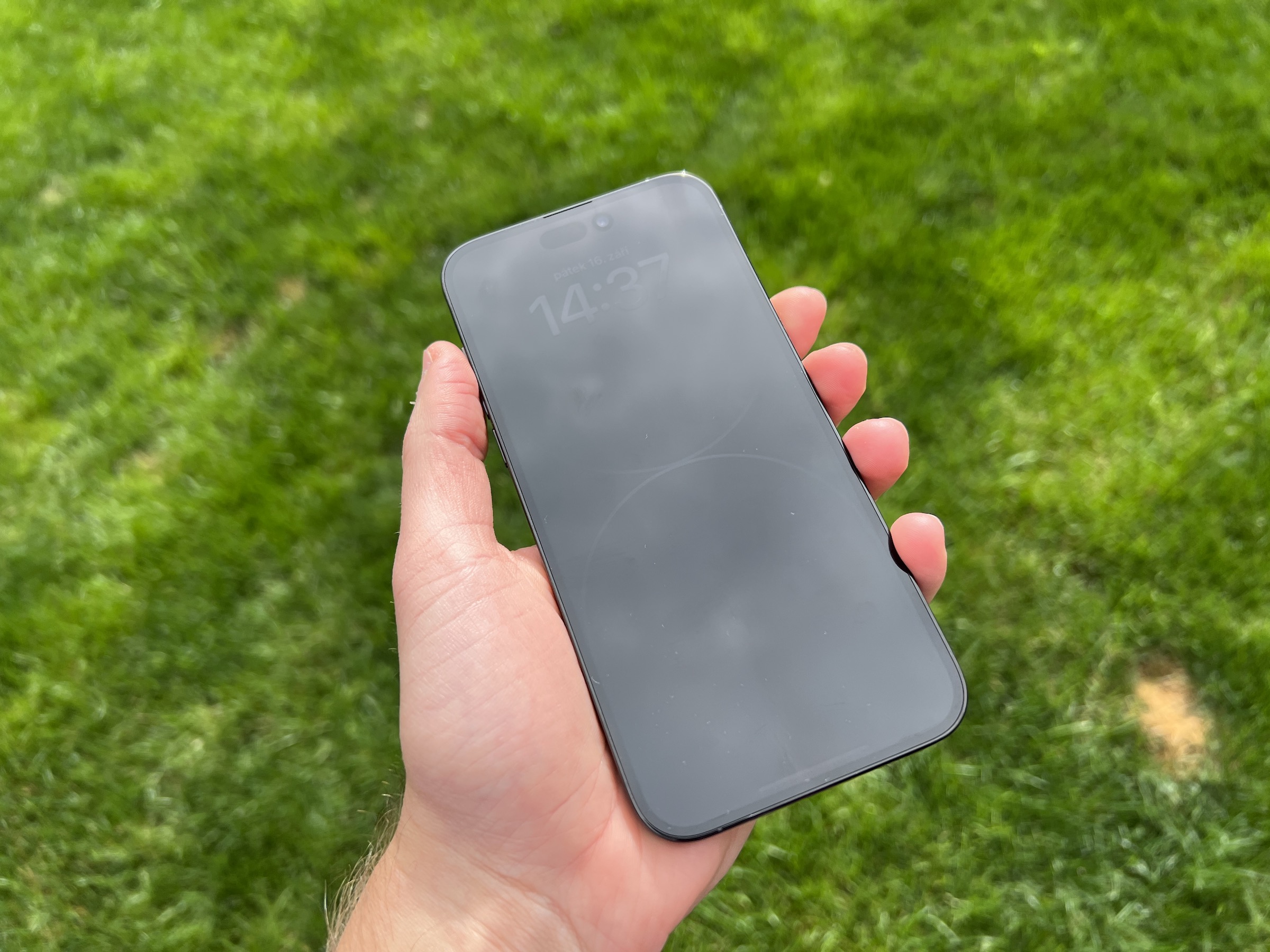
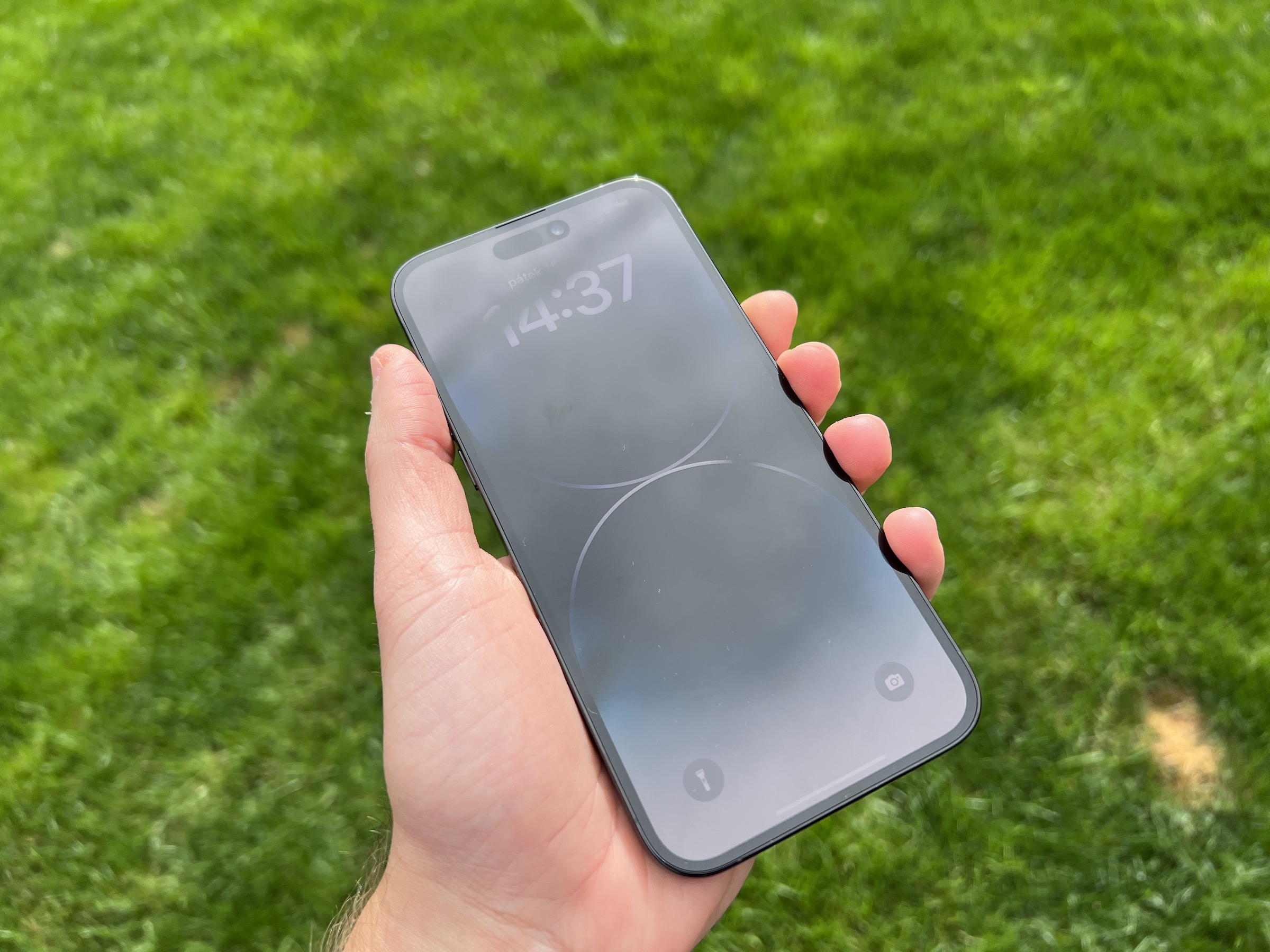
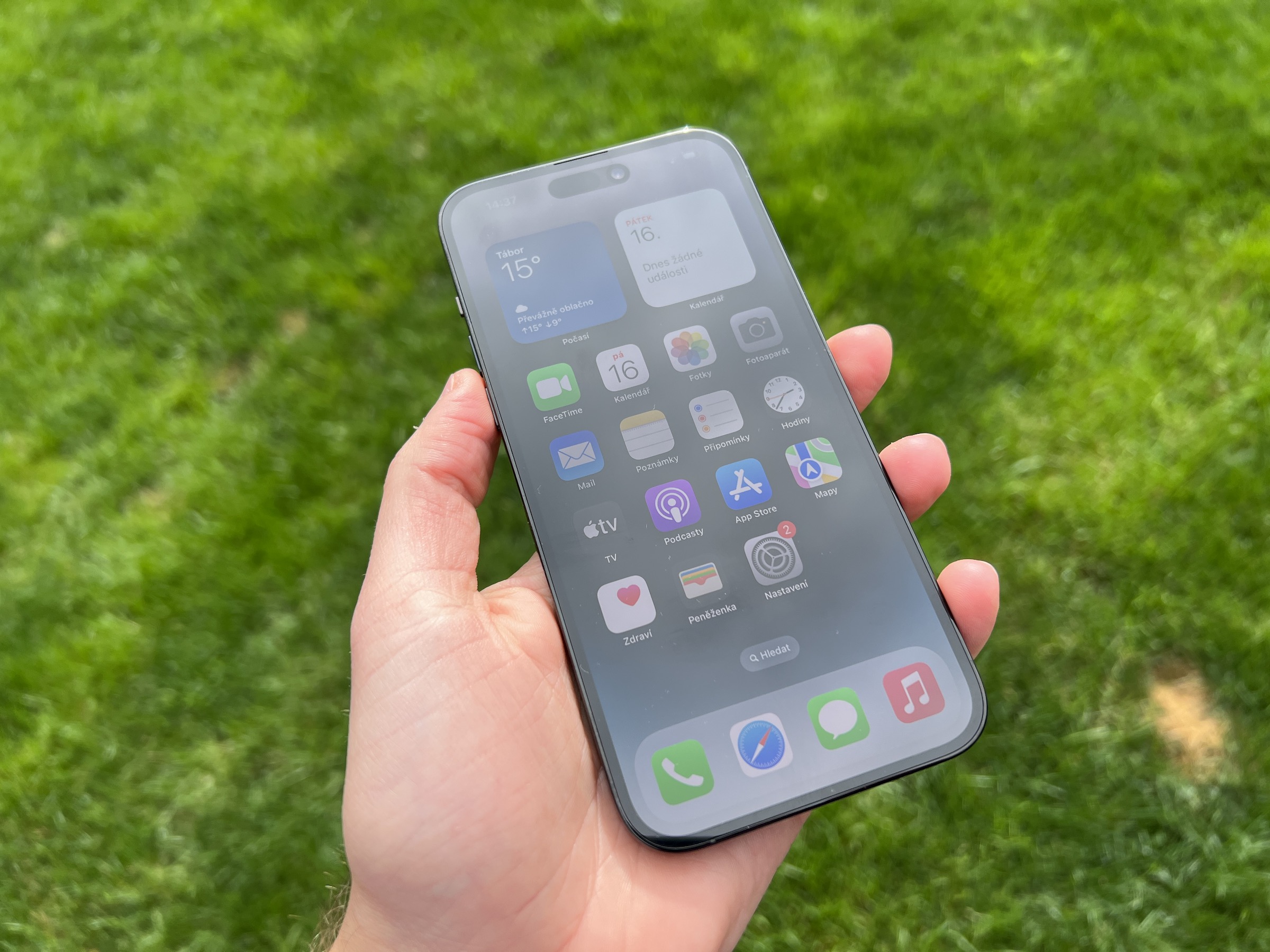
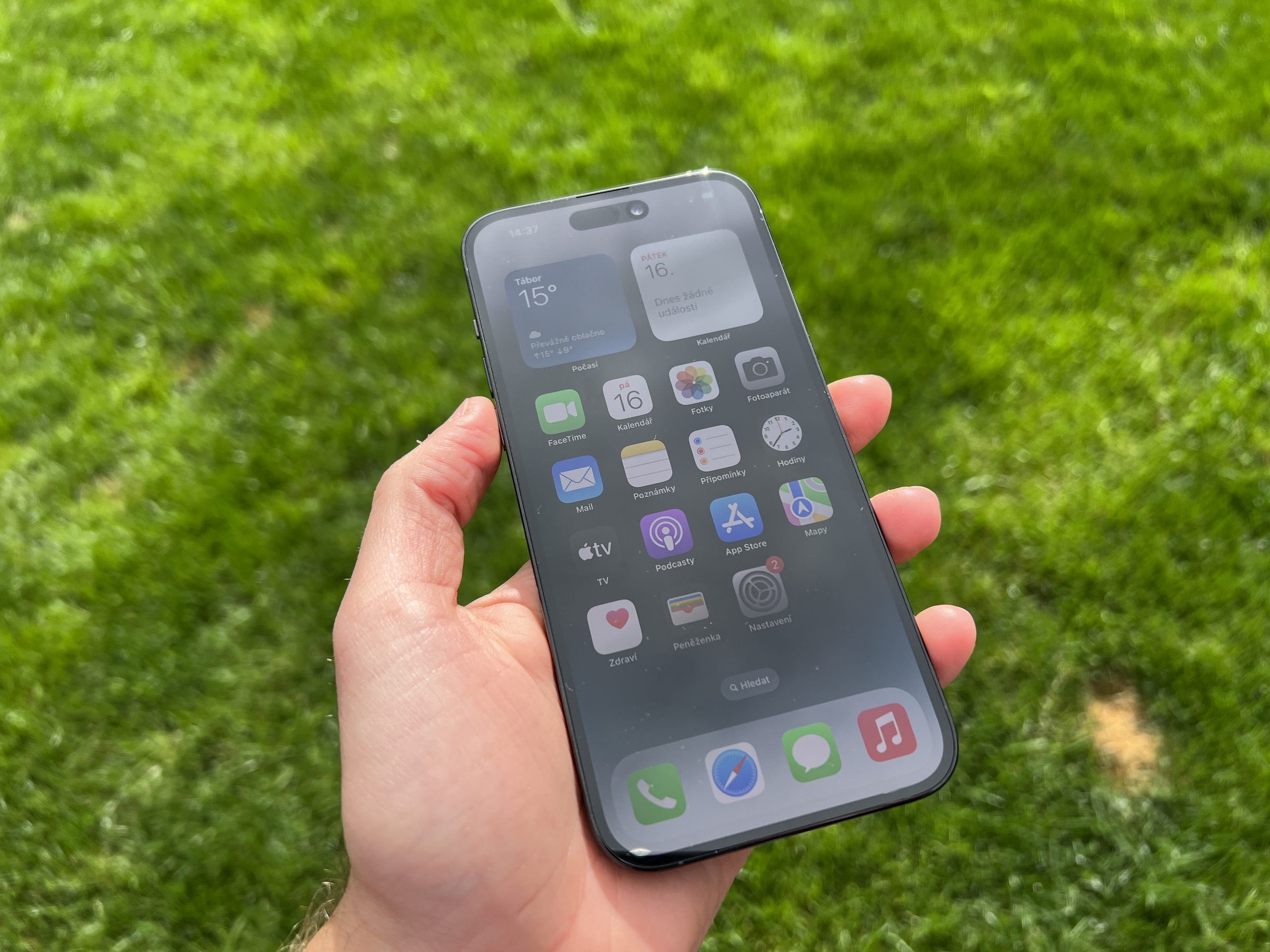
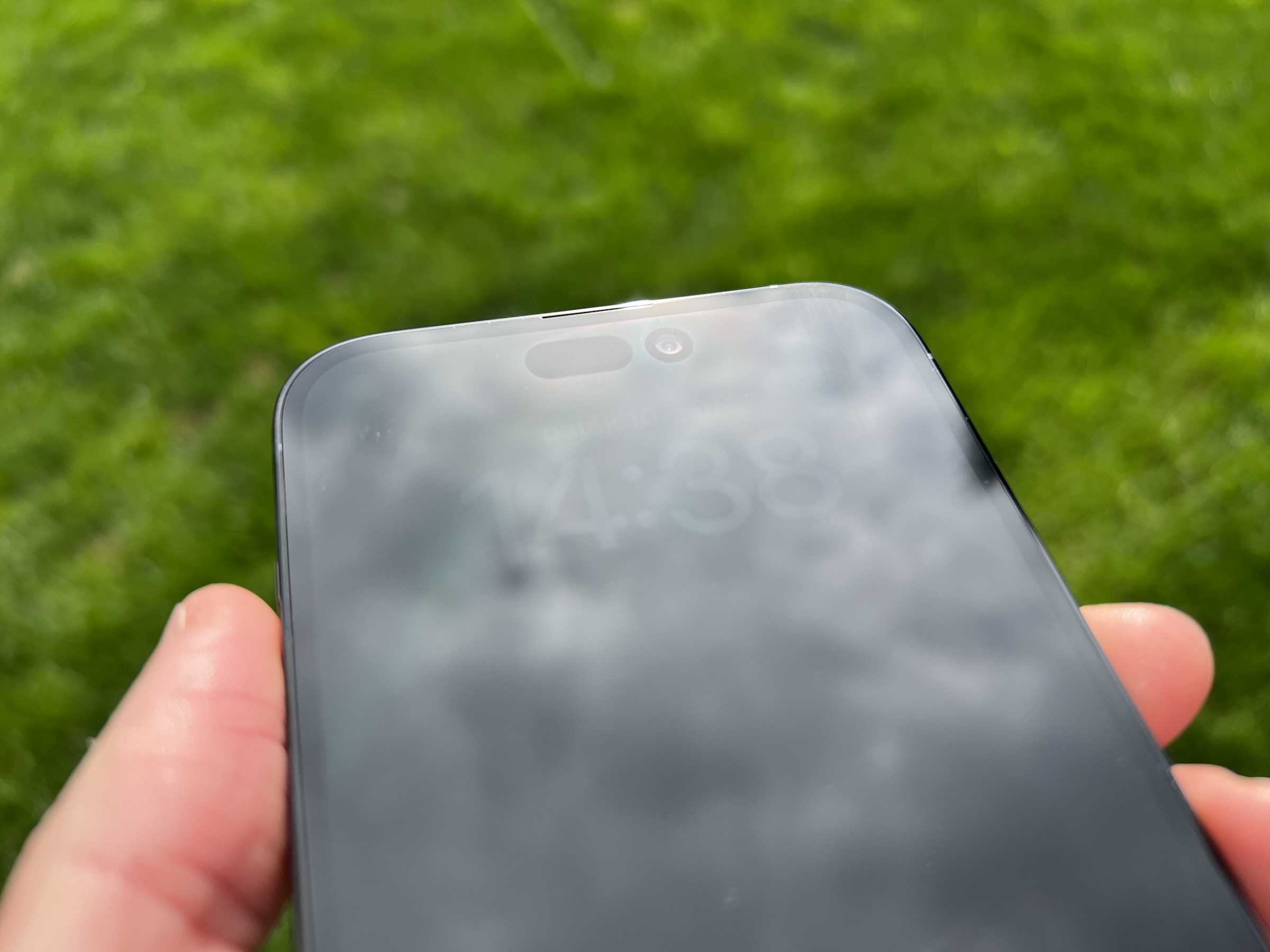
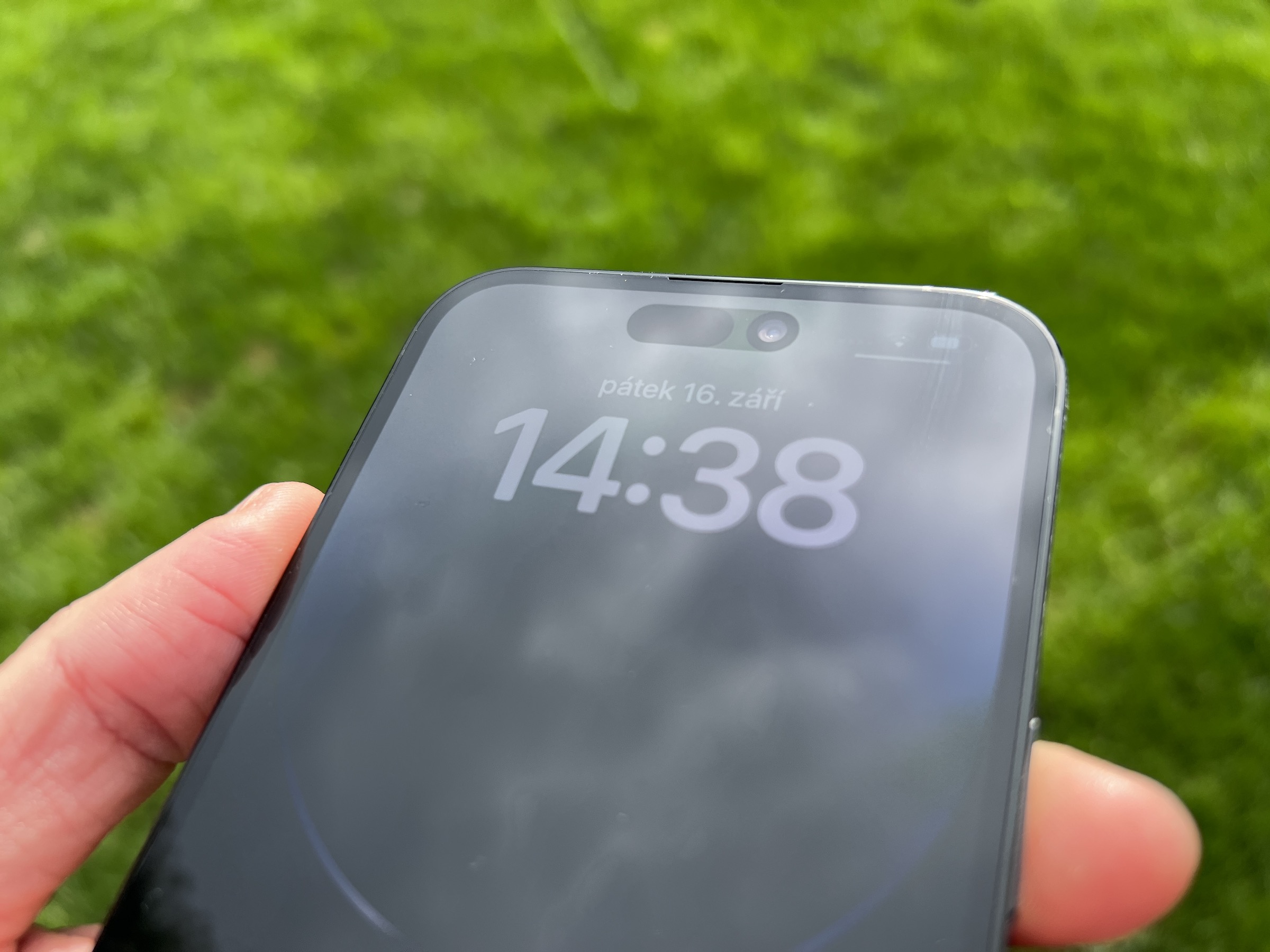
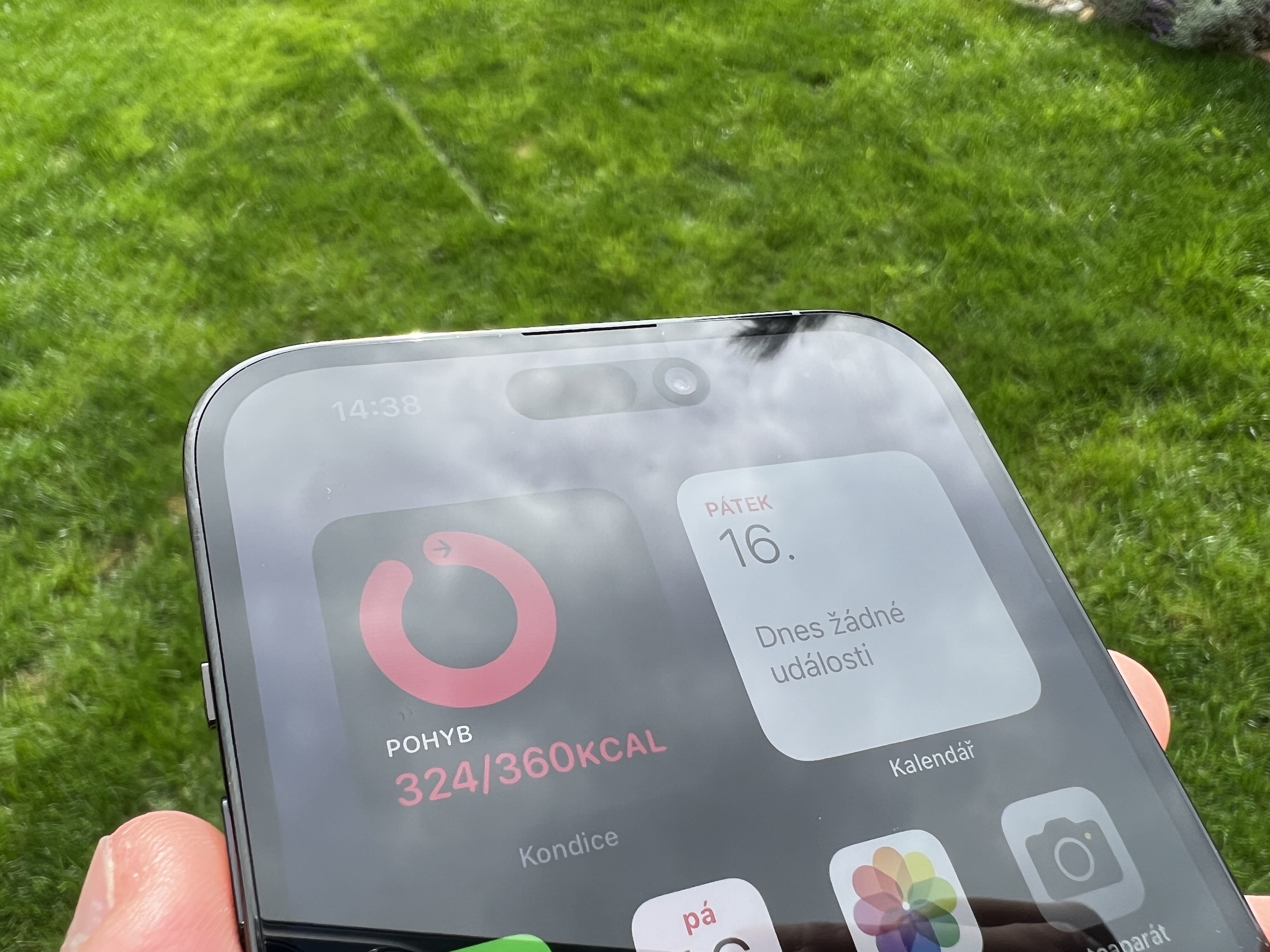

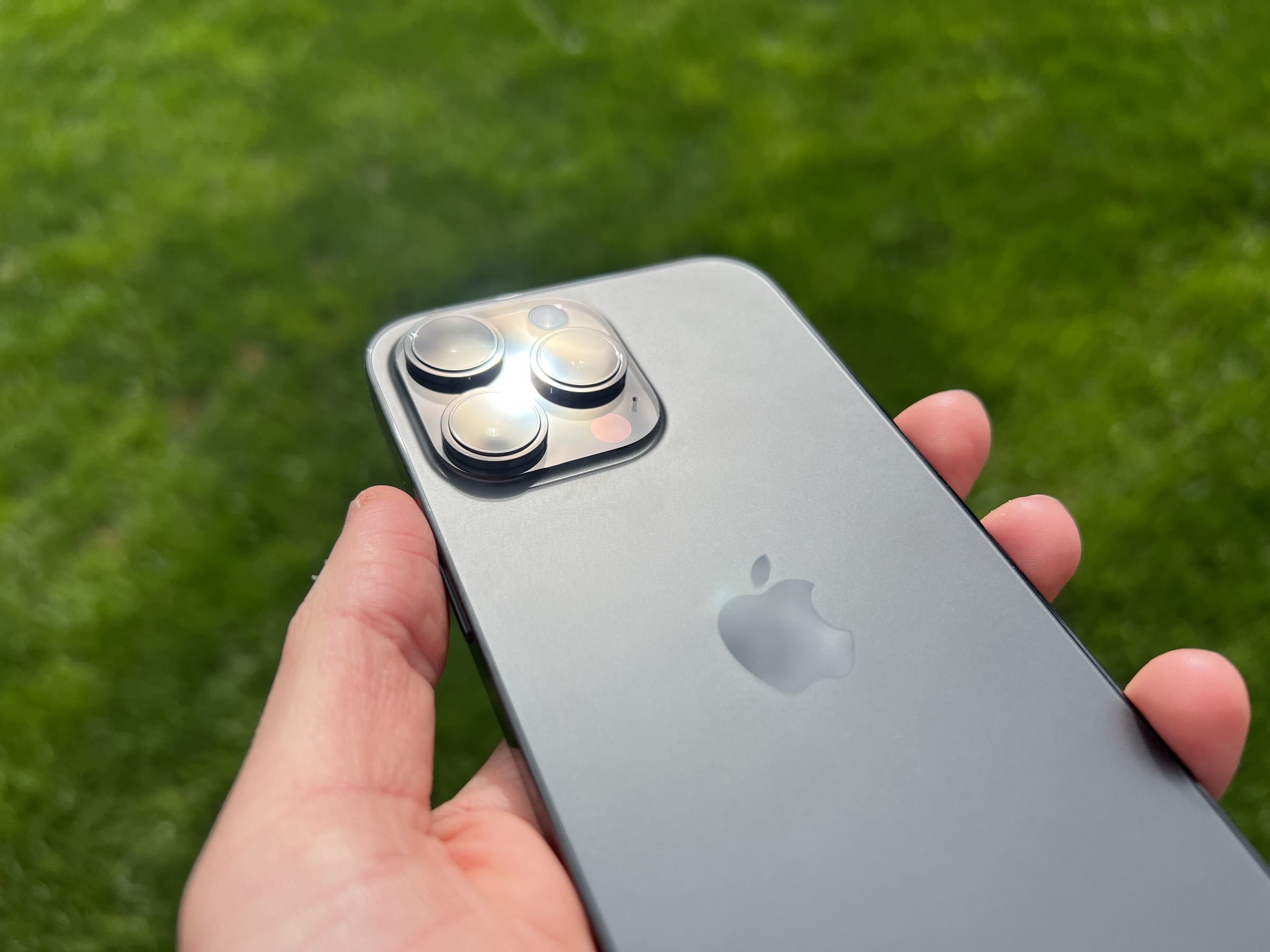
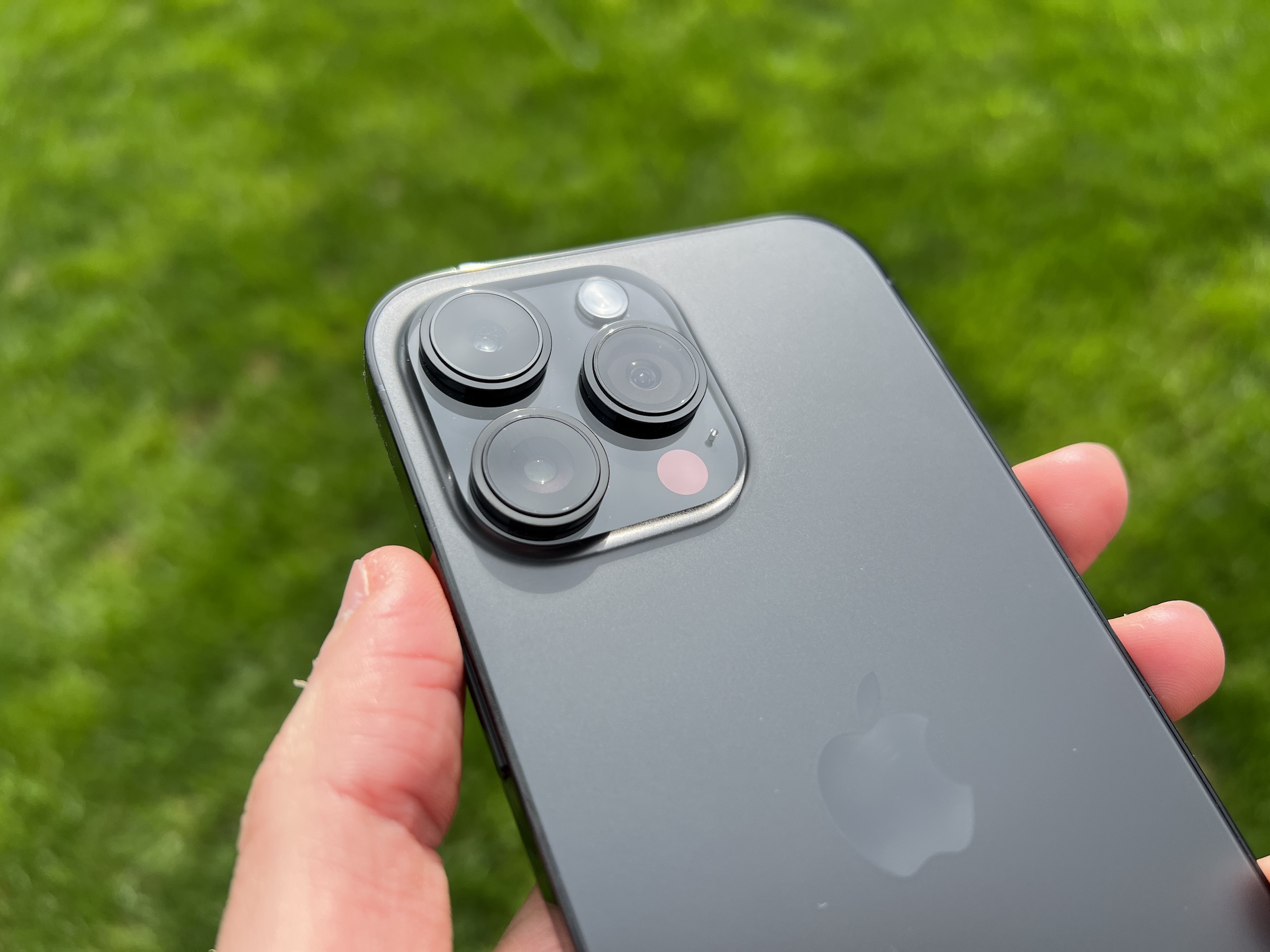
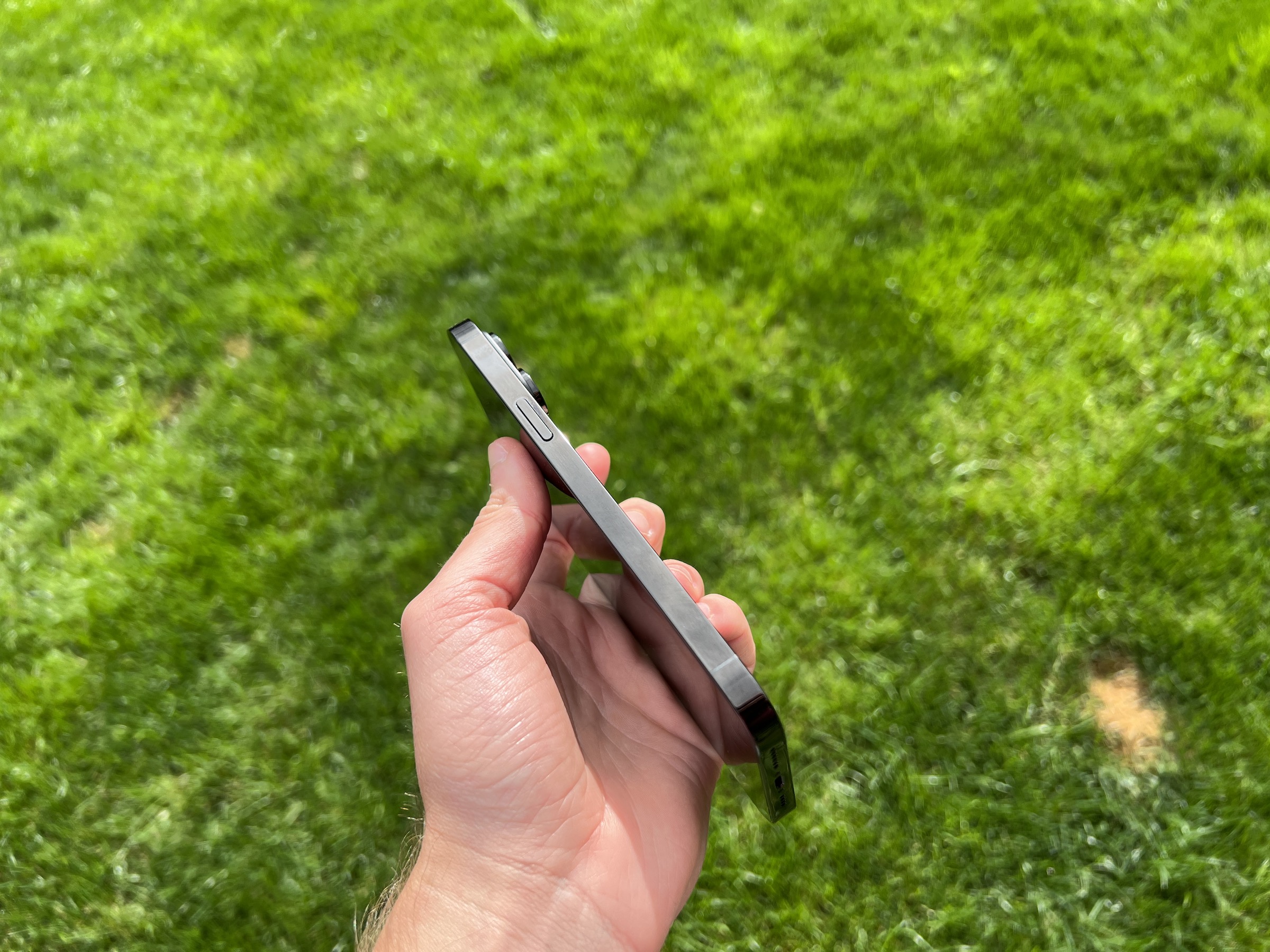
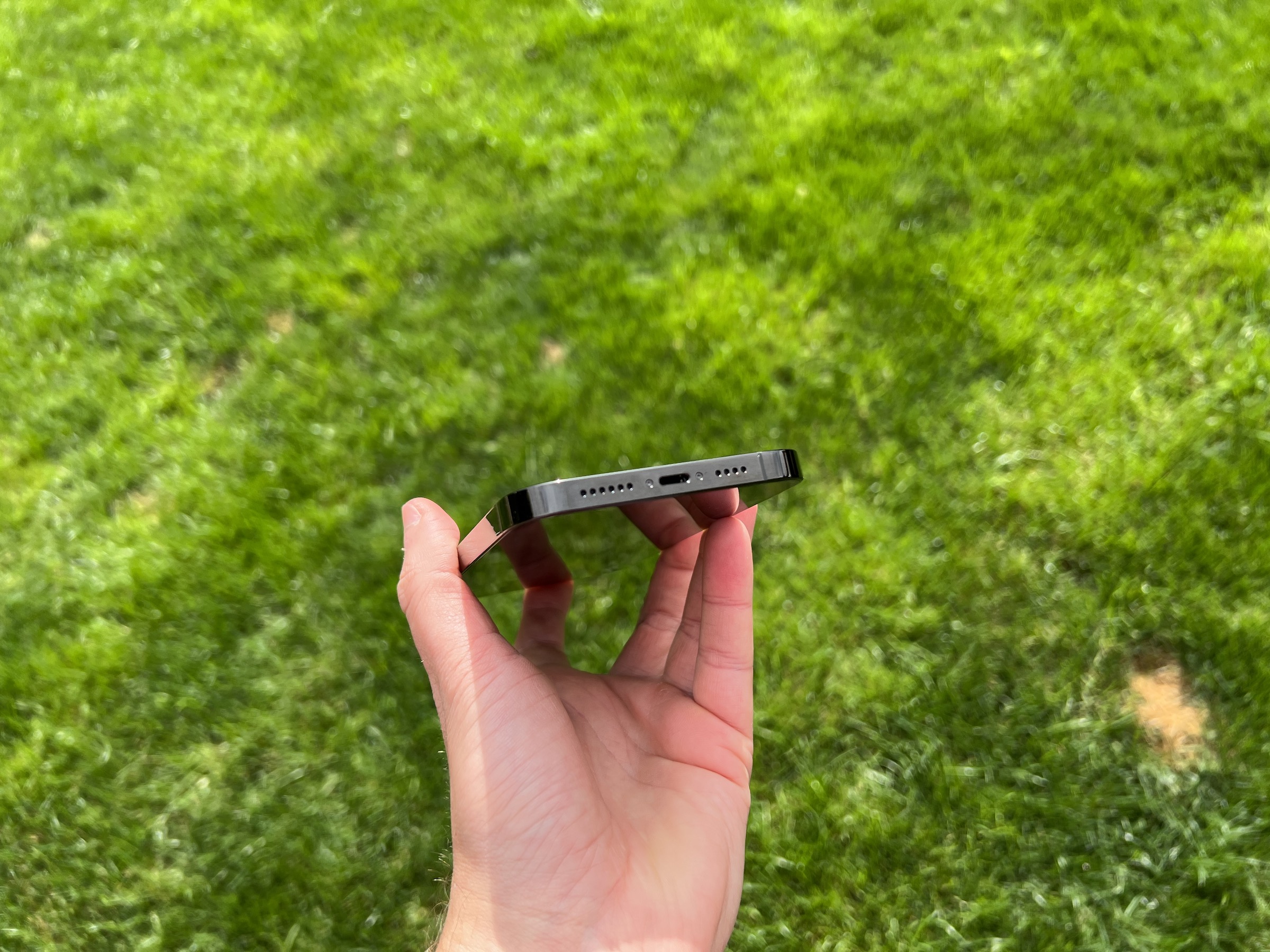
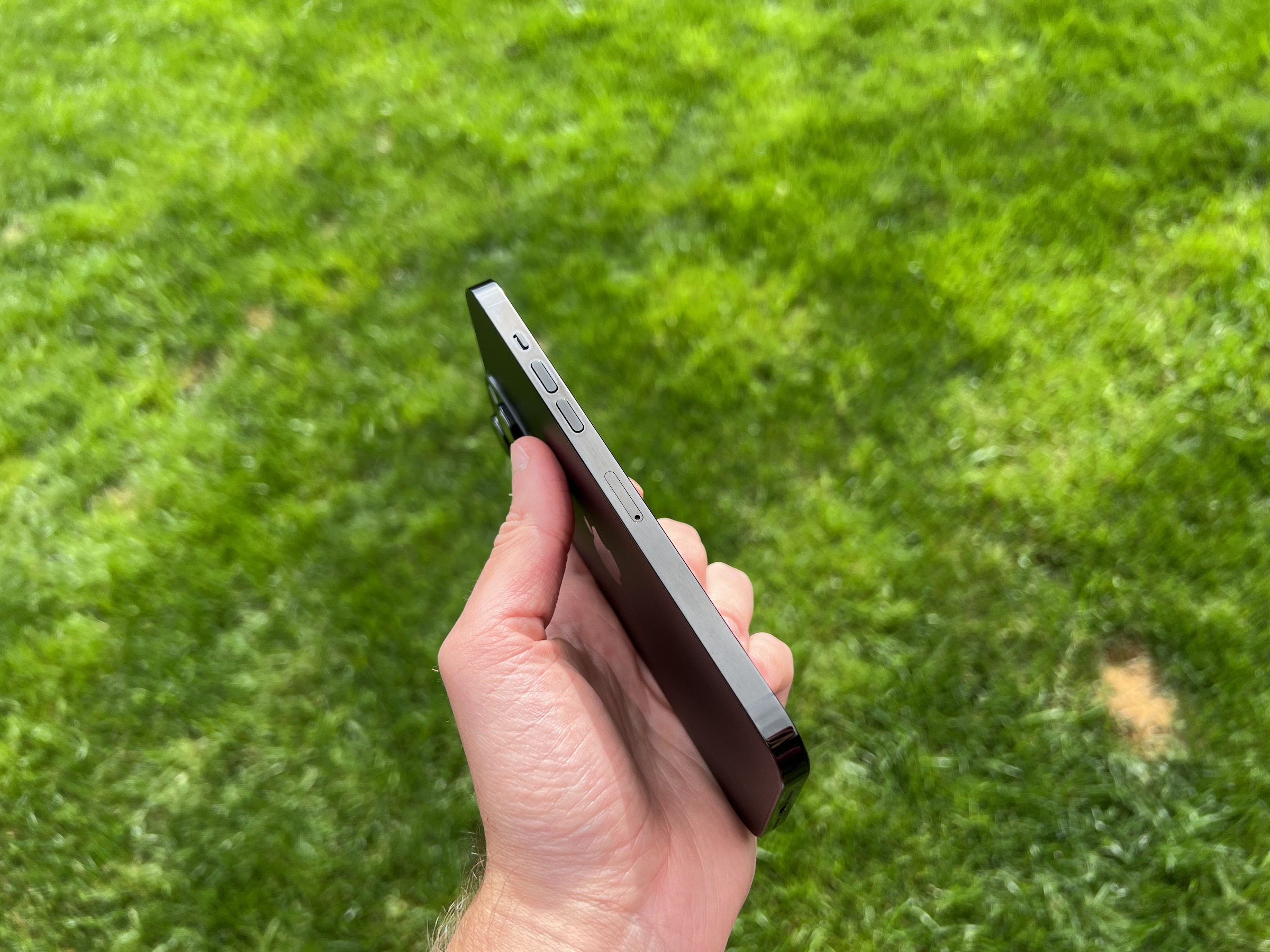
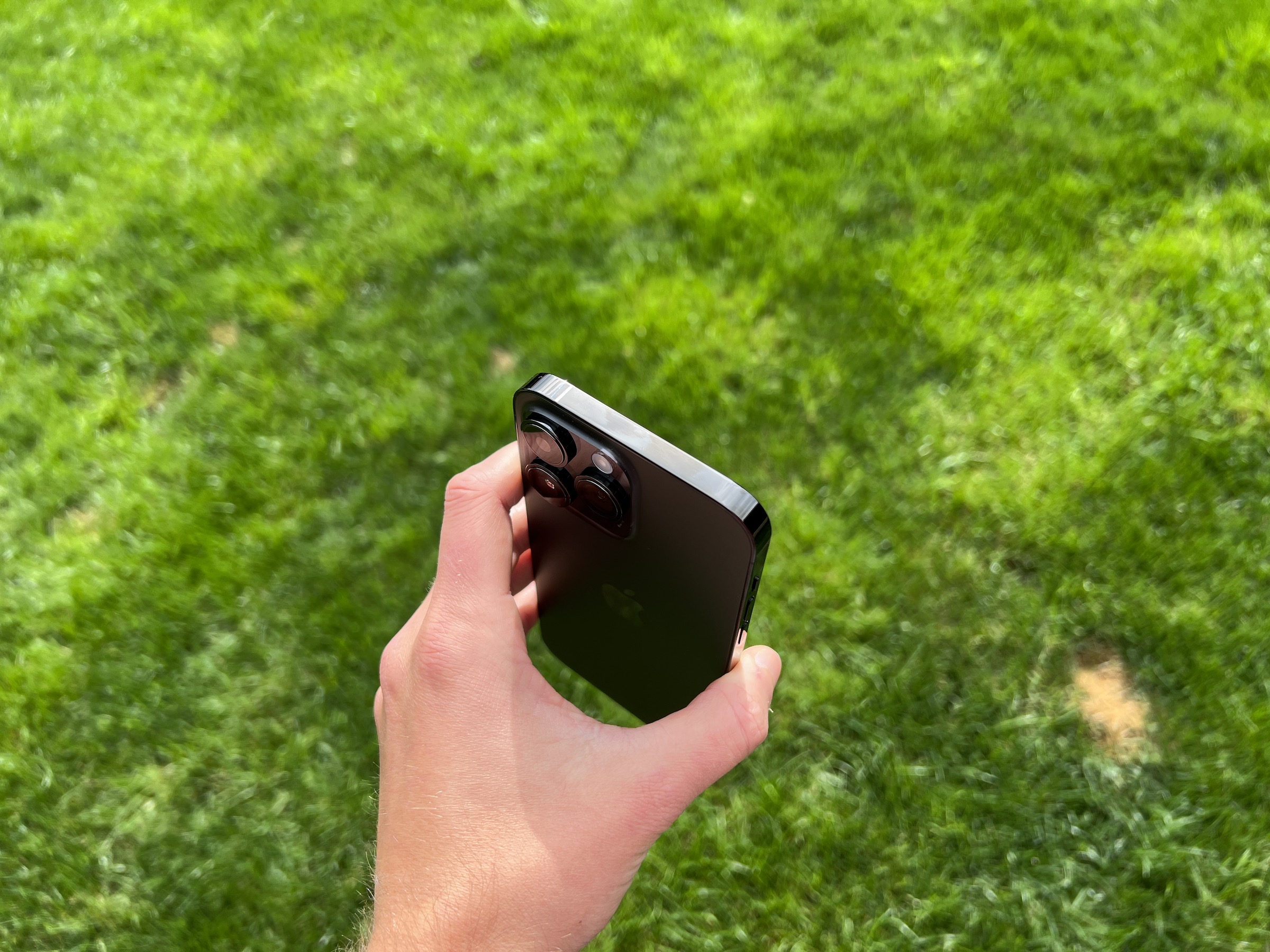
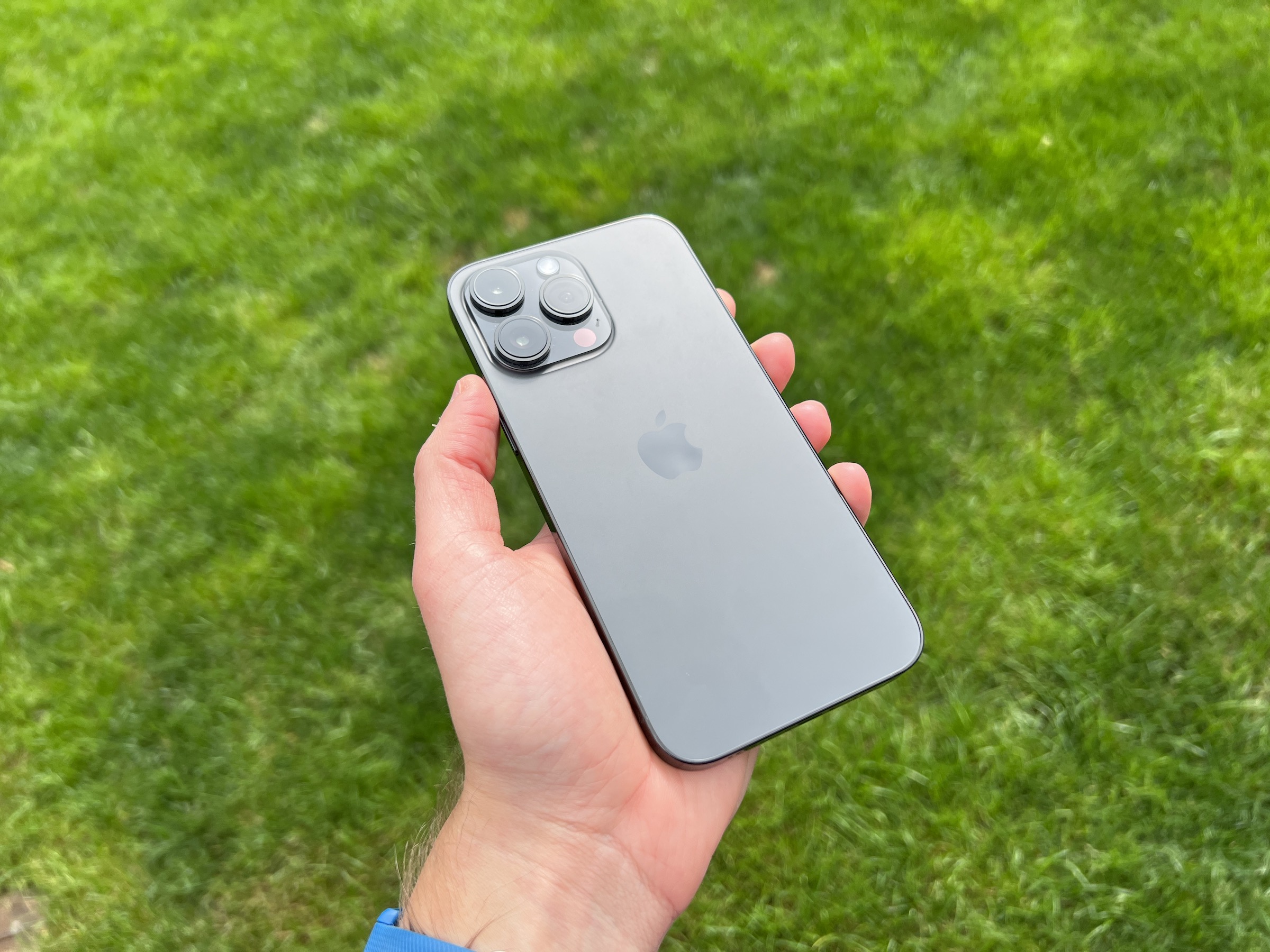
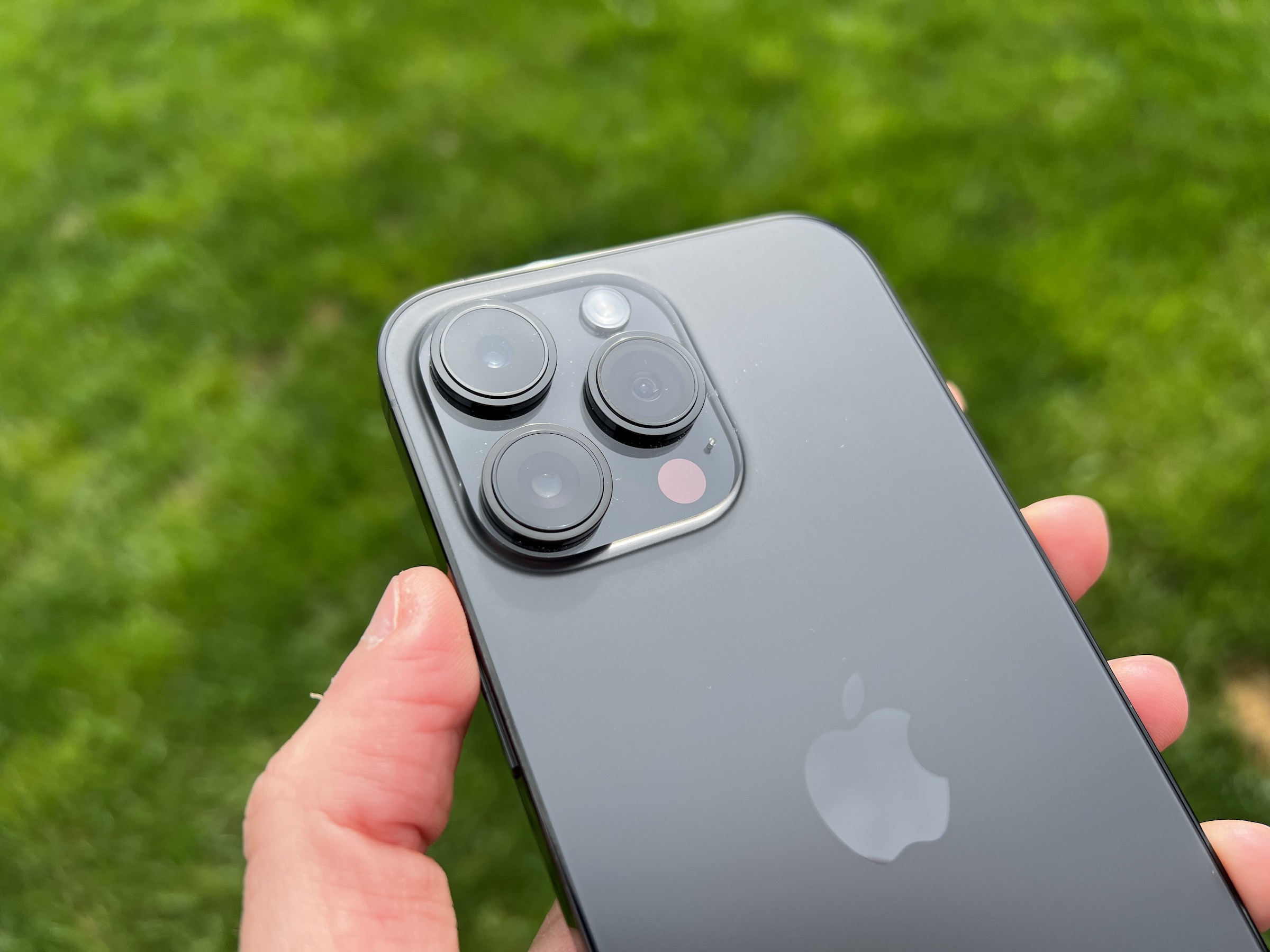
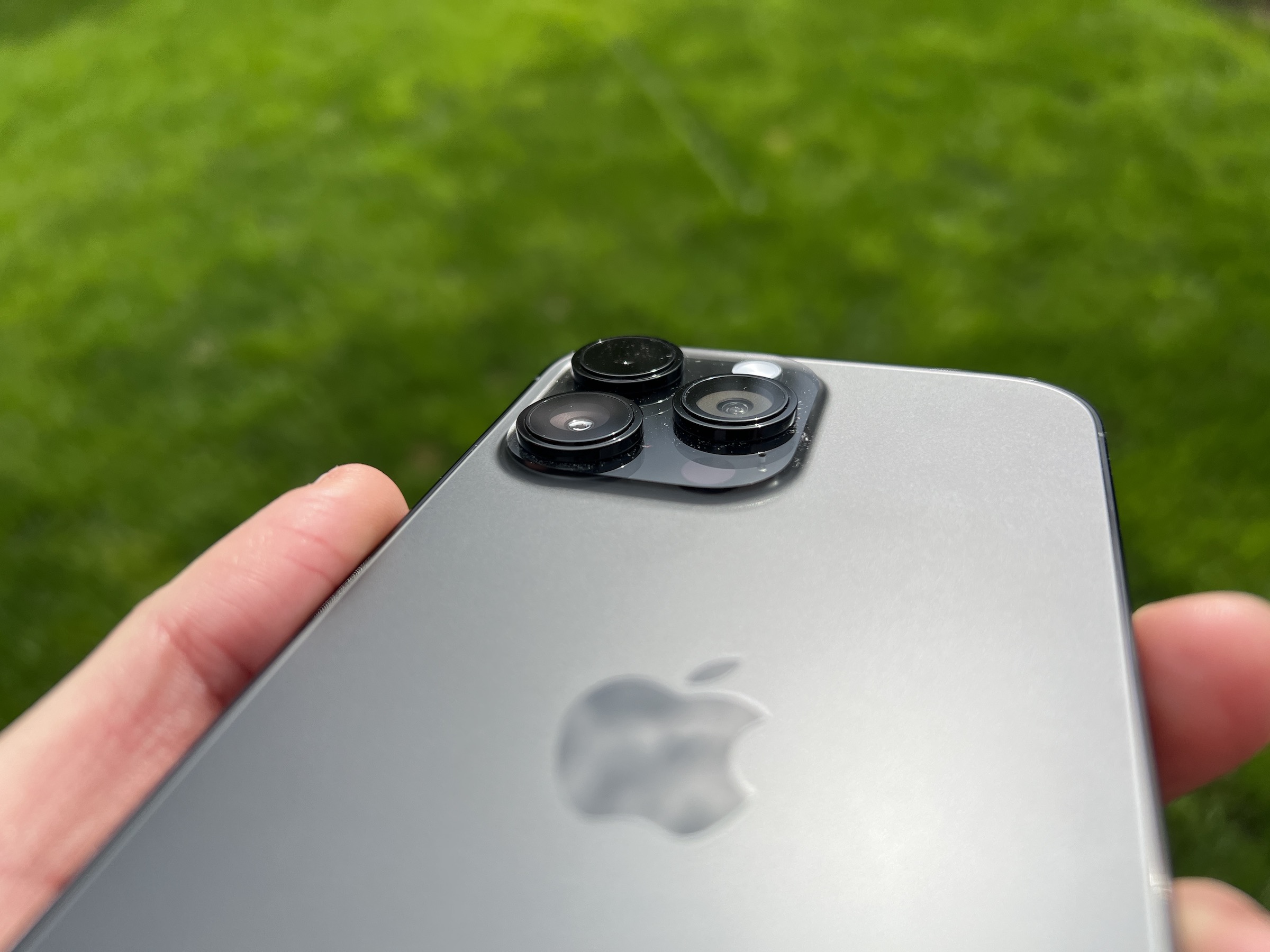

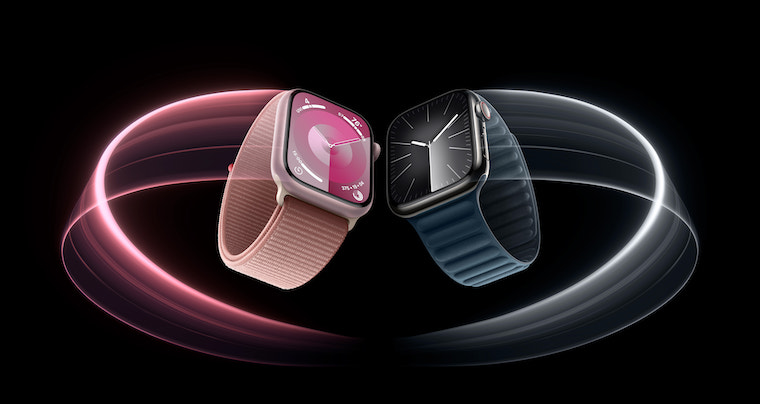
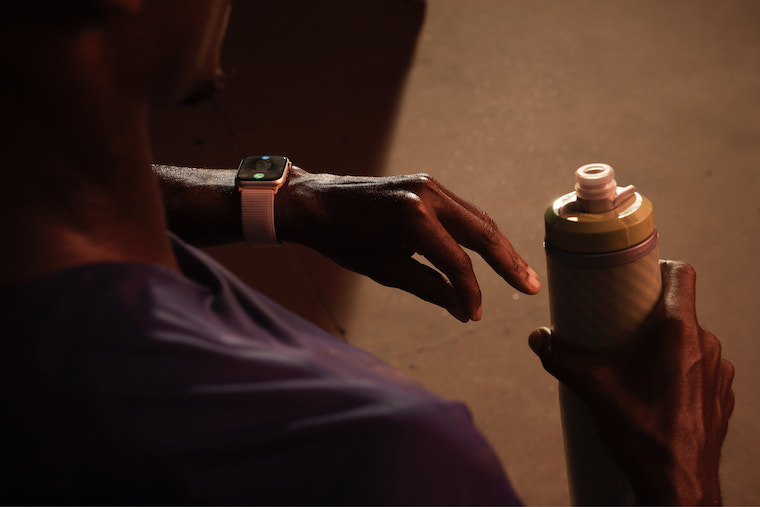


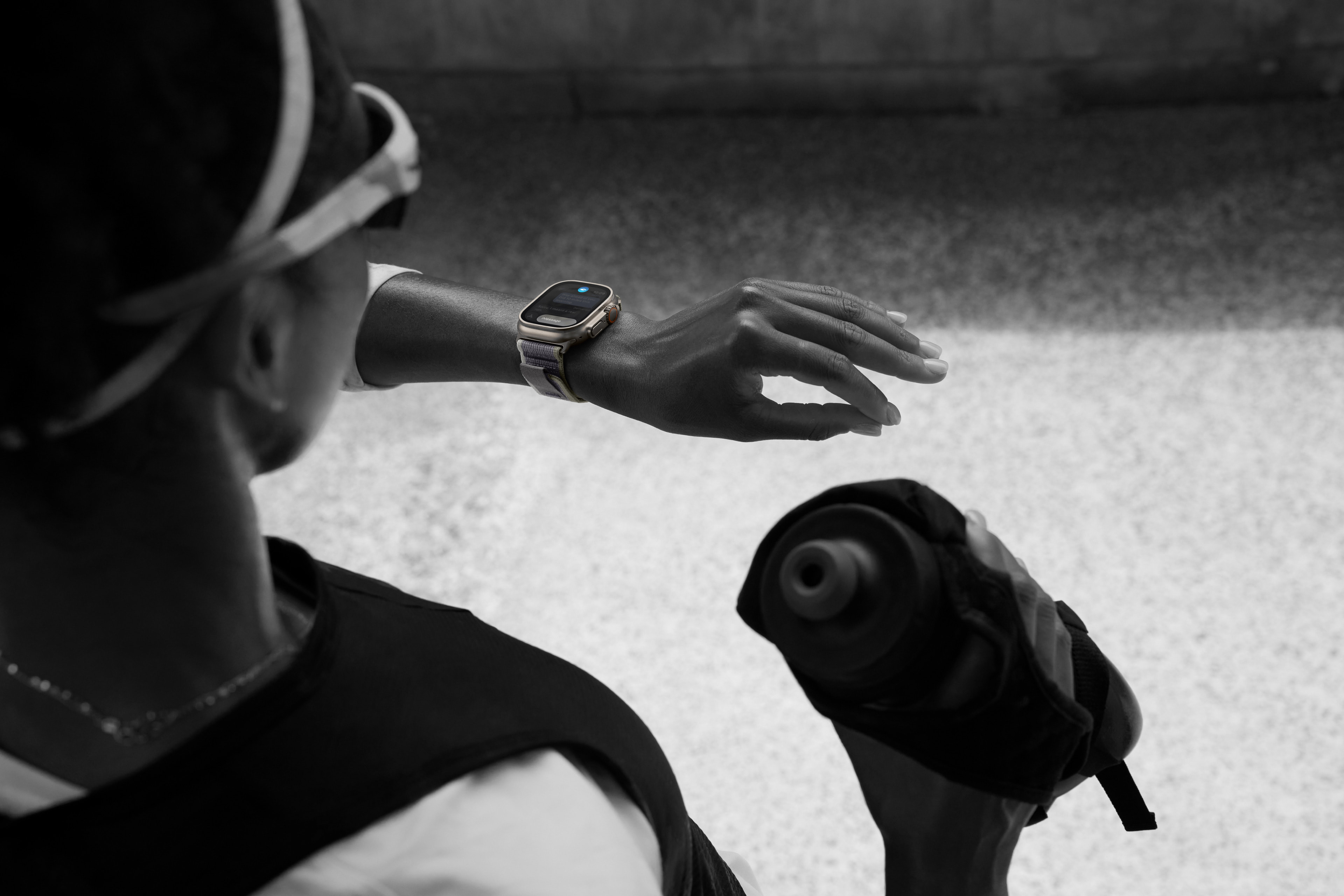
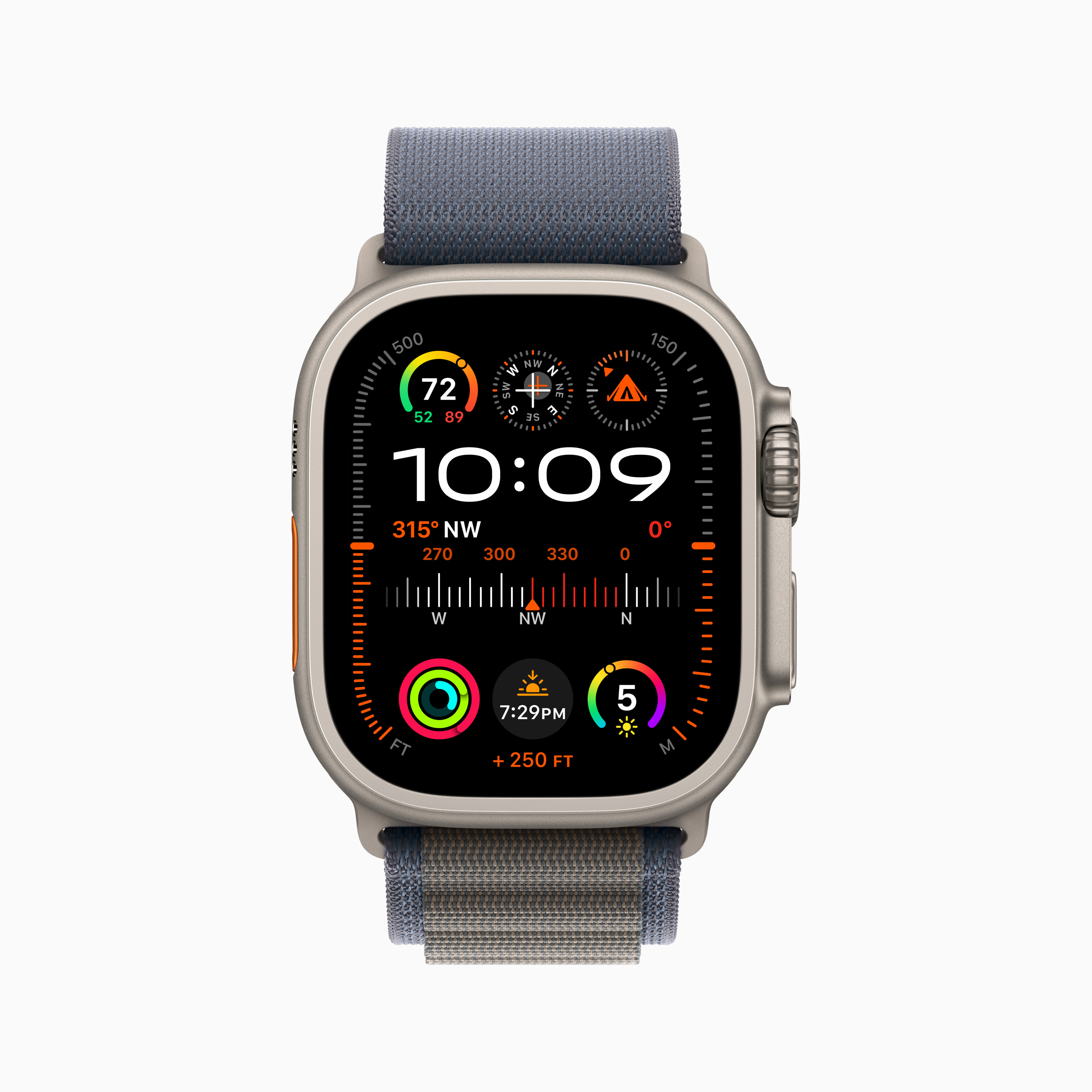
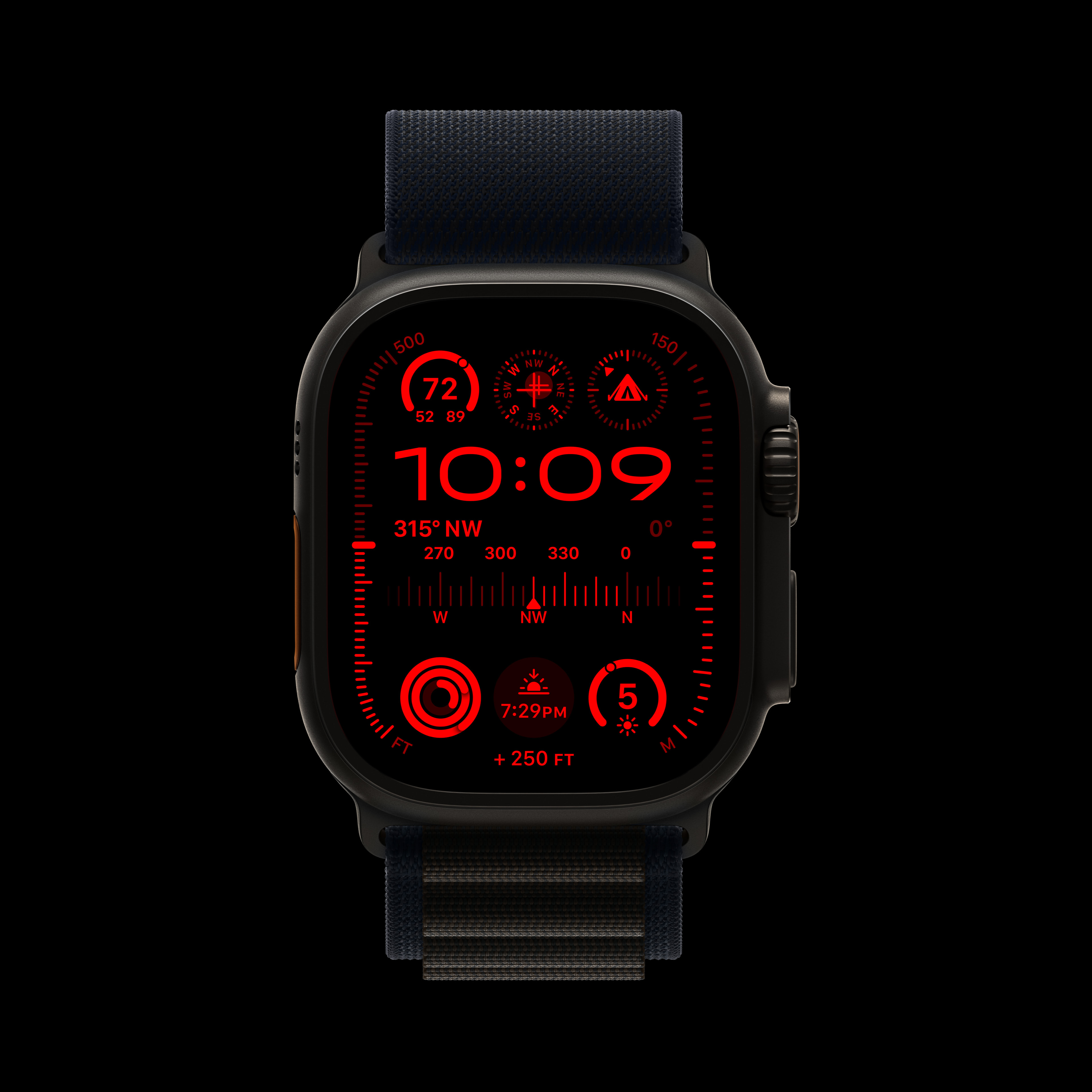
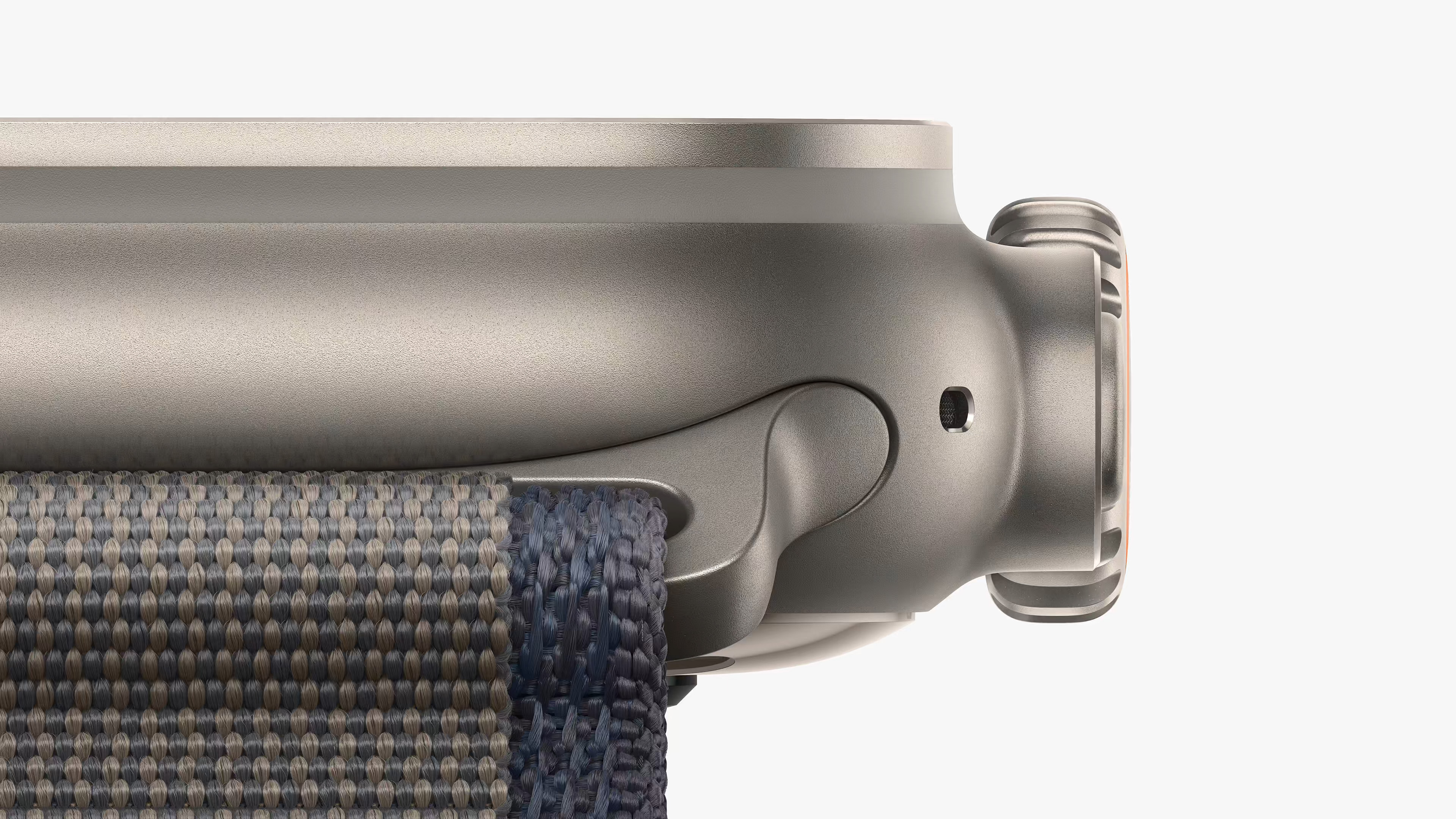
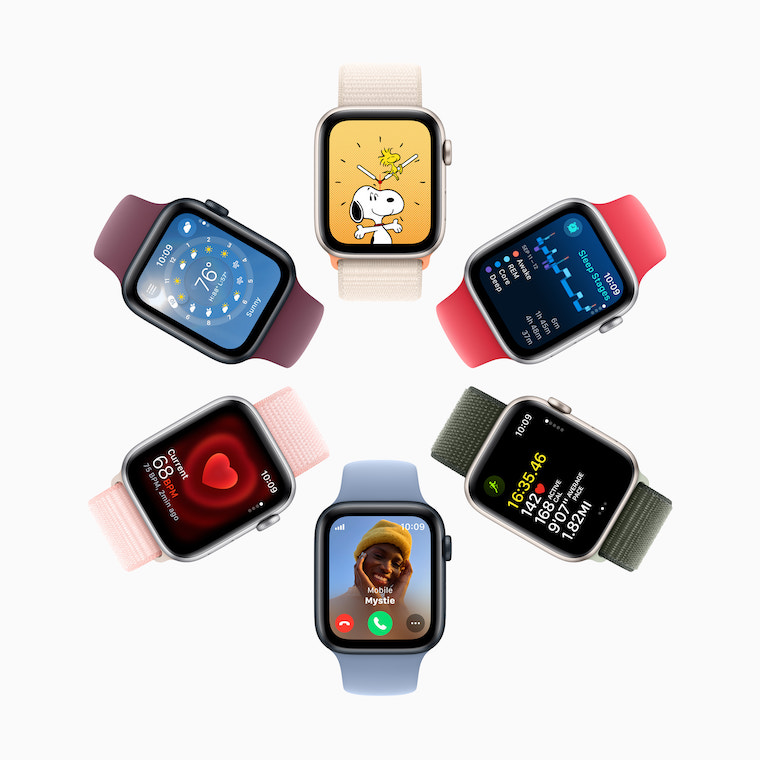
 Adam Kos
Adam Kos